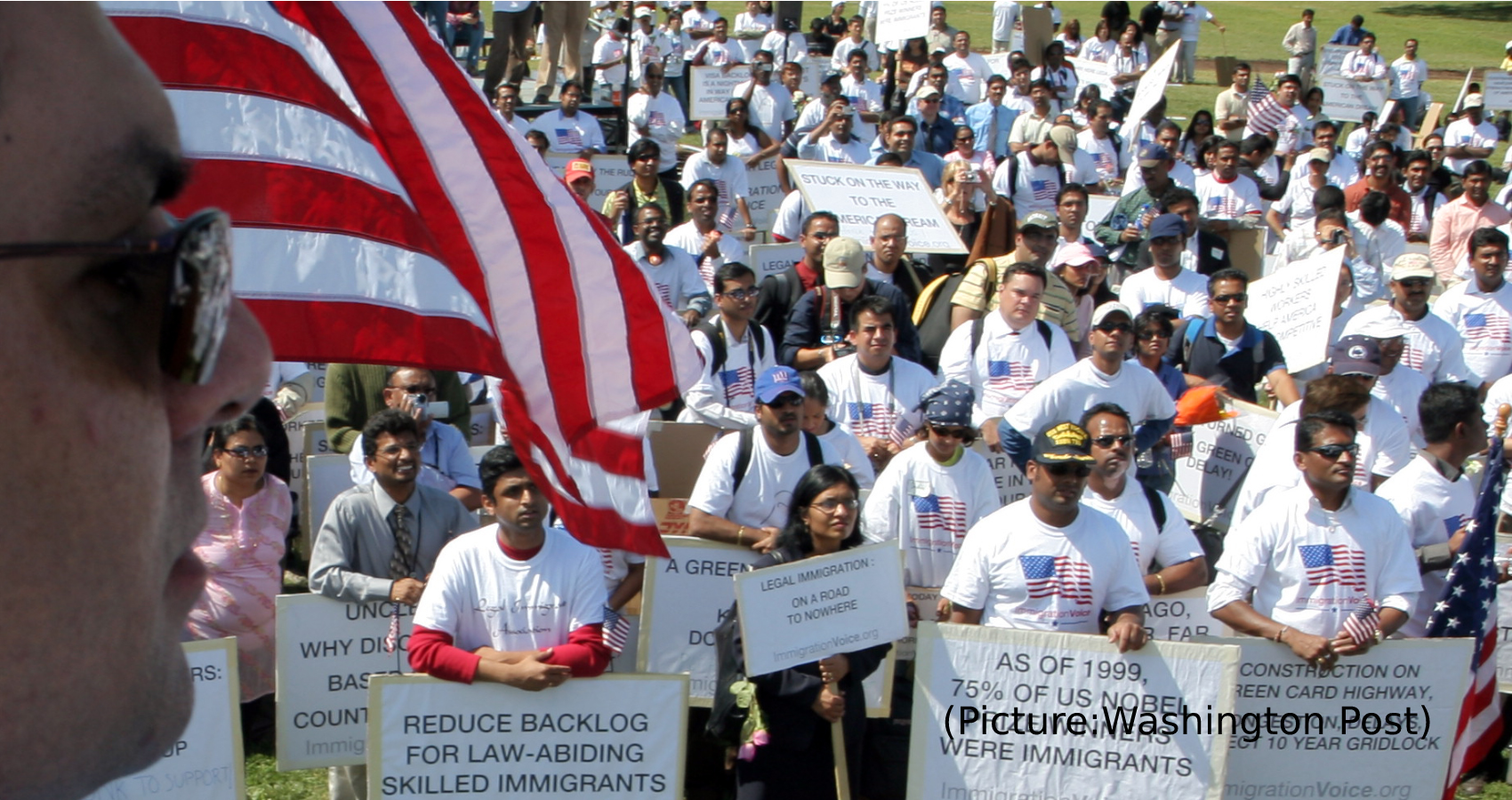The two-week global conference ended with a historic agreement between the 200 national delegations who agreed to, for the first time, to target fossil fuels as a key driver of global warming in a bid to halve greenhouse gas emissions by 2030 and net zero emissions by 2050 in an effort to limit global warming to 1.5 degrees Celsius above pre-industrial levels.
The historic and much needed Glasgow Climate Pact 2021 was adopted on Saturday, November 13th, which is a mixed bag of modest achievements and disappointed expectations. The achievements include a tacit consensus on a target of keeping global temperature rise down to 1.5 degrees Celsius with the Paris Agreement target of 2 degrees being no longer appropriate to the scale of the climate emergency. The notional target of 2 degrees remains but the international discourse is now firmly anchored in the more ambitious target and this is a plus.
The Pact is the first clear recognition of the need to transition away from fossil fuels, though the focus was on giving up coal-based power altogether. The focus on coal has the downside of not addressing other fossil fuels like oil and gas but a small window has opened.
Even as the UN Secretary General Antonio Guterres conceded that the final agreement was “a compromise”, several vulnerable nations were left disappointed as the deal made no mention of the $100 billion a year in funding that high-income countries had promised, in 2009, for five years starting 2020 to help low-income countries move away from fossil fuels. While the UN will come out with a report next year on the progress of delivering the funding, the issue of finance will now be taken up only in 2024 and 2026.
“This is just a very small step forward. The pace is extremely slow. We are moving in inches when we need to gallop in miles,” said Harjeet Singh, senior advisor with Climate Action Network International, a large group of NGOs working in climate space.
The original draft had contained a pledge to “phase out” coal. India introduced an amendment at the last moment to replace this phrase with “phase down” and this played negatively with both the advanced as well as a large constituency of developing countries. This was one big “disappointment”.
 This amendment reportedly came as a result of consultations among India, China, the UK and the US. The phrase “phase down” figures in the US-China Joint Declaration on Climate Change, announced on November 10. As the largest producer and consumer of coal and coal-based thermal power, it is understandable that China would prefer a gradual reduction rather than total elimination. India may have had similar concerns. However, it was inept diplomacy for India to move the amendment and carry the can rather than let the Chinese bell the cat. The stigma will stick and was unnecessary.
This amendment reportedly came as a result of consultations among India, China, the UK and the US. The phrase “phase down” figures in the US-China Joint Declaration on Climate Change, announced on November 10. As the largest producer and consumer of coal and coal-based thermal power, it is understandable that China would prefer a gradual reduction rather than total elimination. India may have had similar concerns. However, it was inept diplomacy for India to move the amendment and carry the can rather than let the Chinese bell the cat. The stigma will stick and was unnecessary.
Prime Minister Narendra Modi had taken centerstage at Glasgow during its early high-level segment thanks to the absence of Xi Jinping. His commitment to achieving net-zero carbon by 2070 compared favorably with China’s target date of 2060. His announcements of enhanced targets for renewable energy were also welcomed. However, the favourable image wore thin by the end of the conference with India declining to join the initiatives on methane and deforestation. India’s ill-considered amendment on the phasing out of coal pushed the positives of its position off the radar.
According to India’s environment minister Bhupender Yadav, the change in phraseology was reflective of “national circumstances of emerging economies” as the agreement had initially “singled out” coal but was turning a blind eye to emissions from oil and natural gas, with the final agreement reflecting a “consensus that is reasonable for developing countries and reasonable for climate justice.”
According to UNEP, adaptation costs for developing countries are currently estimated at $70 billion annually and will rise to an estimated $130-300 billion annually by 2030. A start is being made in formulating an adaptation plan and this puts the issue firmly on the Climate agenda, balancing the overwhelming focus hitherto on mitigation.
There is now a renewed commitment to delivering on this pledge in the 2020-2025 period and there is a promise of an enhanced flow thereafter. But in a post-pandemic global economic slowdown, it is unlikely these promises will be met. In any event, it is unlikely that India will get even a small slice of the pie. As long as ambitious targets are not matched by adequate financing, they will remain ephemeral.
The same applies to the issue of compensation for loss and damage for developing countries who have suffered as a result of climate change for which they have not been responsible. This is now part of the multilateral discourse and the US has agreed that it should be examined in working groups. That is a step forward but is unlikely to translate into a meaningful flow of funds any time soon.
The most important is an agreement among 100 countries to cut methane emissions by 30 per cent by 2030. India is not a part of this group. Methane is a significant greenhouse gas with a much higher temperature forcing quality than carbon — 28 to 34 times more — but stays in the atmosphere for a shorter duration.
Another group of 100 countries has agreed to begin to reverse deforestation by 2030. Since the group includes Brazil and Indonesia, which have large areas of forests that are being ravaged by legal and illegal logging, there is hope that there will be progress in expanding one of the most important carbon sinks on the planet.
Going beyond the Glasgow summit and climate change, a noteworthy development was the US-China Joint Declaration on Climate Change. This was a departure for China, which had held that bilateral cooperation on climate change could not be insulated from other aspects of their relations. The November 10 declaration implies a shift in China’s hardline position but this may be related to creating a favourable backdrop to the forthcoming Biden-Xi virtual summit on November 15. US Climate Envoy John Kerry and China’s seasoned climate negotiator, Xie Zhenhua, were seen consulting with each other frequently on the sidelines of the conference. It appears both countries are moving towards a less confrontational, more cooperative relationship overall. This will have geopolitical implications, including for India, which may find its room for manoeuvre shrinking.
How should one assess the Glasgow outcome?
There is more ambition in the intent to tackle climate change but little to show in terms of concrete actions. These have been deferred to future deliberations. Enhanced Nationally Determined Contributions (NDCs) are expected to be announced at a meeting next year and further deliberations are planned on the other pledges related to Adaptation and Finance. There are no compliance procedures, only “name and shame” to encourage delivery on targets. As in the past, the can has been kicked down the road, except that the climate road is fast approaching a dead-end. What provides a glimmer of light is the incredible and passionate advocacy of urgent action by young people across the world. This is putting enormous pressure on governments and leaders and if sustained, may become irresistible.
Glasgow delivered some important successes. In response to the demands from the developing countries, and in keeping with the commitment of Paris Agreement, a new process has been initiated to define a global goal on adaptation. The Paris Agreement has a global goal on mitigation, defined in terms of temperature targets. It seeks to reduce greenhouse gas emissions in amounts sufficient to keep the rise in global temperatures to within 2 degree Celsius from pre-industrial times, while pursuing efforts to limit this under 1.5 degree Celsius.
But a similar goal for adaptation has been missing, primarily because of difficulties in setting such a goal. Unlike mitigation efforts that bring global benefits, the benefits from adaptation are local or regional. There is no uniform global criteria against which adaptation targets can be set and measured.
In a big concession to major economies like India, China or Brazil, the COP26 has allowed old carbon credits, earned under the Kyoto Protocol mechanisms, to be traded in the new carbon market being set up, provided these credits have been earned after 2012. Countries have been allowed to use these credits to achieve their emission reduction targets till 2025.

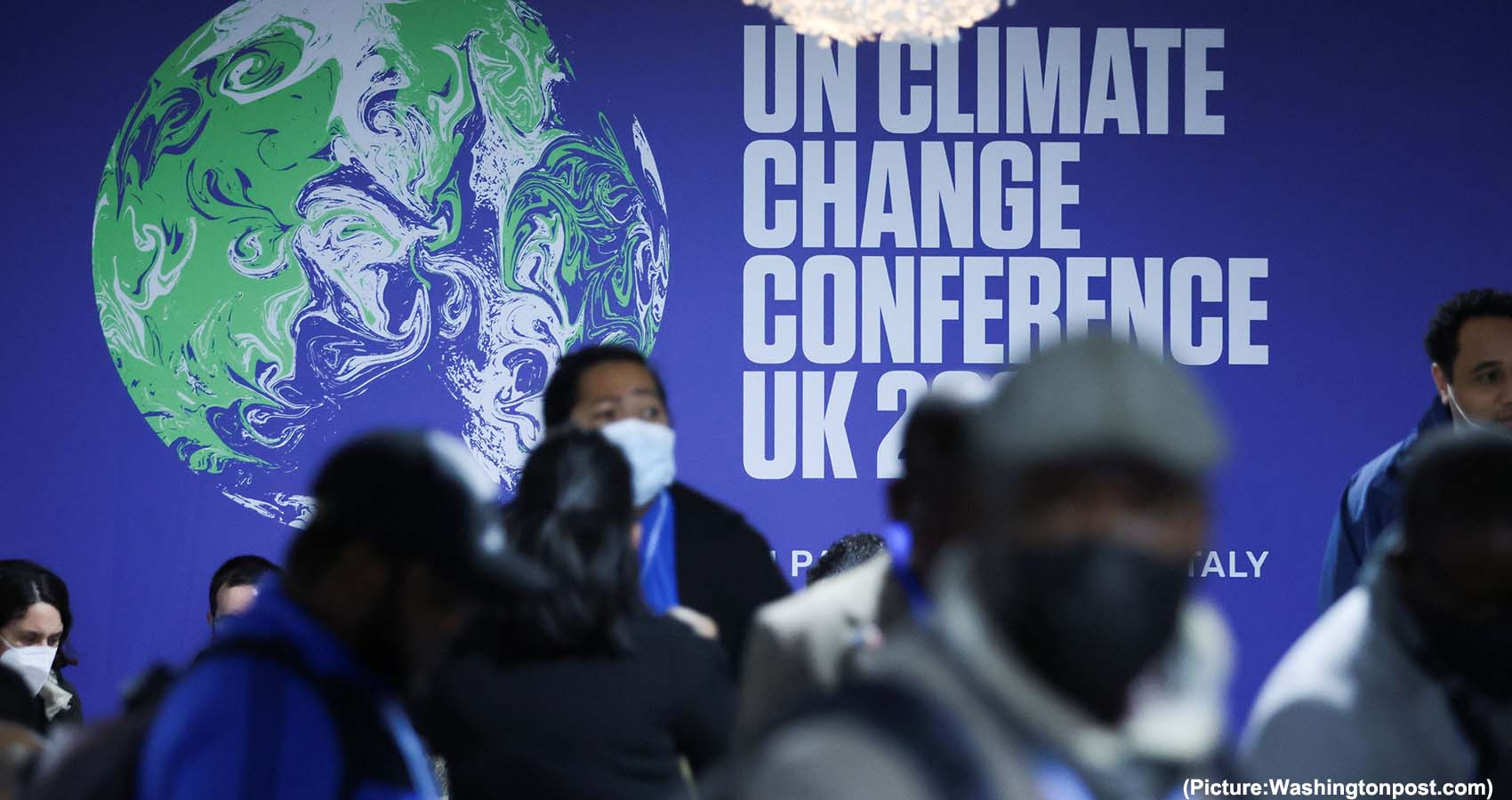
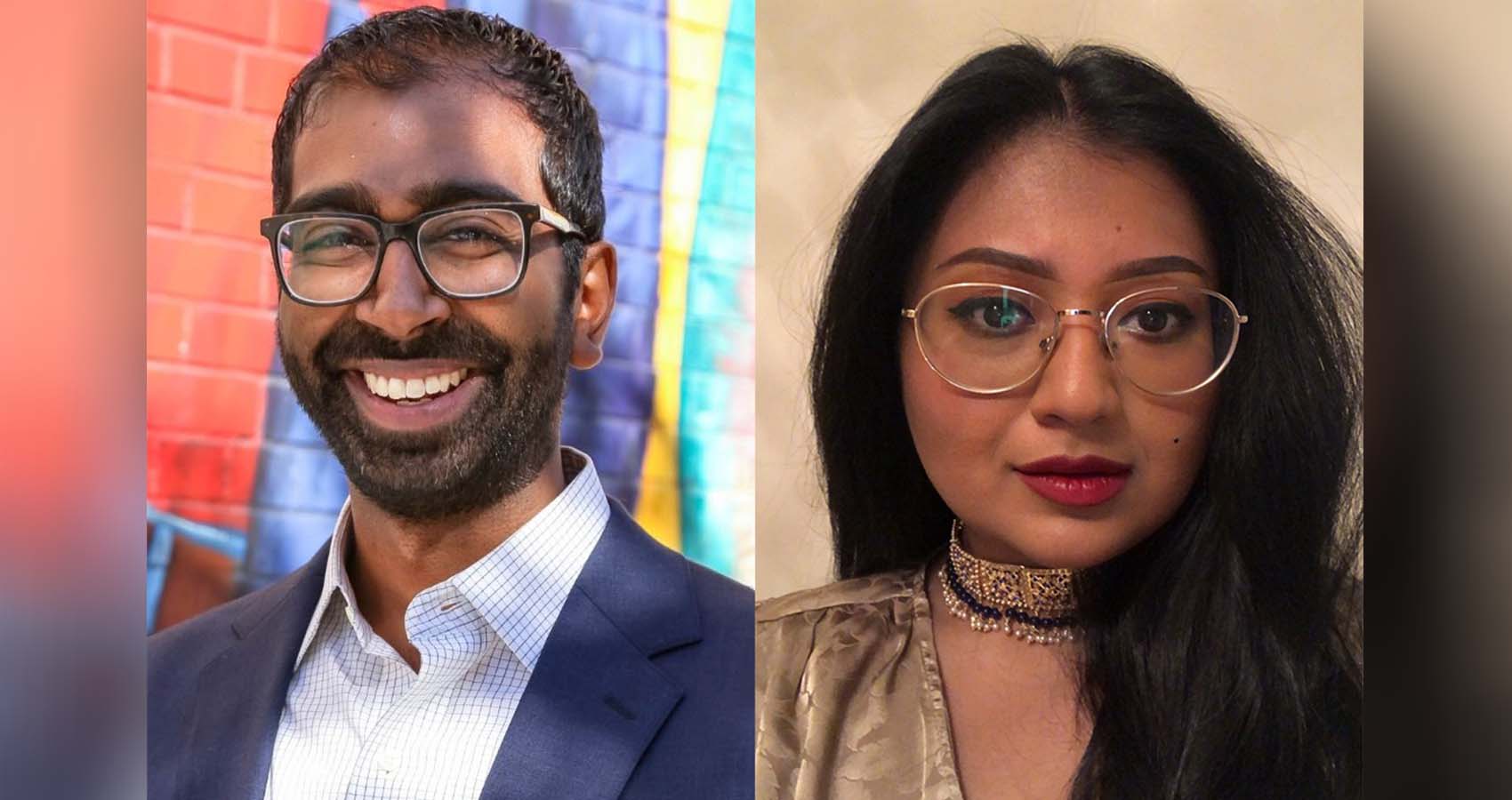
 Shekar Krishnan and Shahana Hanif made history election night this year, becoming the first ever South Asian Americans ever been elected to New York City Council.
Shekar Krishnan and Shahana Hanif made history election night this year, becoming the first ever South Asian Americans ever been elected to New York City Council. 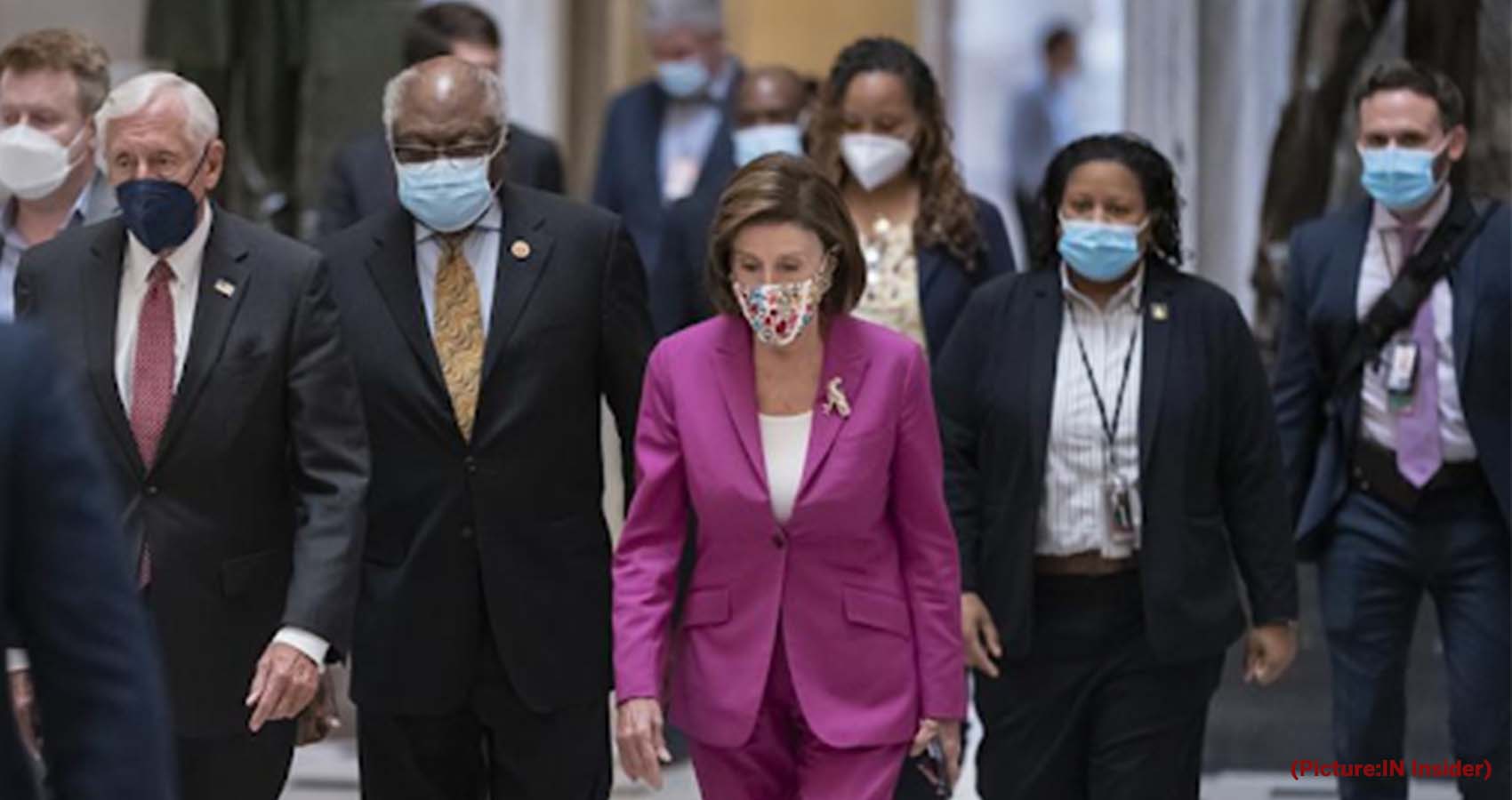
 The business community has rallied behind the infrastructure package, which makes huge investments in roads, bridges, broadband internet, drinking water, rail and public transit without raising taxes on corporations. Business groups say that Biden should sign the bill as soon as possible so transportation officials can get started on construction projects.
The business community has rallied behind the infrastructure package, which makes huge investments in roads, bridges, broadband internet, drinking water, rail and public transit without raising taxes on corporations. Business groups say that Biden should sign the bill as soon as possible so transportation officials can get started on construction projects.
 Edited by the Delhi-based veteran journalist and foreign policy analyst, Tarun Basu, the evocative collection titled, “Kamala Harris and the Rise of Indian Americans,” captures the rise of the Indians in the US across domains by exceptional achievers. Sixteen eminent journalists, business leaders and scholars have contributed essays to the timely and priceless volume, which charts the community’s growing and influential political engagement.
Edited by the Delhi-based veteran journalist and foreign policy analyst, Tarun Basu, the evocative collection titled, “Kamala Harris and the Rise of Indian Americans,” captures the rise of the Indians in the US across domains by exceptional achievers. Sixteen eminent journalists, business leaders and scholars have contributed essays to the timely and priceless volume, which charts the community’s growing and influential political engagement. While acknowledging the success story of Indian American physicians, Dr. Anupama Gotimukula, President of AAPI said, “The success story of Indian American Doctors has been arduous. As Ajay Ghosh, who has been working for AAPI for nearly a decade has aptly summarized this long and difficult journey: “While Indian American physicians play a critical role, serving millions of patients in the United States, leading the policies and programs that impact the lives of millions today, it has been a long and arduous journey of struggles and hard work to be on the top of the pyramid.”
While acknowledging the success story of Indian American physicians, Dr. Anupama Gotimukula, President of AAPI said, “The success story of Indian American Doctors has been arduous. As Ajay Ghosh, who has been working for AAPI for nearly a decade has aptly summarized this long and difficult journey: “While Indian American physicians play a critical role, serving millions of patients in the United States, leading the policies and programs that impact the lives of millions today, it has been a long and arduous journey of struggles and hard work to be on the top of the pyramid.”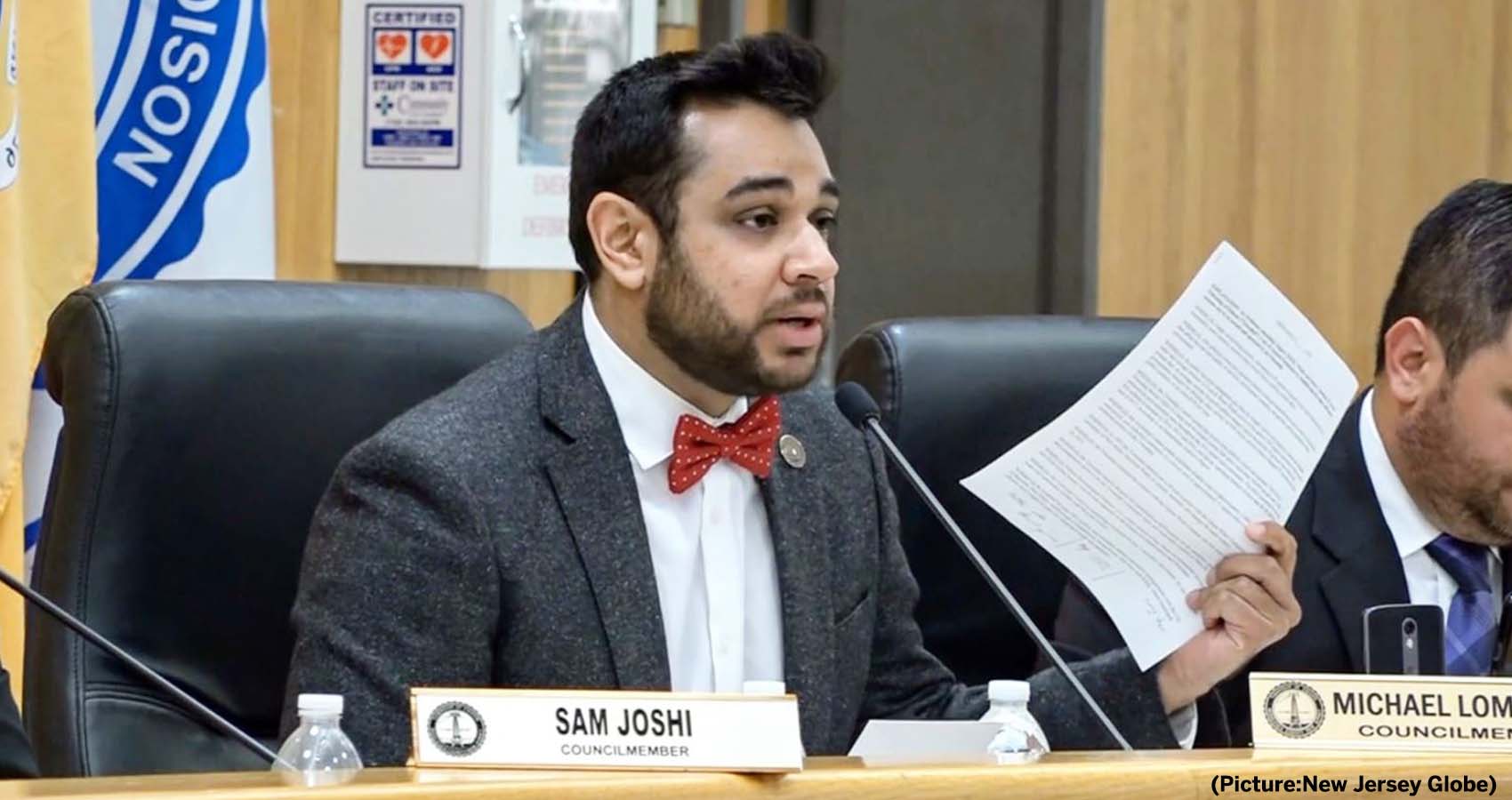
 Joshi had 10,930 votes, while Hahn had 9,459 and Makropoulos, 301. The race was to replace Democratic Mayor Thomas Lankey whose term ends Dec. 31. Lankey did not seek reelection.
Joshi had 10,930 votes, while Hahn had 9,459 and Makropoulos, 301. The race was to replace Democratic Mayor Thomas Lankey whose term ends Dec. 31. Lankey did not seek reelection.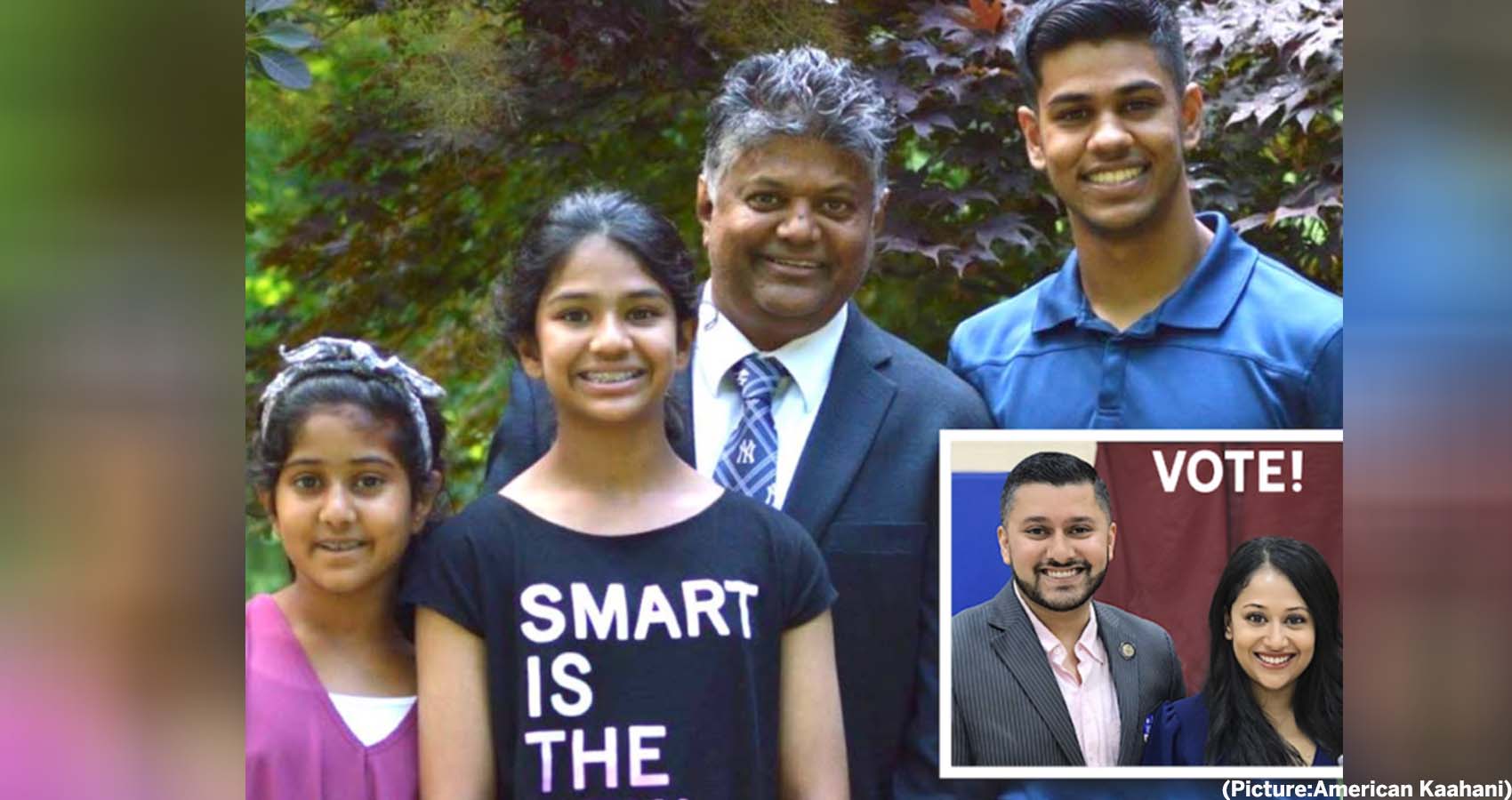
 Republicans won 50 seats Nov. 2 in Virginia’s House of Delegates, while Democrats won 40, for a 55-45 Republican majority overall at the statehouse. In one of the most-watched races of the evening, Youngkin beat former Virginia Governor Terry McAuliffe, a Democrat. Virginia has traditionally been considered a solidly blue state.
Republicans won 50 seats Nov. 2 in Virginia’s House of Delegates, while Democrats won 40, for a 55-45 Republican majority overall at the statehouse. In one of the most-watched races of the evening, Youngkin beat former Virginia Governor Terry McAuliffe, a Democrat. Virginia has traditionally been considered a solidly blue state.
 “To those who celebrate here in America, we are grateful to you for making the traditions of Diwali part of America’s story. For generations, you have opened your homes and hearts during Diwali to exchange gifts and sweets, host feasts with family and friends, and organize cultural programs in our communities – with prayers and dances, vibrant and colorful art, and sparklers and fireworks – that bring us all together.
“To those who celebrate here in America, we are grateful to you for making the traditions of Diwali part of America’s story. For generations, you have opened your homes and hearts during Diwali to exchange gifts and sweets, host feasts with family and friends, and organize cultural programs in our communities – with prayers and dances, vibrant and colorful art, and sparklers and fireworks – that bring us all together.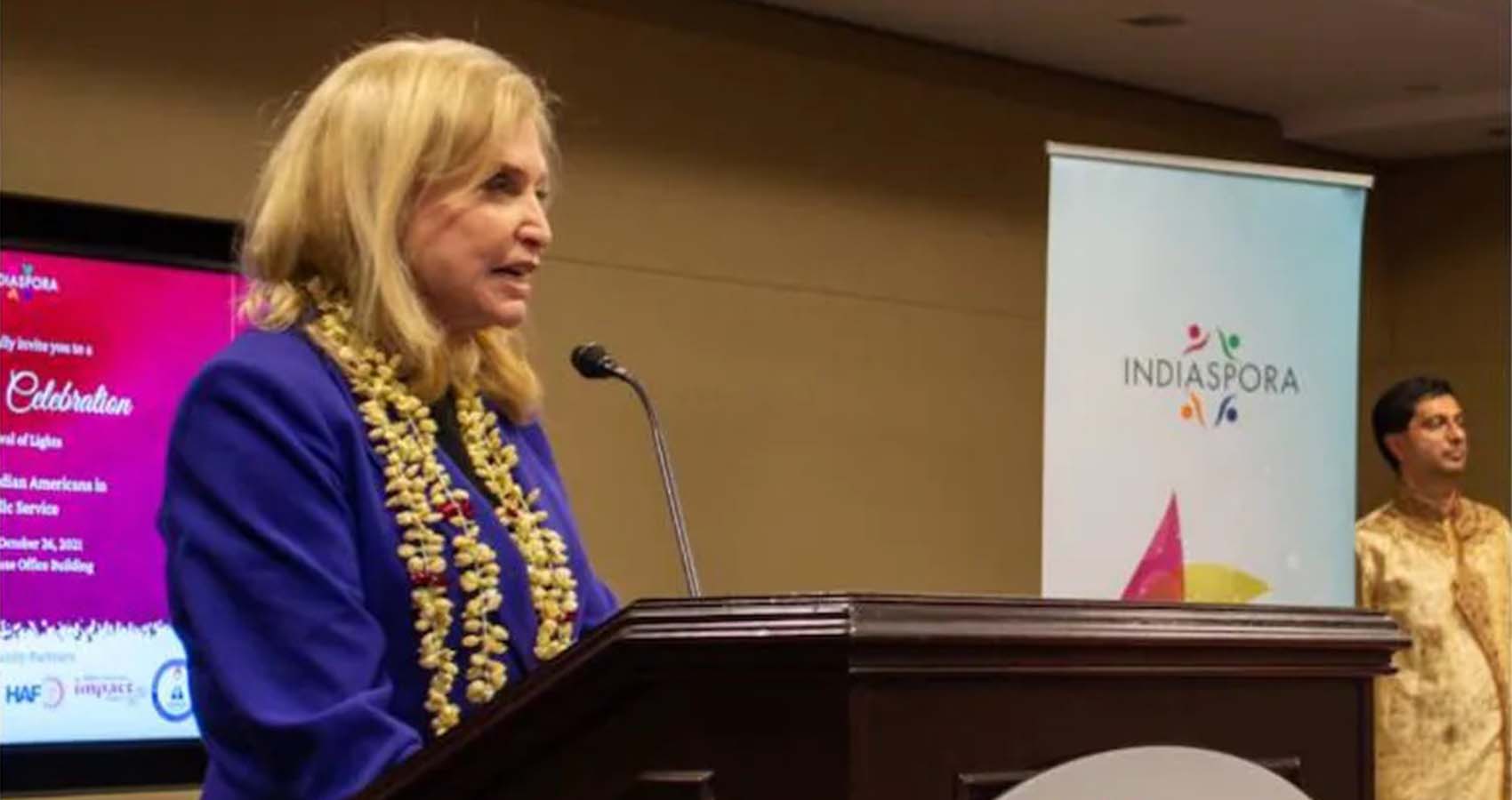
 Congresswoman Carolyn B. Maloney, D-NY, chairwoman of the Committee on Oversight and Reform, joined on Nov. 3, 2021, with Congressmen Raja Krishnamoorthi, D-IL, and Gregory Meeks, D-NY, chair of the House Foreign Affairs Committee, and New York, as well as national advocates to announce the introduction of the Deepavali Day Act. This legislation would make Diwali a nationally recognized federal holiday.
Congresswoman Carolyn B. Maloney, D-NY, chairwoman of the Committee on Oversight and Reform, joined on Nov. 3, 2021, with Congressmen Raja Krishnamoorthi, D-IL, and Gregory Meeks, D-NY, chair of the House Foreign Affairs Committee, and New York, as well as national advocates to announce the introduction of the Deepavali Day Act. This legislation would make Diwali a nationally recognized federal holiday.
 Party leaders have announced a hard-fought agreement on a proposal to rein in prescription drug costs — which stood among the last stubborn divisions between liberals and party moderates — and lawmakers said they were also nearing a deal on a new tax cut for those living in high-income regions of the country, which was demanded by centrists.
Party leaders have announced a hard-fought agreement on a proposal to rein in prescription drug costs — which stood among the last stubborn divisions between liberals and party moderates — and lawmakers said they were also nearing a deal on a new tax cut for those living in high-income regions of the country, which was demanded by centrists.
 As Biden struggles to pass significant climate legislation at home ahead of next week’s U.N. climate summit, the new AP-NORC/EPIC poll also shows that 55% of Americans want Congress to pass a bill to ensure that more of the nation’s electricity comes from clean energy and less from climate-damaging coal and natural gas.
As Biden struggles to pass significant climate legislation at home ahead of next week’s U.N. climate summit, the new AP-NORC/EPIC poll also shows that 55% of Americans want Congress to pass a bill to ensure that more of the nation’s electricity comes from clean energy and less from climate-damaging coal and natural gas.
 Half its original size, President Joe Biden’s big domestic policy plan is being pulled apart and reconfigured as Democrats edge closer to
Half its original size, President Joe Biden’s big domestic policy plan is being pulled apart and reconfigured as Democrats edge closer to 
 US Senators and India Caucus Co-Chairs Mark Warner and John Cornyn sent a letter to President Biden encouraging him to waive CAATSA sanctions against India. India signed a $5.43-billion deal with Russia for the purchase of five S-400 surface to air missile systems during the 19th India-Russia Annual Bilateral Summit in New Delhi on October 5, 2019, for long-term security needs.
US Senators and India Caucus Co-Chairs Mark Warner and John Cornyn sent a letter to President Biden encouraging him to waive CAATSA sanctions against India. India signed a $5.43-billion deal with Russia for the purchase of five S-400 surface to air missile systems during the 19th India-Russia Annual Bilateral Summit in New Delhi on October 5, 2019, for long-term security needs.
 Biden is the 14th U.S. president to meet a pontiff at the Vatican, and the Eternal City is bubbling with speculation over what the two are likely to discuss. The meeting is expected to be cordial, focusing on what the two have in common, but historically the relationship between the Vatican and the Oval Office has often been tense — even occasionally hostile.
Biden is the 14th U.S. president to meet a pontiff at the Vatican, and the Eternal City is bubbling with speculation over what the two are likely to discuss. The meeting is expected to be cordial, focusing on what the two have in common, but historically the relationship between the Vatican and the Oval Office has often been tense — even occasionally hostile. The first encounter between a U.S. president and a pope was also a meeting of two global visions for peace, at times opposing and sometimes aligned. The evolving contours of these visions would go on to define the relationship for a century.
The first encounter between a U.S. president and a pope was also a meeting of two global visions for peace, at times opposing and sometimes aligned. The evolving contours of these visions would go on to define the relationship for a century.
 “I do think I’ll get a deal,” Biden told CNN’s Anderson Cooper on Thursday night during a Town Hall Meeting, strongly signaling his belief that progressives and moderates, two wings of the Democratic caucus that have been at odds with one another, are reaching an accord on the Build Back Better bill, a sweeping bill that aims to expand the social safety net.
“I do think I’ll get a deal,” Biden told CNN’s Anderson Cooper on Thursday night during a Town Hall Meeting, strongly signaling his belief that progressives and moderates, two wings of the Democratic caucus that have been at odds with one another, are reaching an accord on the Build Back Better bill, a sweeping bill that aims to expand the social safety net.

 In 2017, former president Donald Trump released several thousand
In 2017, former president Donald Trump released several thousand 
 Coincidence?
Coincidence? 
 Binghamton University Professor of Political Science Olga Shvetsova
Binghamton University Professor of Political Science Olga Shvetsova
 About one-in-five Republicans (22%) say that while they would like Trump to continue to be a major political figure in the United States, they would prefer he use his stature to support another presidential candidate who shares his views in the 2024 election rather than run for office himself. About a third of Republicans (32%) say they would not like Trump to remain a national political figure for many years to come.
About one-in-five Republicans (22%) say that while they would like Trump to continue to be a major political figure in the United States, they would prefer he use his stature to support another presidential candidate who shares his views in the 2024 election rather than run for office himself. About a third of Republicans (32%) say they would not like Trump to remain a national political figure for many years to come.
 The nationally representative survey conducted in September found sharp increases in the proportion of Americans willing to consider getting rid of or reining in the nation’s highest court. The survey found that 34% of Americans said “it might be better to do away with the court altogether” if it “started making a lot of rulings that most Americans disagreed with.” And 38% said that when Congress disagrees with the court’s decisions, “Congress should pass legislation saying the Supreme Court can no longer rule on that issue or topic.”
The nationally representative survey conducted in September found sharp increases in the proportion of Americans willing to consider getting rid of or reining in the nation’s highest court. The survey found that 34% of Americans said “it might be better to do away with the court altogether” if it “started making a lot of rulings that most Americans disagreed with.” And 38% said that when Congress disagrees with the court’s decisions, “Congress should pass legislation saying the Supreme Court can no longer rule on that issue or topic.”

 “I hope his White House visit includes honest conversations about how the Modi government can ensure India’s democracy remains a democracy for all of its people,” said US Representative Andy Levin (Democrat, Michigan). Others pointed to Biden and Harris stressing on threats to democracy globally and underlining the values of Mahatma Gandhi. In the realm of trade and economy, too, Silicon Valley voices were not exuberant in their praise of the visit. A number of them pointed out that India currently has no trade agreement with the United States of America.
“I hope his White House visit includes honest conversations about how the Modi government can ensure India’s democracy remains a democracy for all of its people,” said US Representative Andy Levin (Democrat, Michigan). Others pointed to Biden and Harris stressing on threats to democracy globally and underlining the values of Mahatma Gandhi. In the realm of trade and economy, too, Silicon Valley voices were not exuberant in their praise of the visit. A number of them pointed out that India currently has no trade agreement with the United States of America.
 Also on this episode,
Also on this episode, 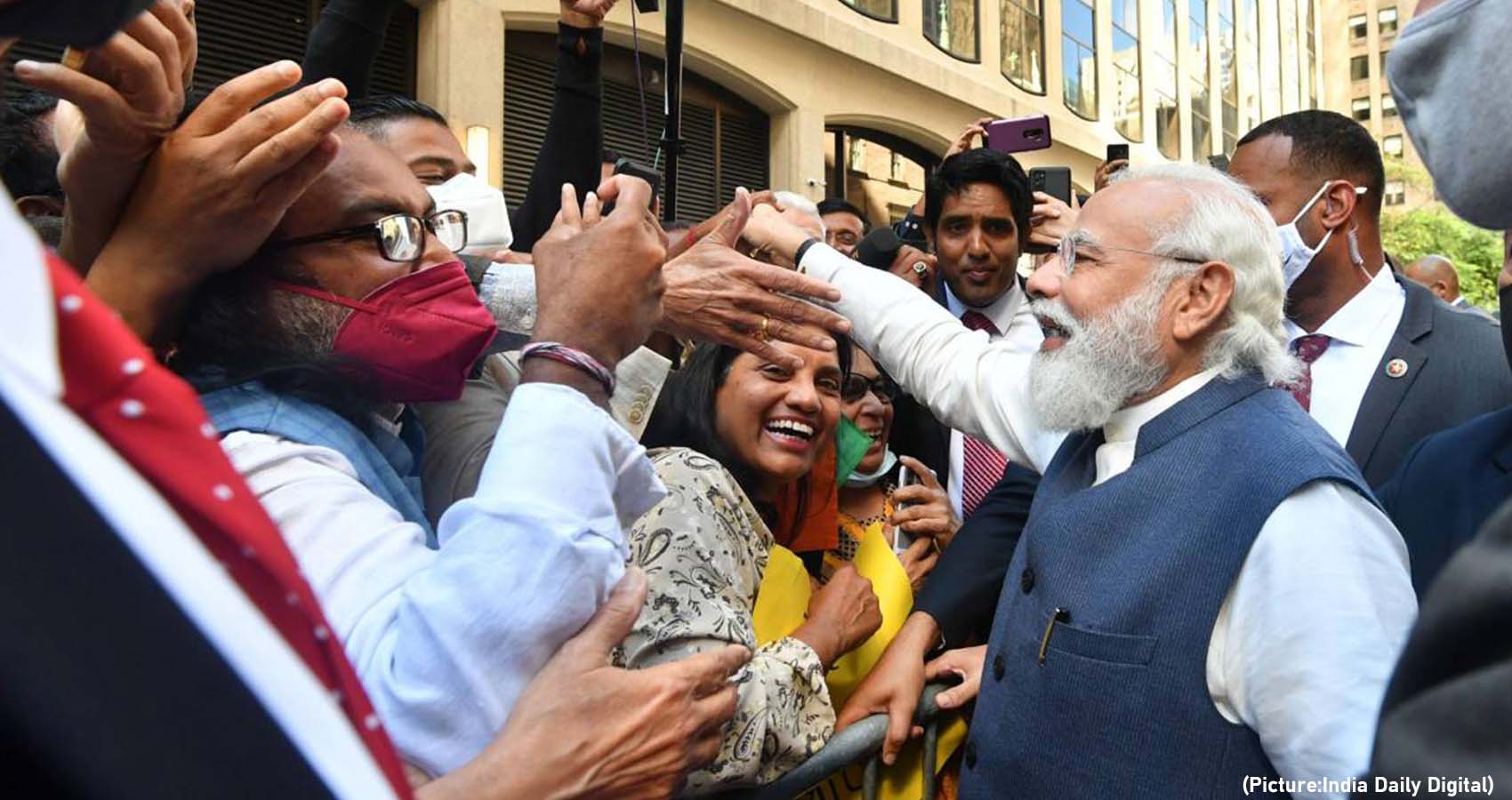
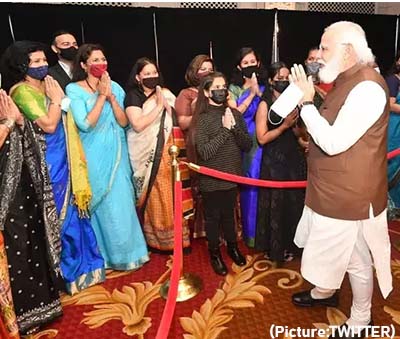 The diaspora factor was also very evident at PM Modi’s meeting with US Vice President Kamala Harris. He told Harris “between India and the US, we have very vibrant and strong people-to-people connections, you know that all too well,” referring to her Indian roots.
The diaspora factor was also very evident at PM Modi’s meeting with US Vice President Kamala Harris. He told Harris “between India and the US, we have very vibrant and strong people-to-people connections, you know that all too well,” referring to her Indian roots. 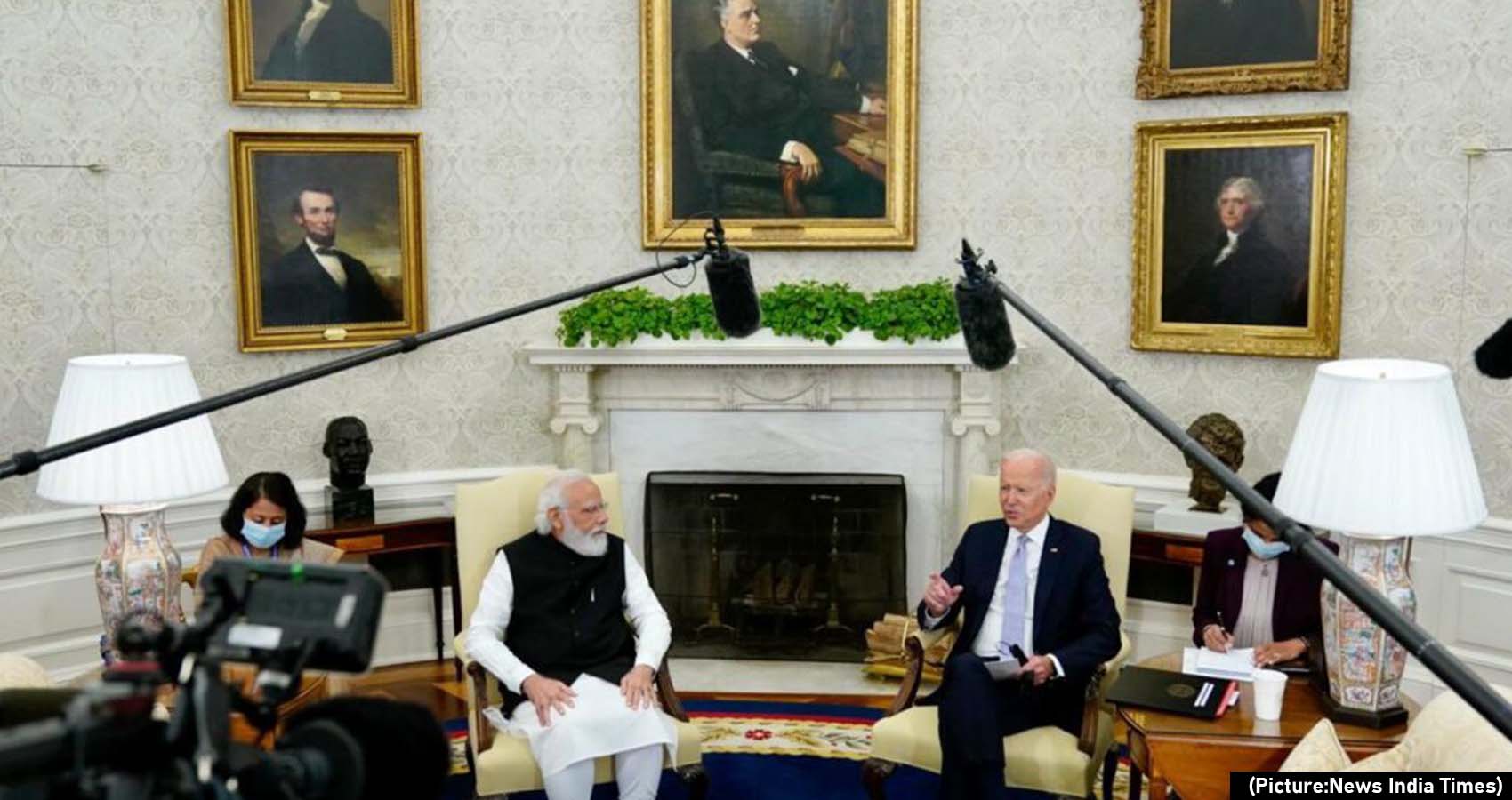
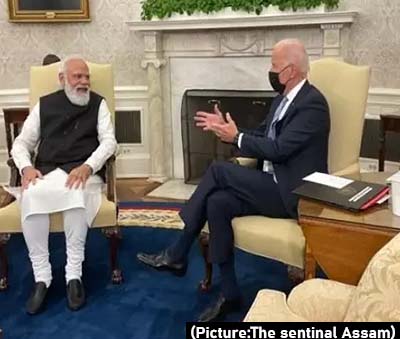 Modi echoed the sentiments. “Today’s bilateral summit is important. We are meeting at the start of the third decade of this century,” said Prime Minister Modi. “Your leadership will certainly play an important role in how this decade is shaped. The seeds have been sown for an even stronger friendship between India and USA,” he added. “The Prime Minister and I are going to be talking today about what more we can do to fight Covid-19, take on the climate challenges that the world face(s), and ensure stability in the Indo-Pacific, including with our own Quad partners,” President Biden detailed.
Modi echoed the sentiments. “Today’s bilateral summit is important. We are meeting at the start of the third decade of this century,” said Prime Minister Modi. “Your leadership will certainly play an important role in how this decade is shaped. The seeds have been sown for an even stronger friendship between India and USA,” he added. “The Prime Minister and I are going to be talking today about what more we can do to fight Covid-19, take on the climate challenges that the world face(s), and ensure stability in the Indo-Pacific, including with our own Quad partners,” President Biden detailed.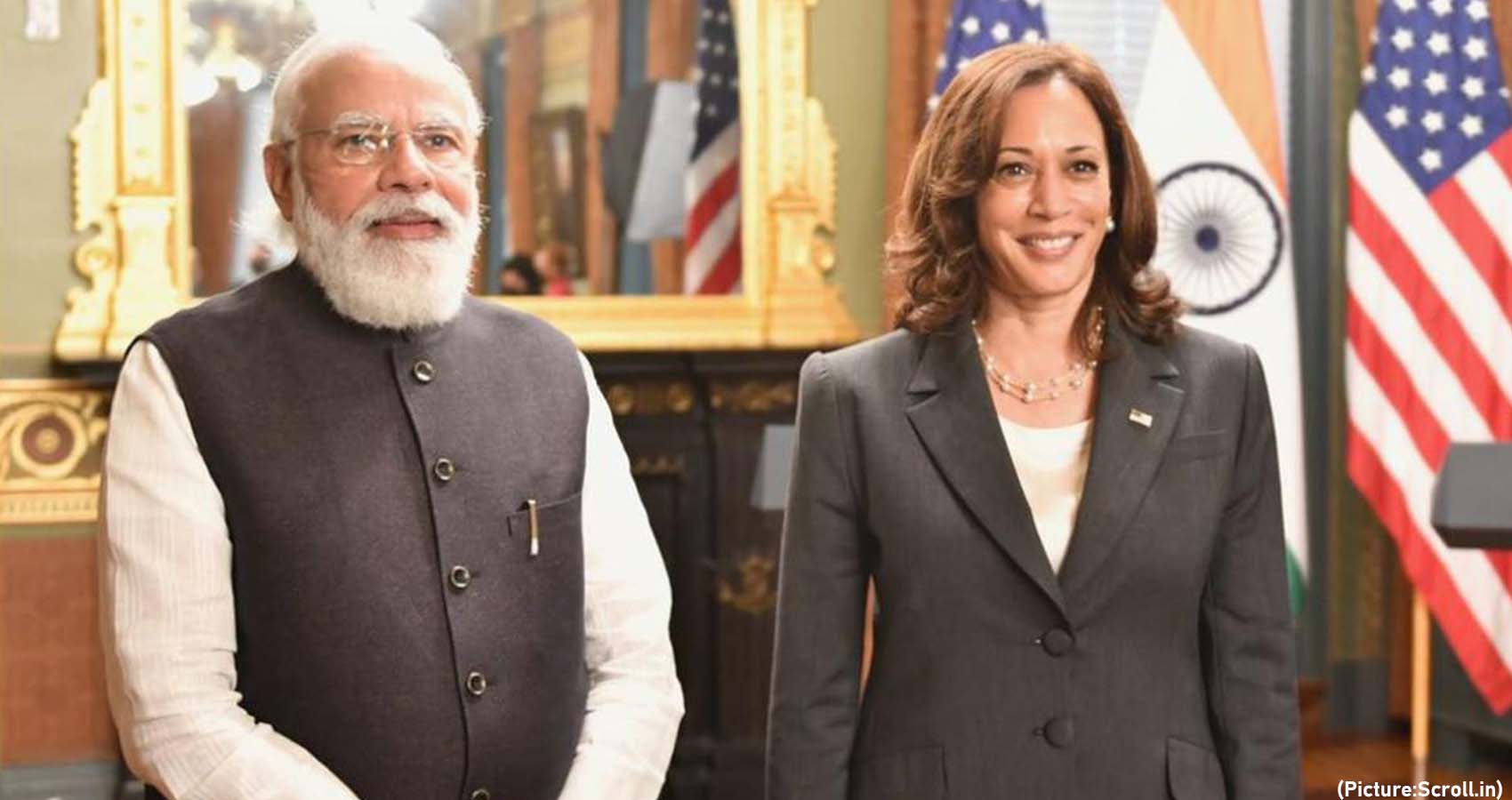
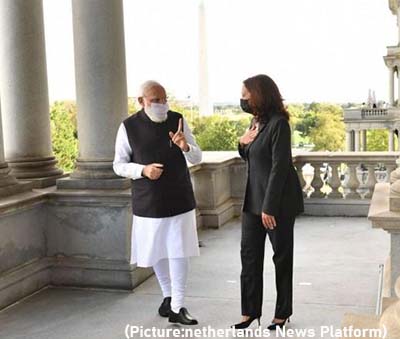 Harris praised India for stepping forward to help other countries with vaccines at the outset of the pandemic. Prime Minister Modi praised the leadership of the new administration in overcoming challenges besetting the country.
Harris praised India for stepping forward to help other countries with vaccines at the outset of the pandemic. Prime Minister Modi praised the leadership of the new administration in overcoming challenges besetting the country.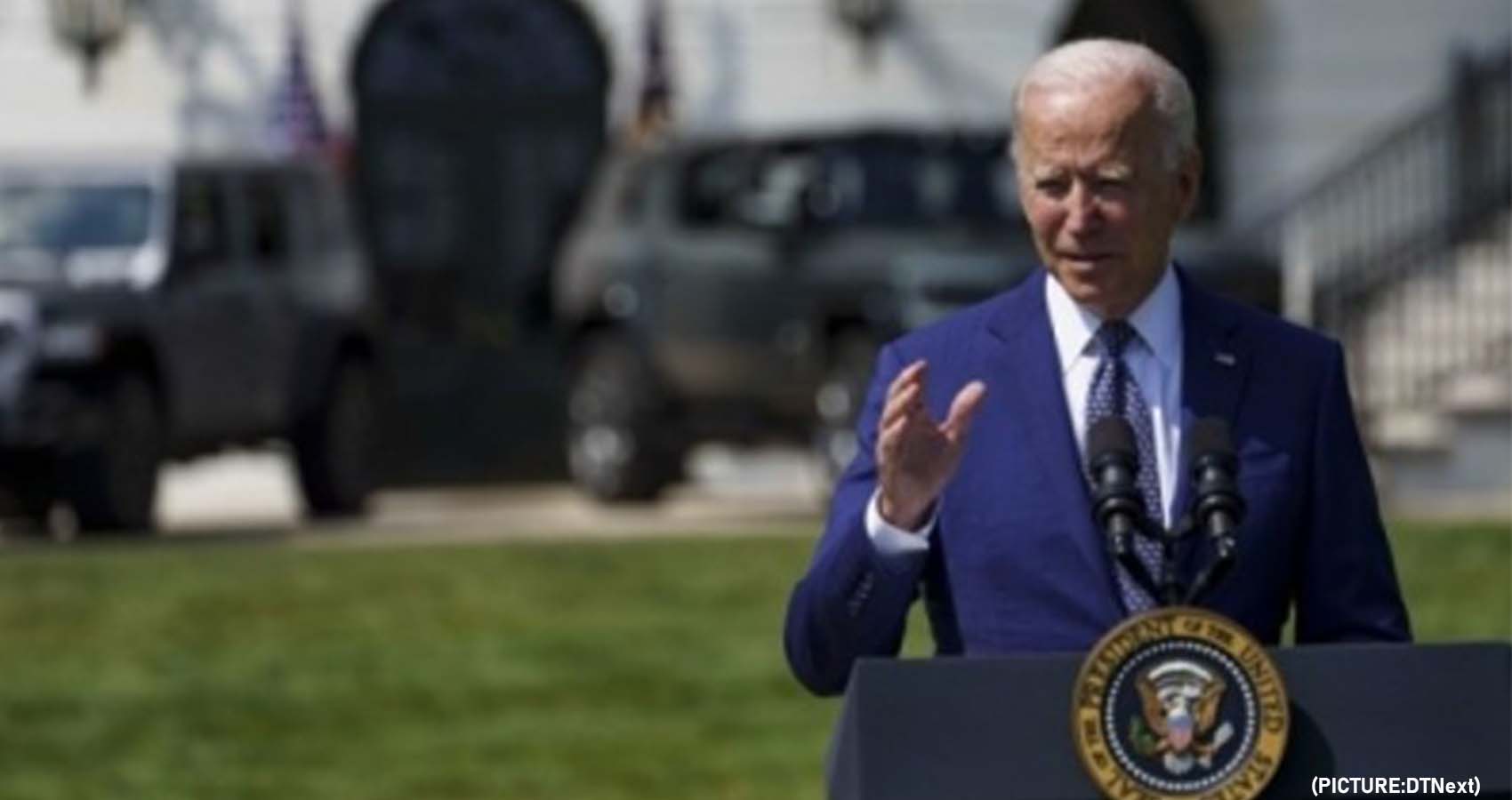
 It’s been a rapid descent for Biden. As late as June, 56% approved of how he was doing while only 40% disapproved. The decline began in July (50% approve/46% disapprove) and in August roughly the same number approved (49%) as disapproved (48%). The decline in Biden’s numbers is almost entirely attributable to independents souring on him. In June, 55% of those not affiliated with either party approved of how Biden was handling the presidency. Today that number sits at just 37%.
It’s been a rapid descent for Biden. As late as June, 56% approved of how he was doing while only 40% disapproved. The decline began in July (50% approve/46% disapprove) and in August roughly the same number approved (49%) as disapproved (48%). The decline in Biden’s numbers is almost entirely attributable to independents souring on him. In June, 55% of those not affiliated with either party approved of how Biden was handling the presidency. Today that number sits at just 37%. 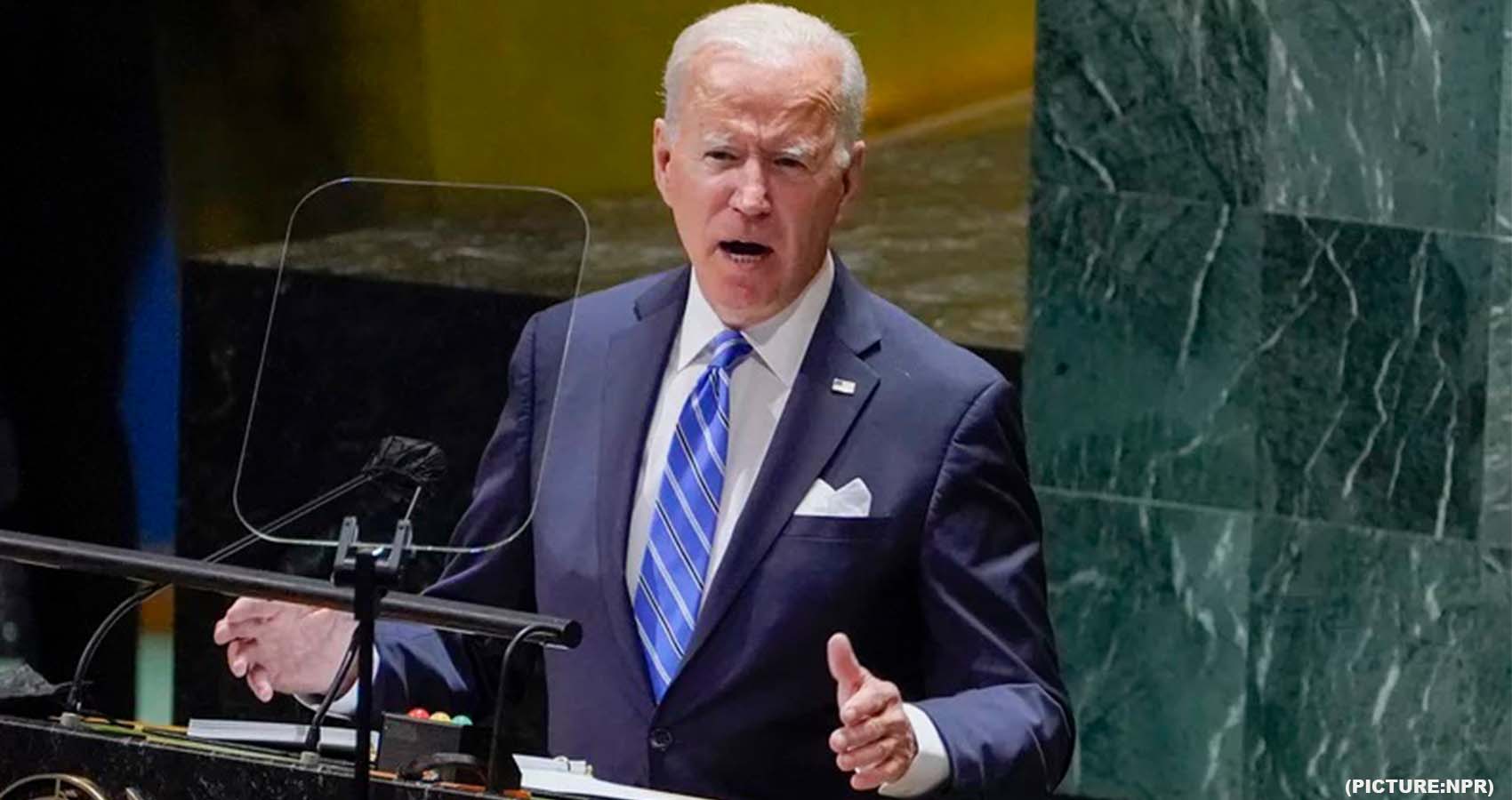
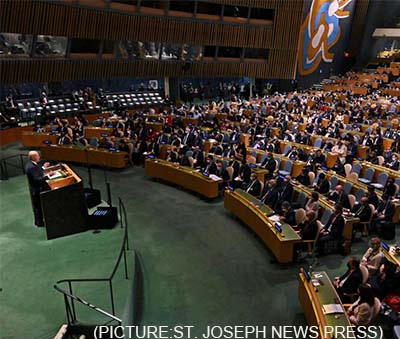 Biden used his address to describe a world where American civic leadership, rather than military power, acts as the driving force to resolve persistent problems like coronavirus,
Biden used his address to describe a world where American civic leadership, rather than military power, acts as the driving force to resolve persistent problems like coronavirus, 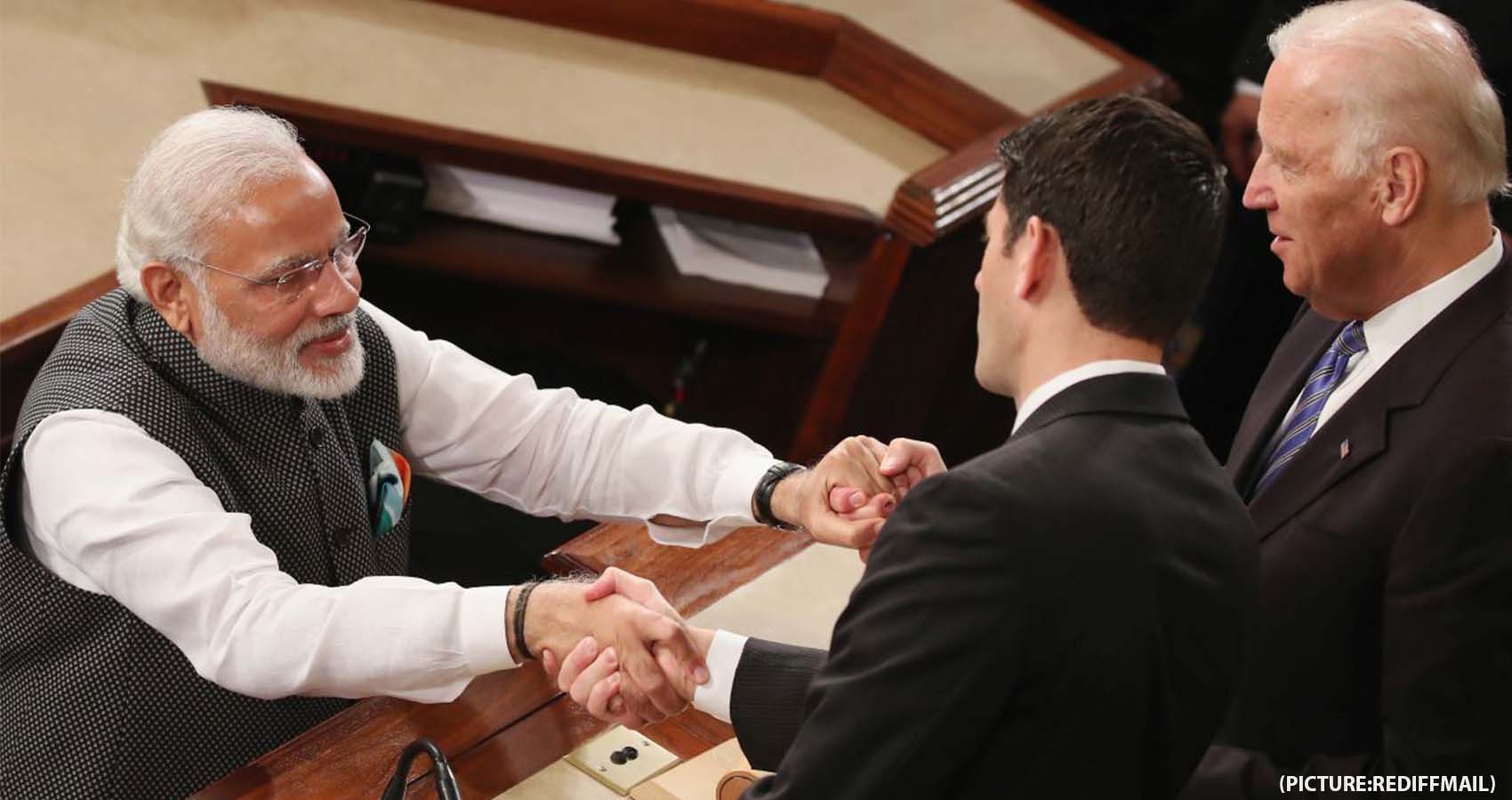
 He added, “Modi and Biden will review the robust and multifaceted ties between the India and the US. They will also deliberate on ways to further enrich India-US global partnership.”
He added, “Modi and Biden will review the robust and multifaceted ties between the India and the US. They will also deliberate on ways to further enrich India-US global partnership.” 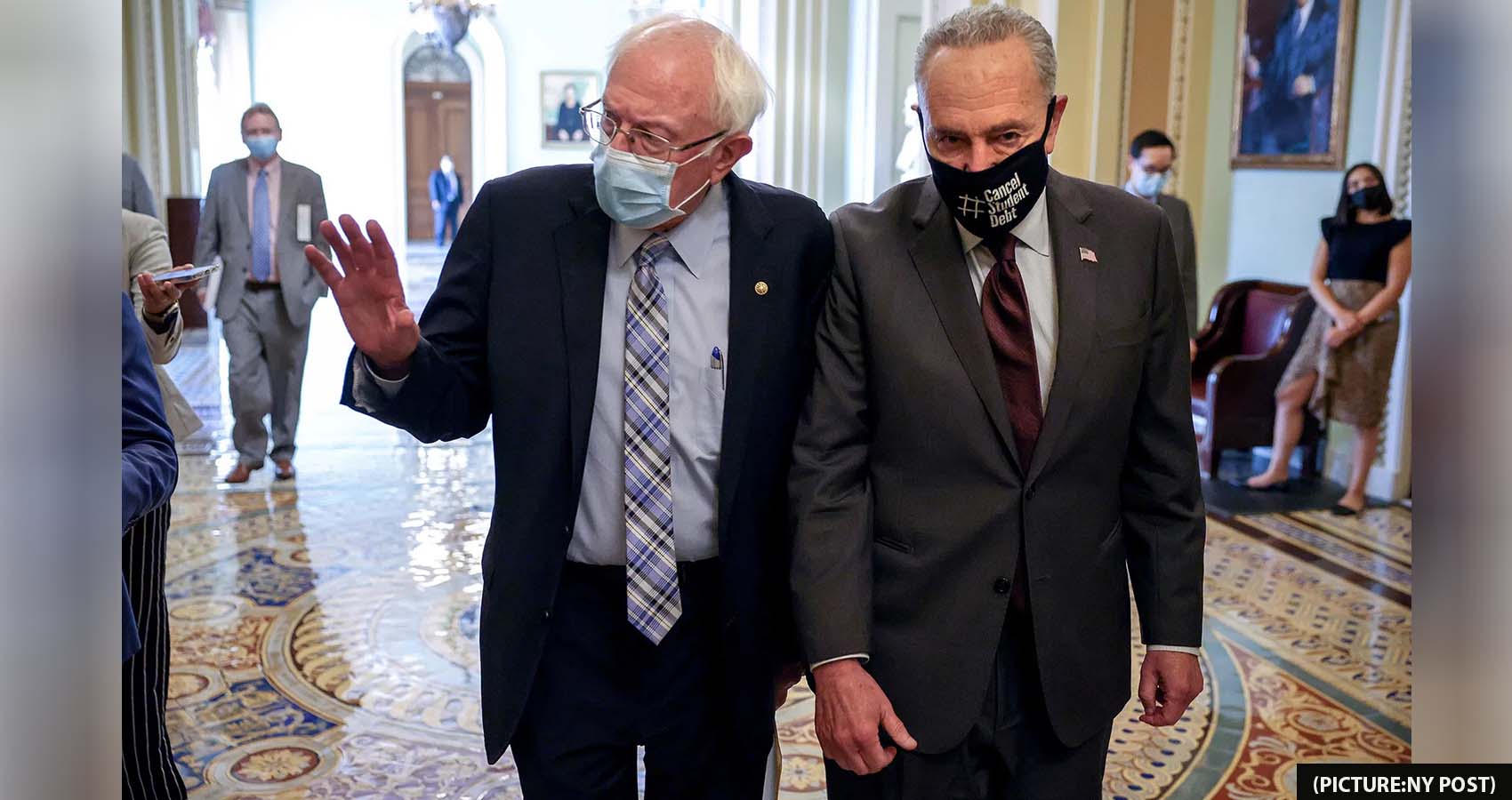
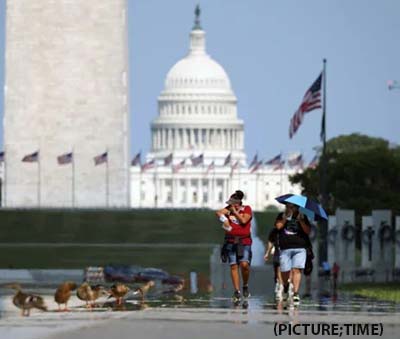 In other words, she said, lawmakers cannot squeeze giving eight million immigrants a pathway to legal citizenship into a legislative
In other words, she said, lawmakers cannot squeeze giving eight million immigrants a pathway to legal citizenship into a legislative 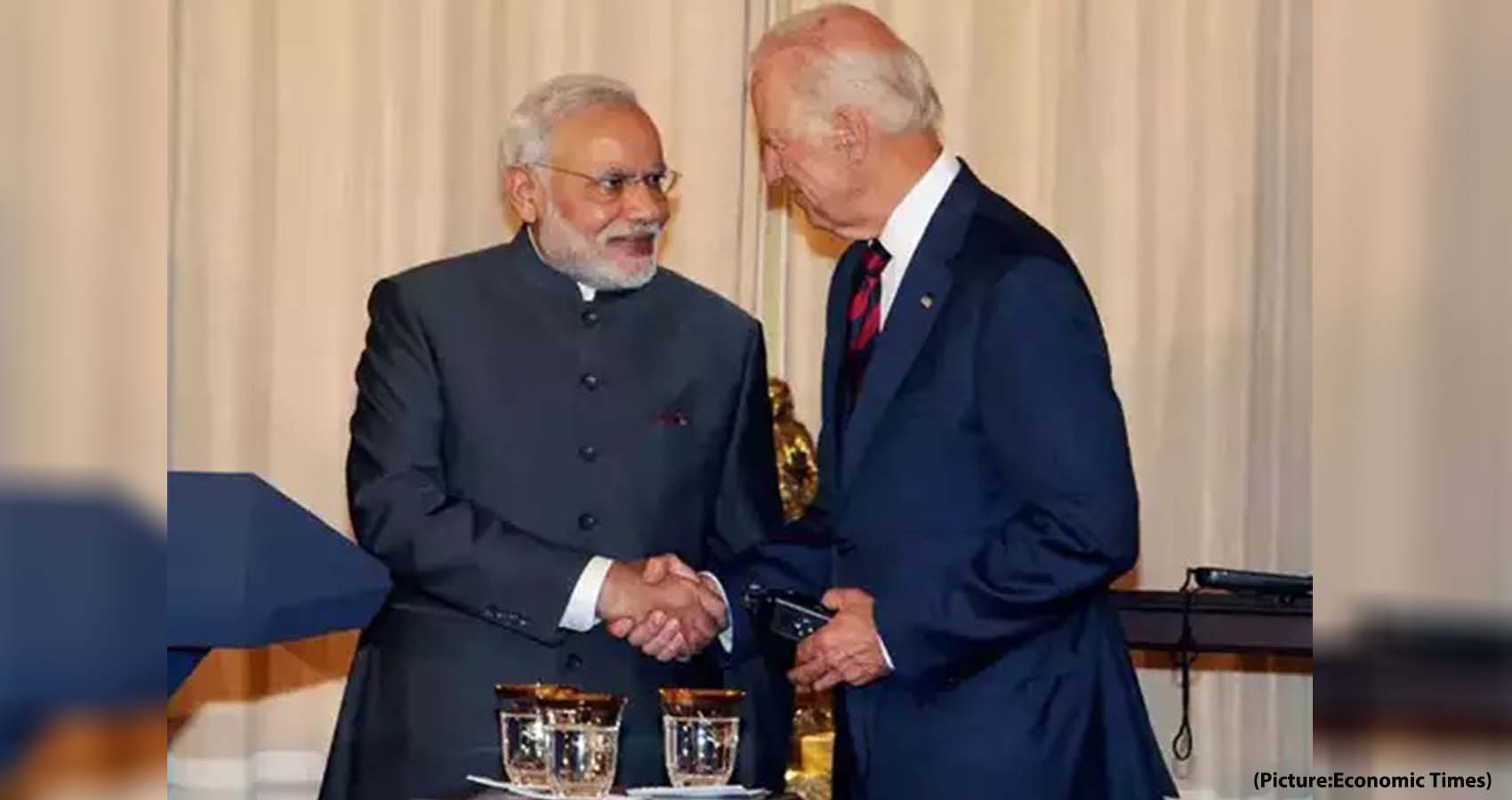
 Modi will then travel to New York, where he will address the 76th session of the United Nations General Assembly (UNGA) on Saturday morning. On September 25, Mr. Modi is scheduled to be the first speaker at the U.N. The theme for the general debate is: “Building resilience through hope to recover from COVID-19, rebuild sustainably, respond to the needs of the planet, respect the rights of people and revitalize the United Nations.”
Modi will then travel to New York, where he will address the 76th session of the United Nations General Assembly (UNGA) on Saturday morning. On September 25, Mr. Modi is scheduled to be the first speaker at the U.N. The theme for the general debate is: “Building resilience through hope to recover from COVID-19, rebuild sustainably, respond to the needs of the planet, respect the rights of people and revitalize the United Nations.”
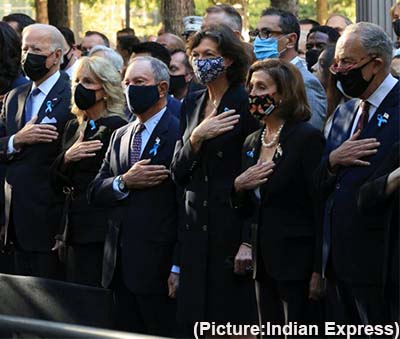 To commemorate the day, hundreds of people on Saturday gathered in Lower Manhattan at the National September 11 Memorial & Museum on the spot where the World Trade Center’s twin towers once stood. Three presidents — President Biden, former Presidents Barack Obama and Bill Clinton — and their wives attended. They wore blue ribbons and held their hands over their hearts as a procession marched a flag through the memorial and stood somberly side by side as the names of the dead were read off by family members and stories and remembrances were shared.
To commemorate the day, hundreds of people on Saturday gathered in Lower Manhattan at the National September 11 Memorial & Museum on the spot where the World Trade Center’s twin towers once stood. Three presidents — President Biden, former Presidents Barack Obama and Bill Clinton — and their wives attended. They wore blue ribbons and held their hands over their hearts as a procession marched a flag through the memorial and stood somberly side by side as the names of the dead were read off by family members and stories and remembrances were shared.
 The hijackers had trained at the group’s camps in Afghanistan. They received money and instructions from its leadership. And ultimately, they were sent to the U.S. to carry out al-Qaida’s “planes operation.” President George W Bush gave an address in front of the damaged Pentagon following the Sept. 11 terrorist attack there as Counselor to the President Karen Hughes and Secretary of Defense Donald Rumsfeld stand by. As the nation mourned the nearly 3,000 people who were killed on 9/11, the George W. Bush administration frantically tried to find its footing and prevent what many feared would be a second wave of attacks. President Bush ordered members of his administration, including top counterterrorism official Richard Clarke, to imagine what the next attack could look like and take steps to prevent it.
The hijackers had trained at the group’s camps in Afghanistan. They received money and instructions from its leadership. And ultimately, they were sent to the U.S. to carry out al-Qaida’s “planes operation.” President George W Bush gave an address in front of the damaged Pentagon following the Sept. 11 terrorist attack there as Counselor to the President Karen Hughes and Secretary of Defense Donald Rumsfeld stand by. As the nation mourned the nearly 3,000 people who were killed on 9/11, the George W. Bush administration frantically tried to find its footing and prevent what many feared would be a second wave of attacks. President Bush ordered members of his administration, including top counterterrorism official Richard Clarke, to imagine what the next attack could look like and take steps to prevent it.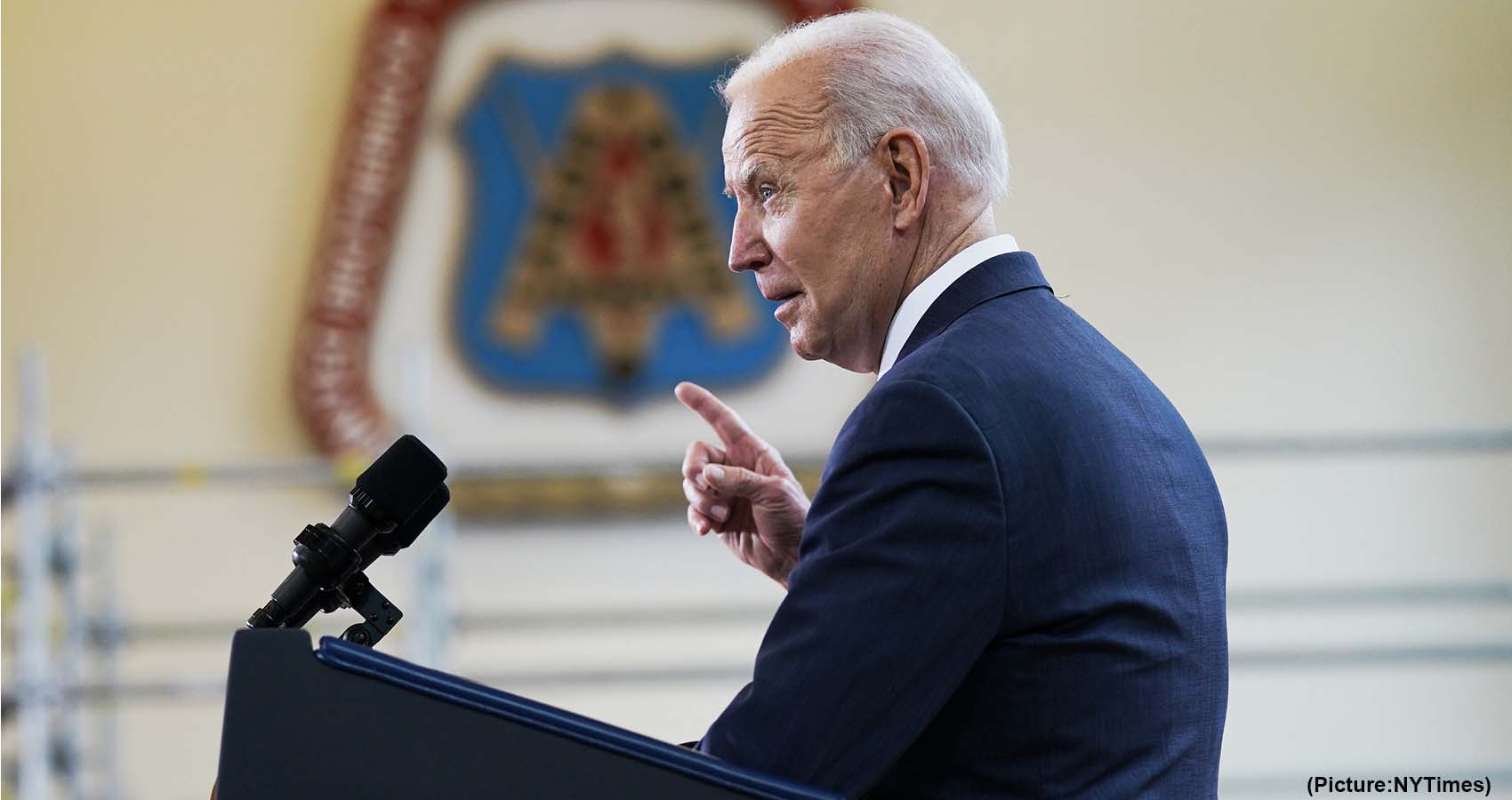
 California topped the state-level caseload list, with 4,421,247 cases. Texas confirmed the second most cases of 3,706,980, followed by Florida with 3,352,451 cases, New York with 2,304,955 cases, and Illinois with more than 1.5 million cases. Other states with over 1 million cases include Georgia, Pennsylvania, Ohio, North Carolina, New Jersey, Tennessee, Michigan and Arizona, according to the university’s tally. The US remains the nation worst hit by the pandemic, with the world’s most cases and deaths, making up more than 18 per cent of the global caseload and nearly 14 per cent of the global deaths. US Covid-19 caseload reached 10 million on November 9, 2020, crossed 20 million on January 1, 2021, and exceeded 30 million on March 24.
California topped the state-level caseload list, with 4,421,247 cases. Texas confirmed the second most cases of 3,706,980, followed by Florida with 3,352,451 cases, New York with 2,304,955 cases, and Illinois with more than 1.5 million cases. Other states with over 1 million cases include Georgia, Pennsylvania, Ohio, North Carolina, New Jersey, Tennessee, Michigan and Arizona, according to the university’s tally. The US remains the nation worst hit by the pandemic, with the world’s most cases and deaths, making up more than 18 per cent of the global caseload and nearly 14 per cent of the global deaths. US Covid-19 caseload reached 10 million on November 9, 2020, crossed 20 million on January 1, 2021, and exceeded 30 million on March 24.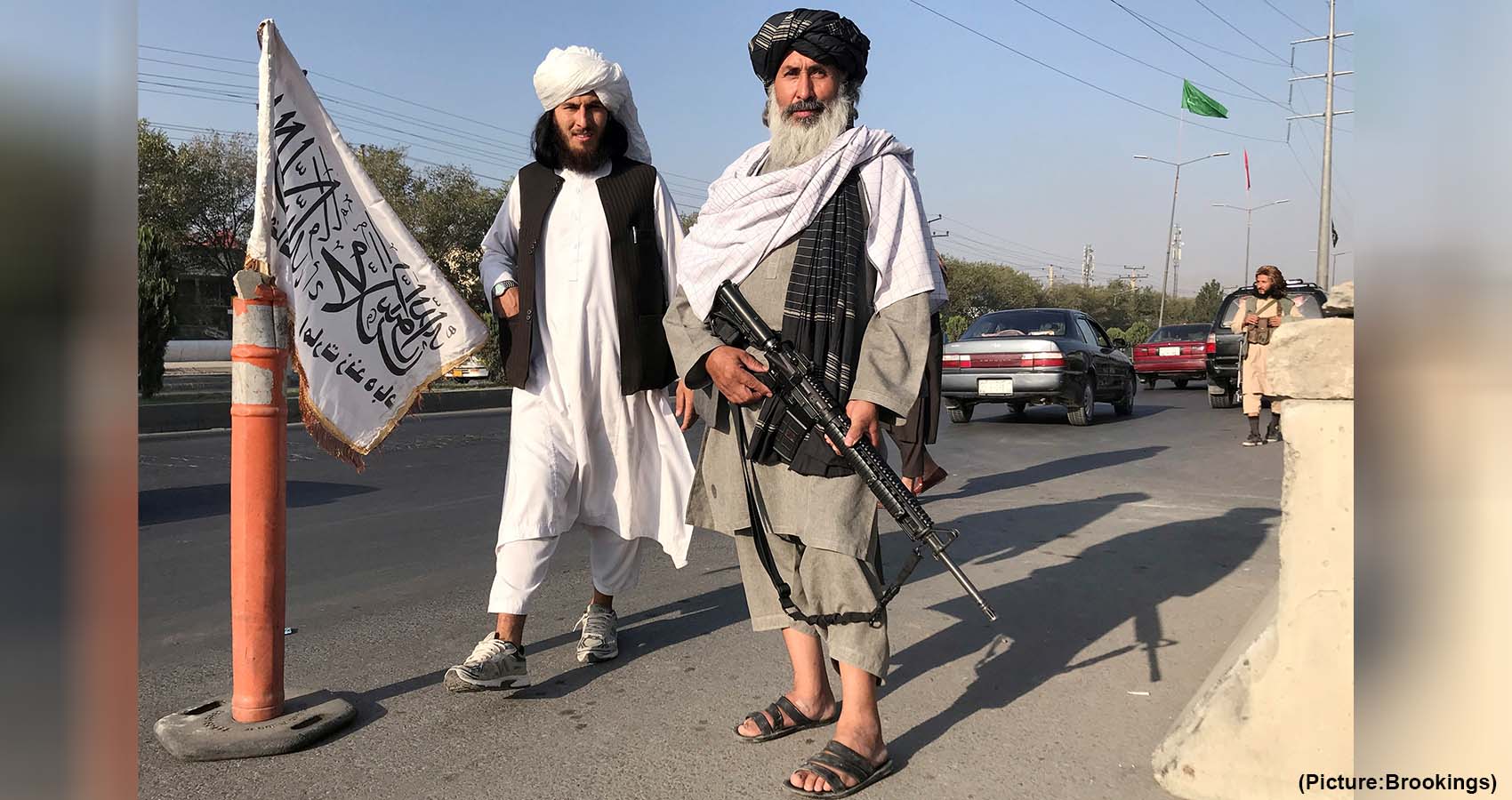
 Armed opposition
Armed opposition
 Lauren had left two messages that morning, as he slept with the phone ringer off in the bedroom. First, with good news that she was taking an earlier flight from New Jersey home to San Francisco. Then she called from the plane. There was “a little problem,” his wife said, but she was “comfortable for now.” She did not say she would call back, Grandcolas recalls. She said: “I love you more than anything, just know that. Please tell my family I love them too. Goodbye, honey.” “That moment I looked over at the television and there was a smoldering hole on the ground in Pennsylvania. They said it was United Flight 93,” said Grandcolas, 58. “That’s when I dropped to the ground.” All 44 people on board were killed. Lauren was 38 years old and three months pregnant with their first child. She had traveled East to attend her grandmother’s funeral in New Jersey, and then stayed a few extra days to announce the pregnancy — a little “good news to lift the spirits of her parents and sisters after burying their grandmother,” Grandcolas said.
Lauren had left two messages that morning, as he slept with the phone ringer off in the bedroom. First, with good news that she was taking an earlier flight from New Jersey home to San Francisco. Then she called from the plane. There was “a little problem,” his wife said, but she was “comfortable for now.” She did not say she would call back, Grandcolas recalls. She said: “I love you more than anything, just know that. Please tell my family I love them too. Goodbye, honey.” “That moment I looked over at the television and there was a smoldering hole on the ground in Pennsylvania. They said it was United Flight 93,” said Grandcolas, 58. “That’s when I dropped to the ground.” All 44 people on board were killed. Lauren was 38 years old and three months pregnant with their first child. She had traveled East to attend her grandmother’s funeral in New Jersey, and then stayed a few extra days to announce the pregnancy — a little “good news to lift the spirits of her parents and sisters after burying their grandmother,” Grandcolas said.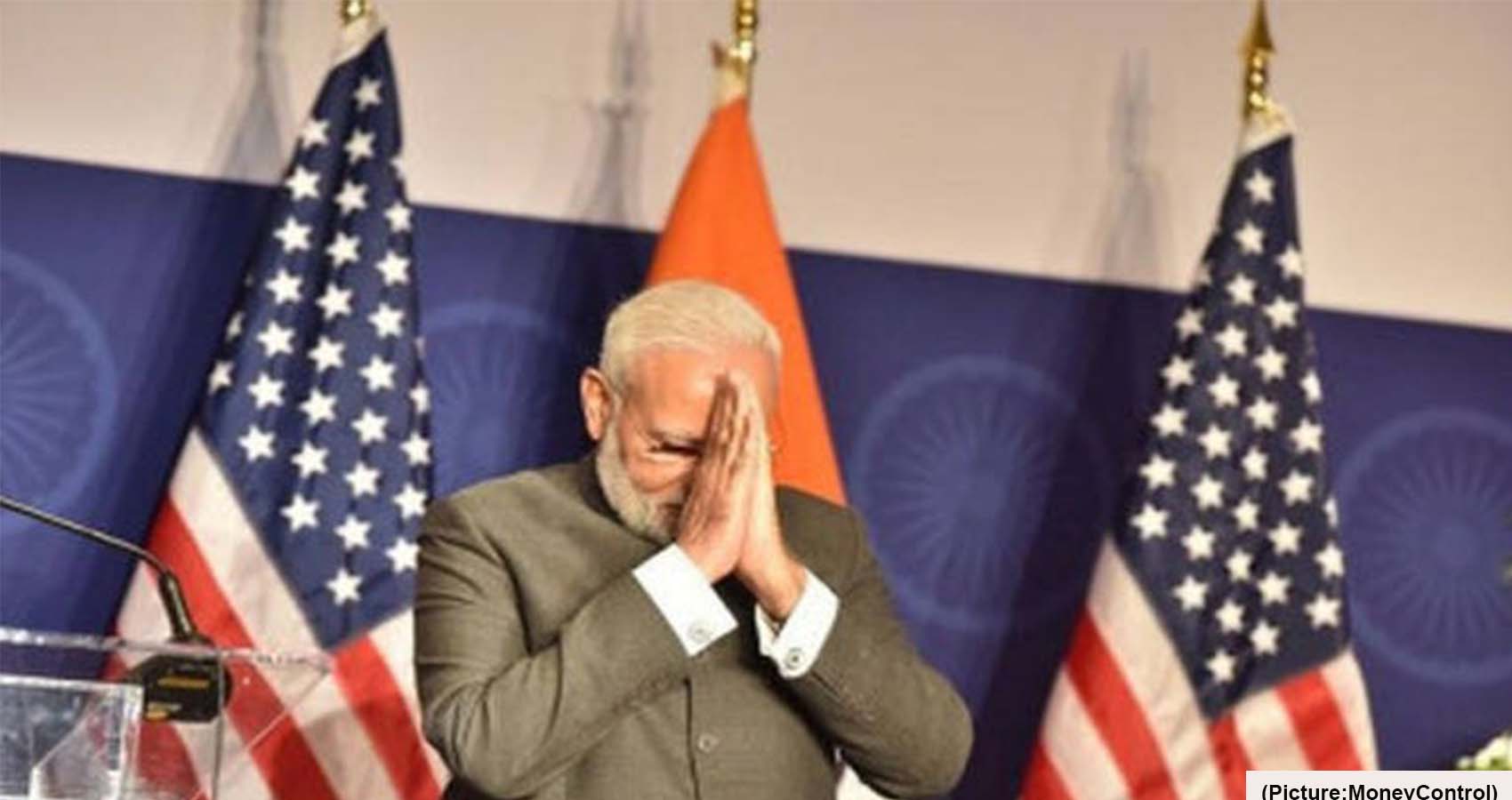
 This will be Modi’s first in-person meeting with Biden. The two have met virtually on at least three occasions — the Quad summit in March, the climate change summit in April, and the G-7 summit in June this year. Modi was supposed to travel to the UK for the G-7 summit where he could have met Biden, but had to cancel the trip due to the second Covid-19 wave across India. With the situation in Afghanistan unfolding rapidly, Modi’s visit is significant. Besides meeting Biden, he is expected to have important meetings with the top echelons of the US administration.
This will be Modi’s first in-person meeting with Biden. The two have met virtually on at least three occasions — the Quad summit in March, the climate change summit in April, and the G-7 summit in June this year. Modi was supposed to travel to the UK for the G-7 summit where he could have met Biden, but had to cancel the trip due to the second Covid-19 wave across India. With the situation in Afghanistan unfolding rapidly, Modi’s visit is significant. Besides meeting Biden, he is expected to have important meetings with the top echelons of the US administration.
 Stanley won his 18th District Assembly seat in a Special Election in January 2021, becoming the first South Asian to represent Middlesex County in the New Jersey Legislature. Stanley defeated fellow Democrat, Edison Councilman Joe Coyle by a vote of 189-136, a 58%-42% margin, according to the Middlesex County Democratic Organization. The seat became vacant when former Assemblywoman Nancy Pinkin resigned after being sworn in as the new Middlesex County Clerk.Endorsed by the Middlesex County Democratic Organization, Assemblyman Stanley was sworn in on January 27th, 2021. Stanley serves as a member of the
Stanley won his 18th District Assembly seat in a Special Election in January 2021, becoming the first South Asian to represent Middlesex County in the New Jersey Legislature. Stanley defeated fellow Democrat, Edison Councilman Joe Coyle by a vote of 189-136, a 58%-42% margin, according to the Middlesex County Democratic Organization. The seat became vacant when former Assemblywoman Nancy Pinkin resigned after being sworn in as the new Middlesex County Clerk.Endorsed by the Middlesex County Democratic Organization, Assemblyman Stanley was sworn in on January 27th, 2021. Stanley serves as a member of the  Stanley was born in the State of Karnataka, India and immigrated to Brooklyn, NY at a young age. For the last 21 years, he has called East Brunswick his home. While living there, he has worked in the finance industry as a title and life insurance agent, as well as a mortgage broker. Stanley is a proud father of three children and has been actively involved in the Middlesex County community, previously serving as a Trustee of the Lighthouse Christian Fellowship Church in East Brunswick and as President of the Fox Meadow Condominium Association. State Sen. Patrick Diegnan (D-South Plainfield) was among those who had supported the then East Brunswick Councilman Sterley Stanley for the Assembly Seat. “I’m supporting Sterley Stanley,” he said. “He’s a good guy and he works with me all the time.” At a February 8th meeting, the East Brunswick town council honored Stanley’s four years of local service. At the meeting, Stanley stated that one of his proudest achievements as Council President was helping to ensure that the governing body functioned as a cohesive unit. “We might have had differences of opinion and we have differences in the way we solve things, but at the end of the day, we all got together and did what was best for the Township,” Stanley said. “I feel honored now to not just represent East Brunswick, but the whole 18th District, and all seven towns that are there,” he said.
Stanley was born in the State of Karnataka, India and immigrated to Brooklyn, NY at a young age. For the last 21 years, he has called East Brunswick his home. While living there, he has worked in the finance industry as a title and life insurance agent, as well as a mortgage broker. Stanley is a proud father of three children and has been actively involved in the Middlesex County community, previously serving as a Trustee of the Lighthouse Christian Fellowship Church in East Brunswick and as President of the Fox Meadow Condominium Association. State Sen. Patrick Diegnan (D-South Plainfield) was among those who had supported the then East Brunswick Councilman Sterley Stanley for the Assembly Seat. “I’m supporting Sterley Stanley,” he said. “He’s a good guy and he works with me all the time.” At a February 8th meeting, the East Brunswick town council honored Stanley’s four years of local service. At the meeting, Stanley stated that one of his proudest achievements as Council President was helping to ensure that the governing body functioned as a cohesive unit. “We might have had differences of opinion and we have differences in the way we solve things, but at the end of the day, we all got together and did what was best for the Township,” Stanley said. “I feel honored now to not just represent East Brunswick, but the whole 18th District, and all seven towns that are there,” he said.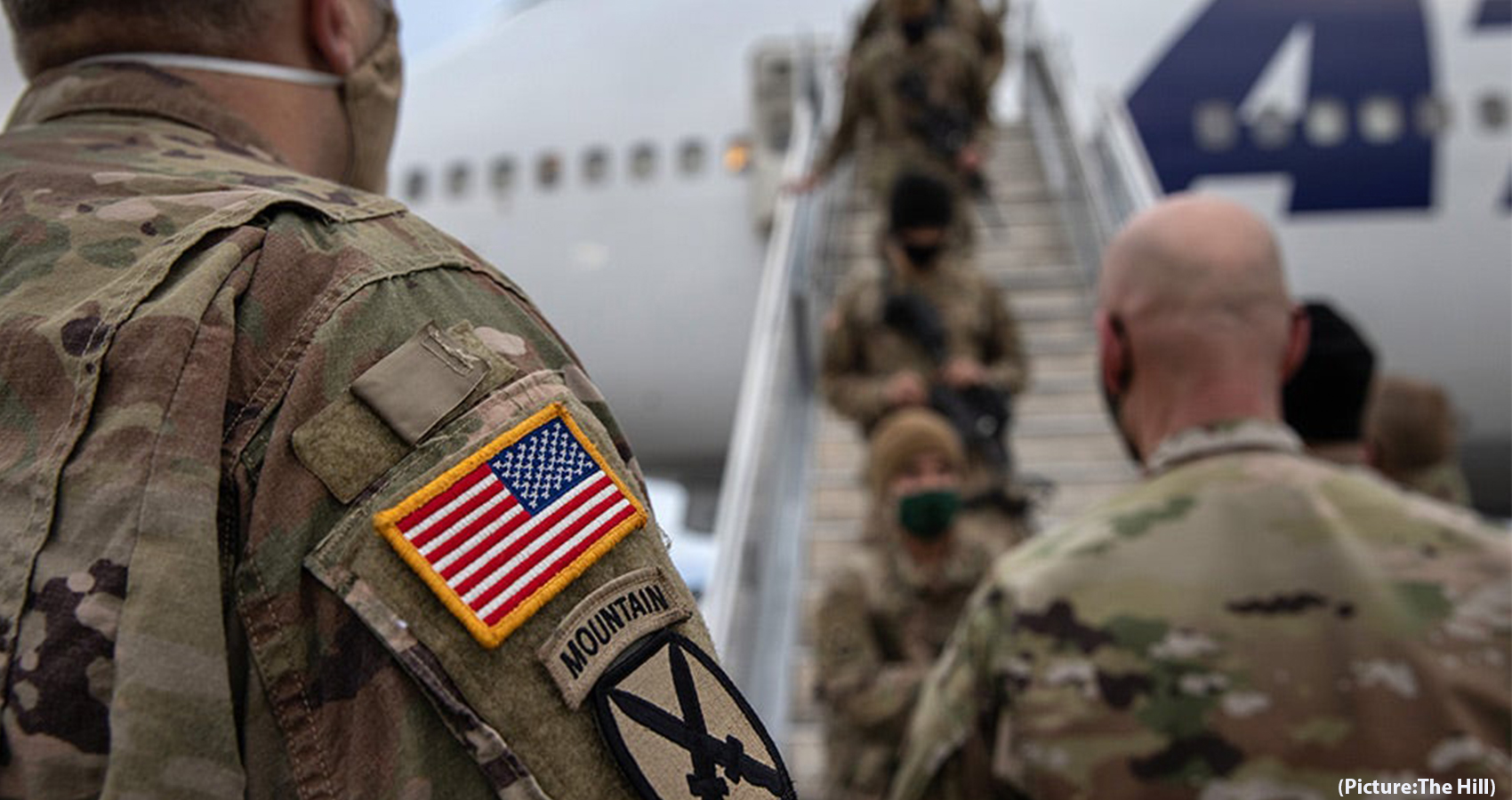
 Nearly 20 years after the US invaded Afghanistan to avenge the terror attacks of September 11, 2001, and strike at al Qaeda and the Taliban, which hosted Osama bin Laden, another American administration is leaving the country in the control of Taliban militants who still maintain close ties to al Qaeda and other terrorist organizations. President Joe Biden said the mission was accomplished years ago, with the killing of Osama bin Laden and the degrading of Al Qaeda. He said he would no longer put American troops in the middle of a civil war.
Nearly 20 years after the US invaded Afghanistan to avenge the terror attacks of September 11, 2001, and strike at al Qaeda and the Taliban, which hosted Osama bin Laden, another American administration is leaving the country in the control of Taliban militants who still maintain close ties to al Qaeda and other terrorist organizations. President Joe Biden said the mission was accomplished years ago, with the killing of Osama bin Laden and the degrading of Al Qaeda. He said he would no longer put American troops in the middle of a civil war.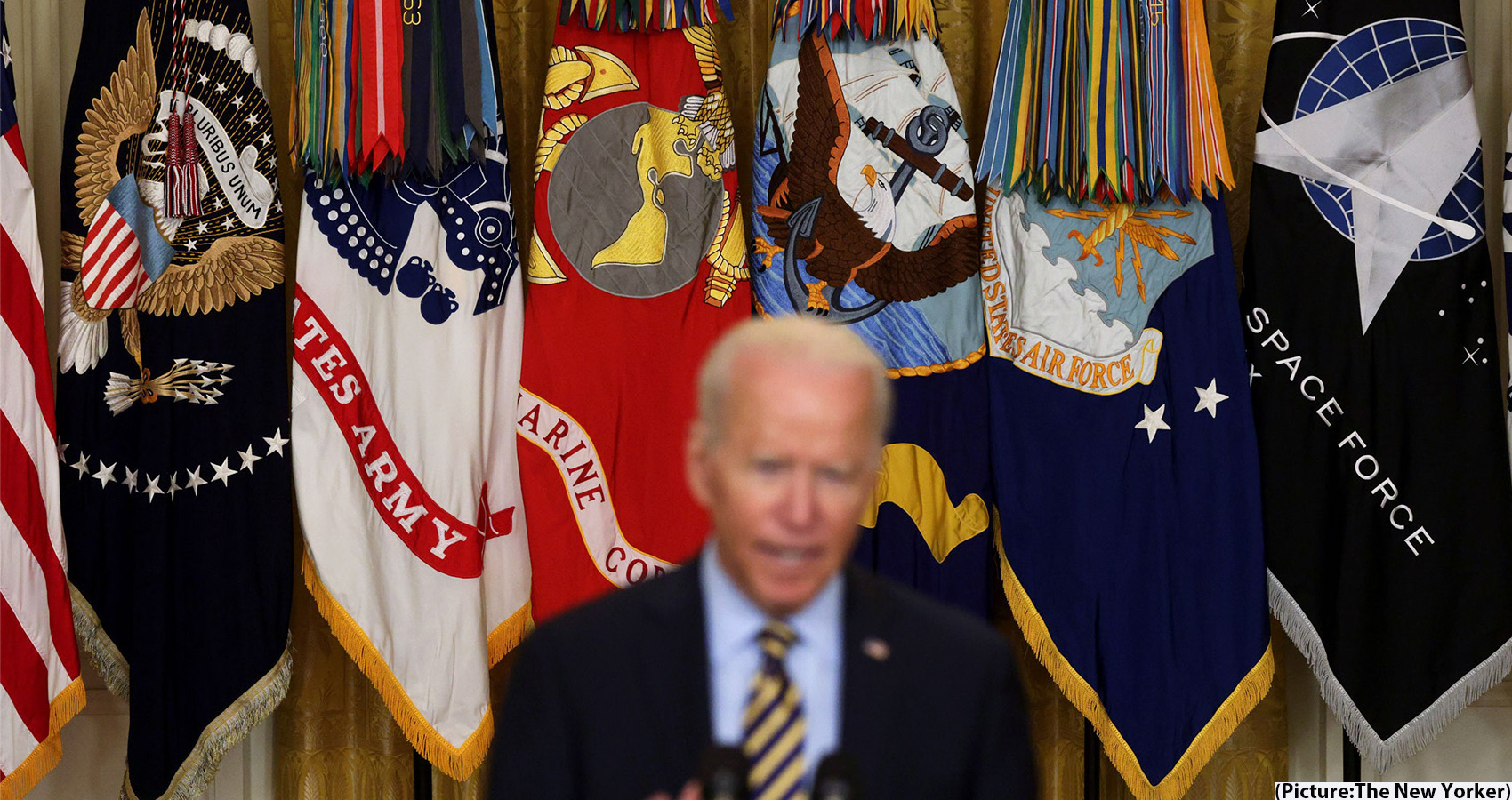
 Biden’s approval rating on the coronavirus had consistently been in the 60s for the first six months of his presidency. That declined to the high 50s in July and has been sunk to the 50s in the month of August. Biden’s overall approval rating has declined at a similar rate to his coronavirus pandemic approval rating. The problem for Biden is that people are reacting to what they see on the ground. Coronavirus cases and hospitalizations are the
Biden’s approval rating on the coronavirus had consistently been in the 60s for the first six months of his presidency. That declined to the high 50s in July and has been sunk to the 50s in the month of August. Biden’s overall approval rating has declined at a similar rate to his coronavirus pandemic approval rating. The problem for Biden is that people are reacting to what they see on the ground. Coronavirus cases and hospitalizations are the 
 On its own, the polling slip was—and remains—inconsequential. But it does speak to a humming concern among some Democrats that Biden’s popularity isn’t absolute. The very narrow dip suggests that a break from the Donald Trump-era bombast was welcome for many Americans, but may be insufficient to guarantee a re-election. The economy is
On its own, the polling slip was—and remains—inconsequential. But it does speak to a humming concern among some Democrats that Biden’s popularity isn’t absolute. The very narrow dip suggests that a break from the Donald Trump-era bombast was welcome for many Americans, but may be insufficient to guarantee a re-election. The economy is 
 QUOTES
QUOTES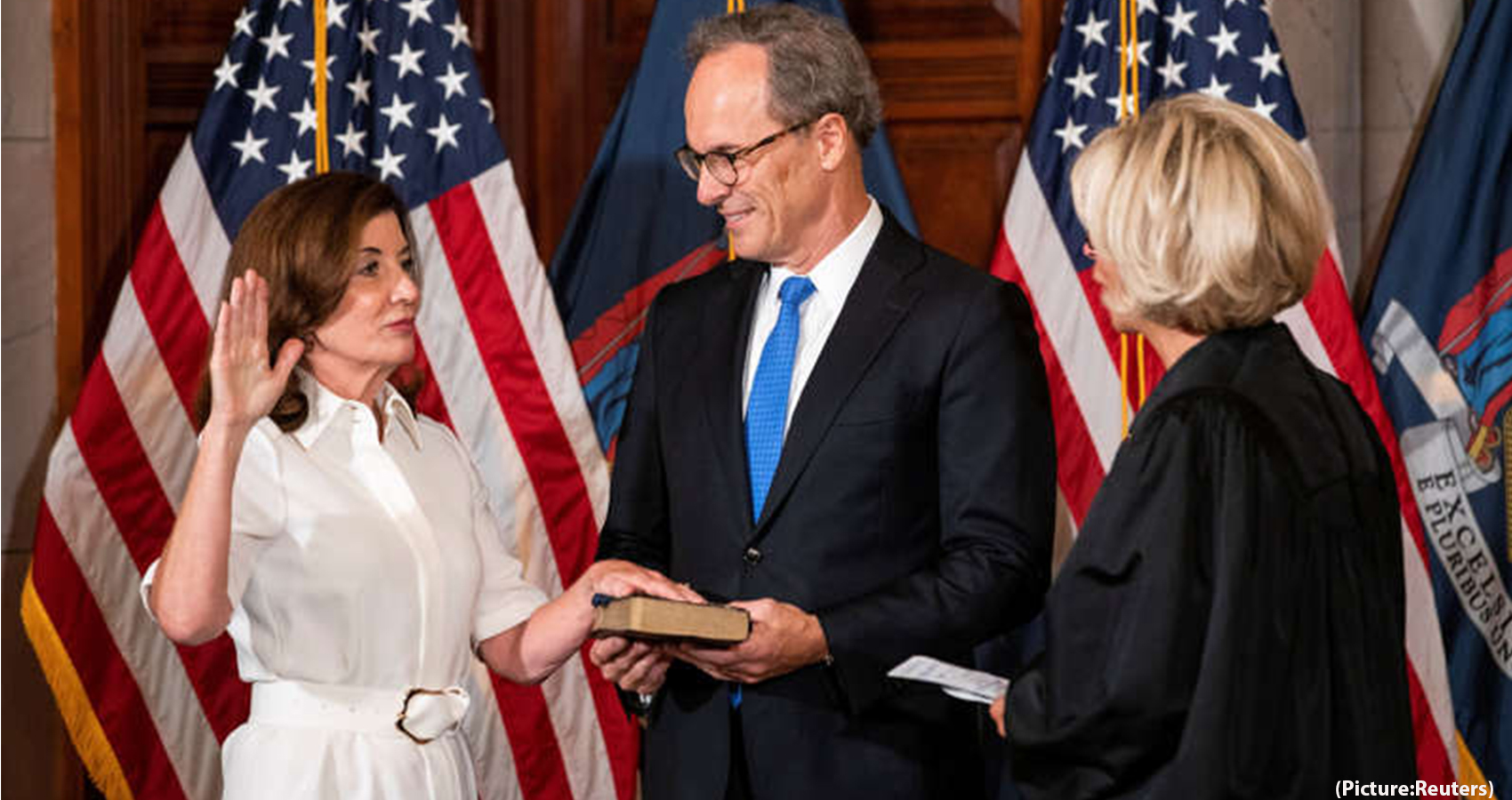
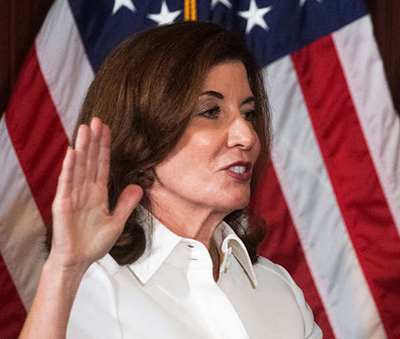 “I’ll tell New Yorkers I’m up to the task. And I’m really proud to be able to serve as their governor and I won’t let them down,” she said. Hochul’s ascent to the top job was a history-making moment in a capital. Where women have only recently begun chipping away at a notoriously male-dominated political culture. Kathy Hochul, serving as New York’s lieutenant governor, has catapulted into the national spotlight when Gov. Andrew Cuomo abruptly announced his resignation amid a growing sexual harassment scandal 2 weeks ago.
“I’ll tell New Yorkers I’m up to the task. And I’m really proud to be able to serve as their governor and I won’t let them down,” she said. Hochul’s ascent to the top job was a history-making moment in a capital. Where women have only recently begun chipping away at a notoriously male-dominated political culture. Kathy Hochul, serving as New York’s lieutenant governor, has catapulted into the national spotlight when Gov. Andrew Cuomo abruptly announced his resignation amid a growing sexual harassment scandal 2 weeks ago.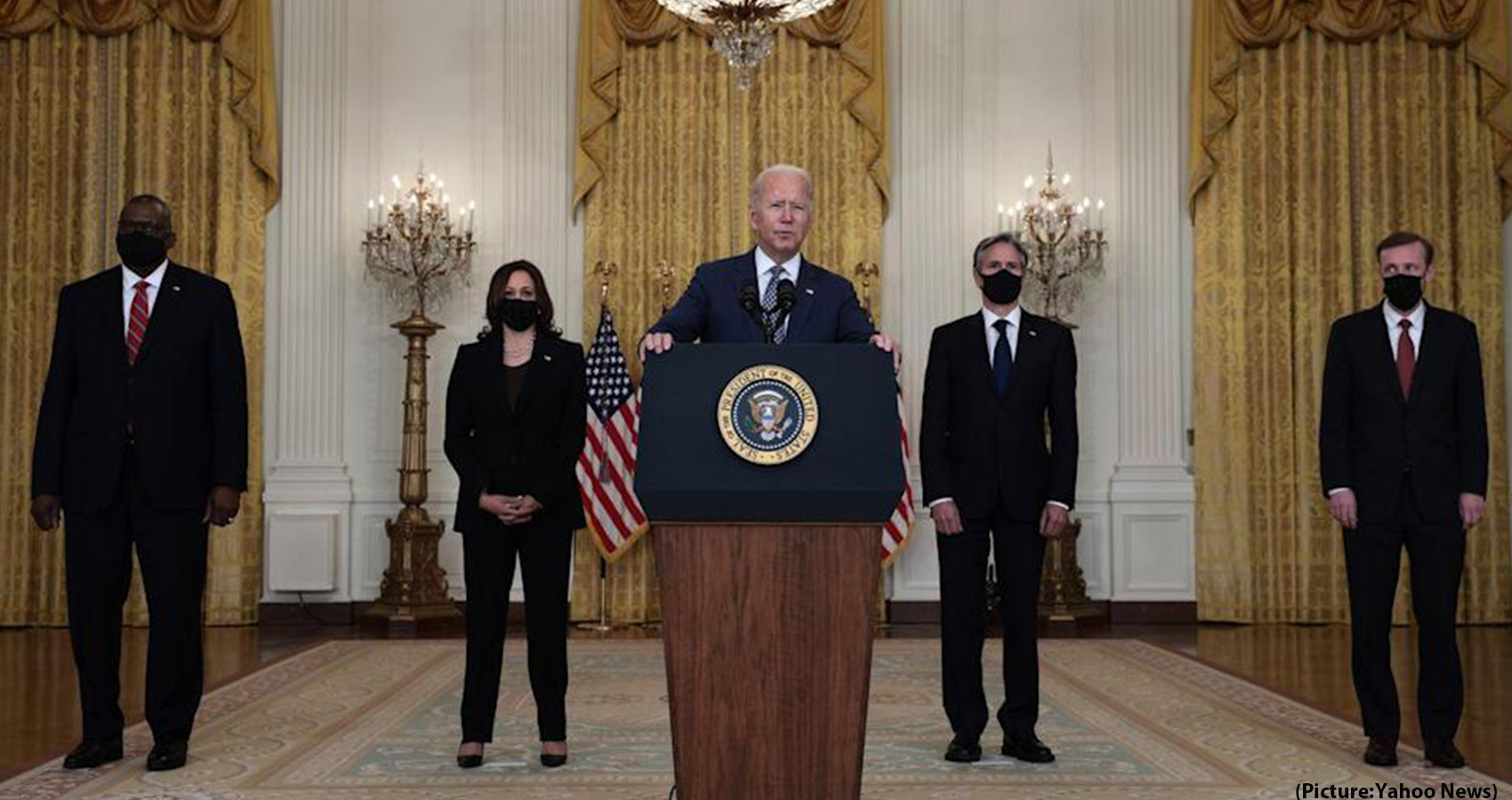
 Speaking from the White House, President
Speaking from the White House, President 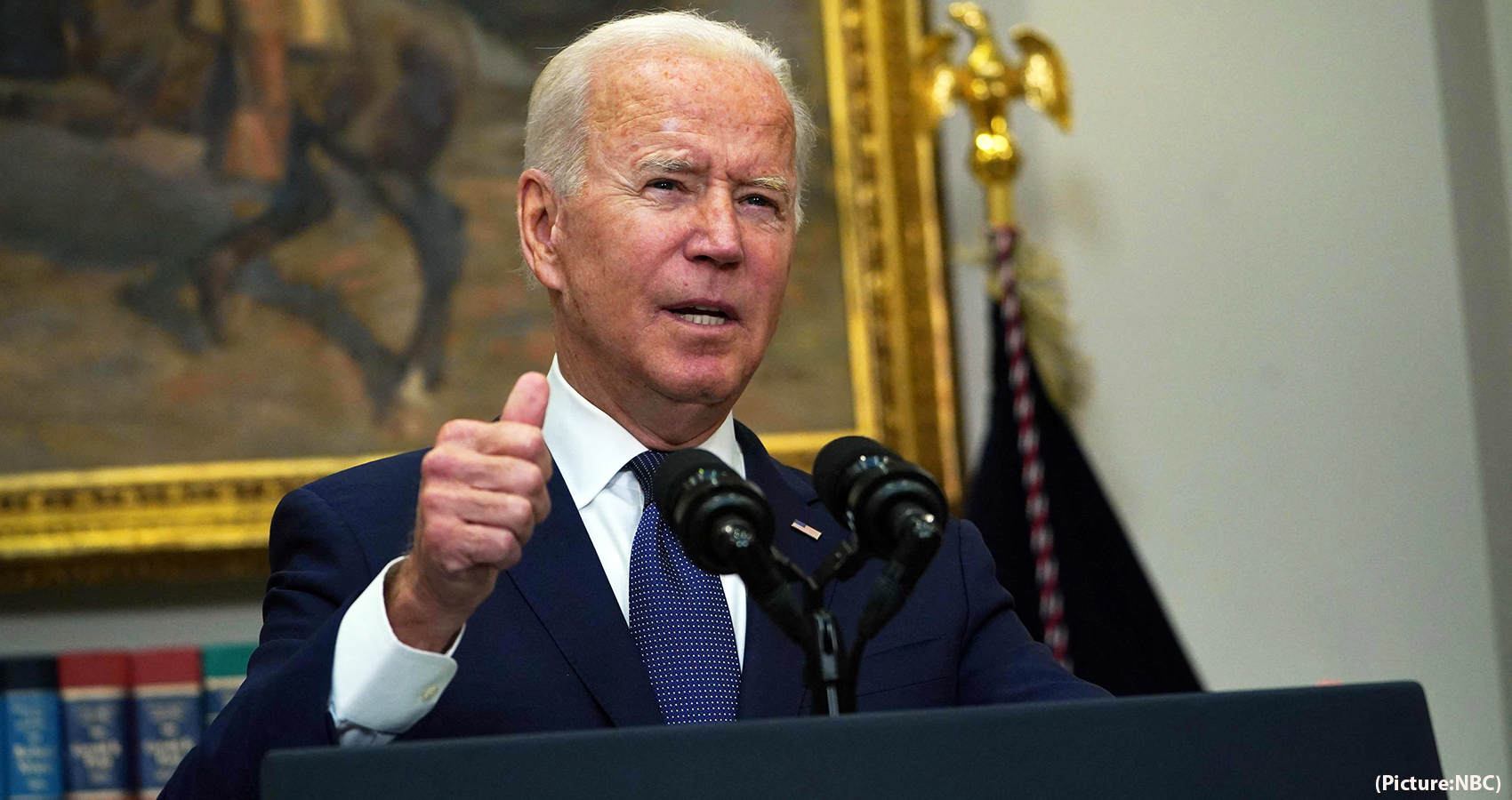
 Biden’s approval rating hitting the lowest point in his presidency this week at less than 50 percent. A
Biden’s approval rating hitting the lowest point in his presidency this week at less than 50 percent. A 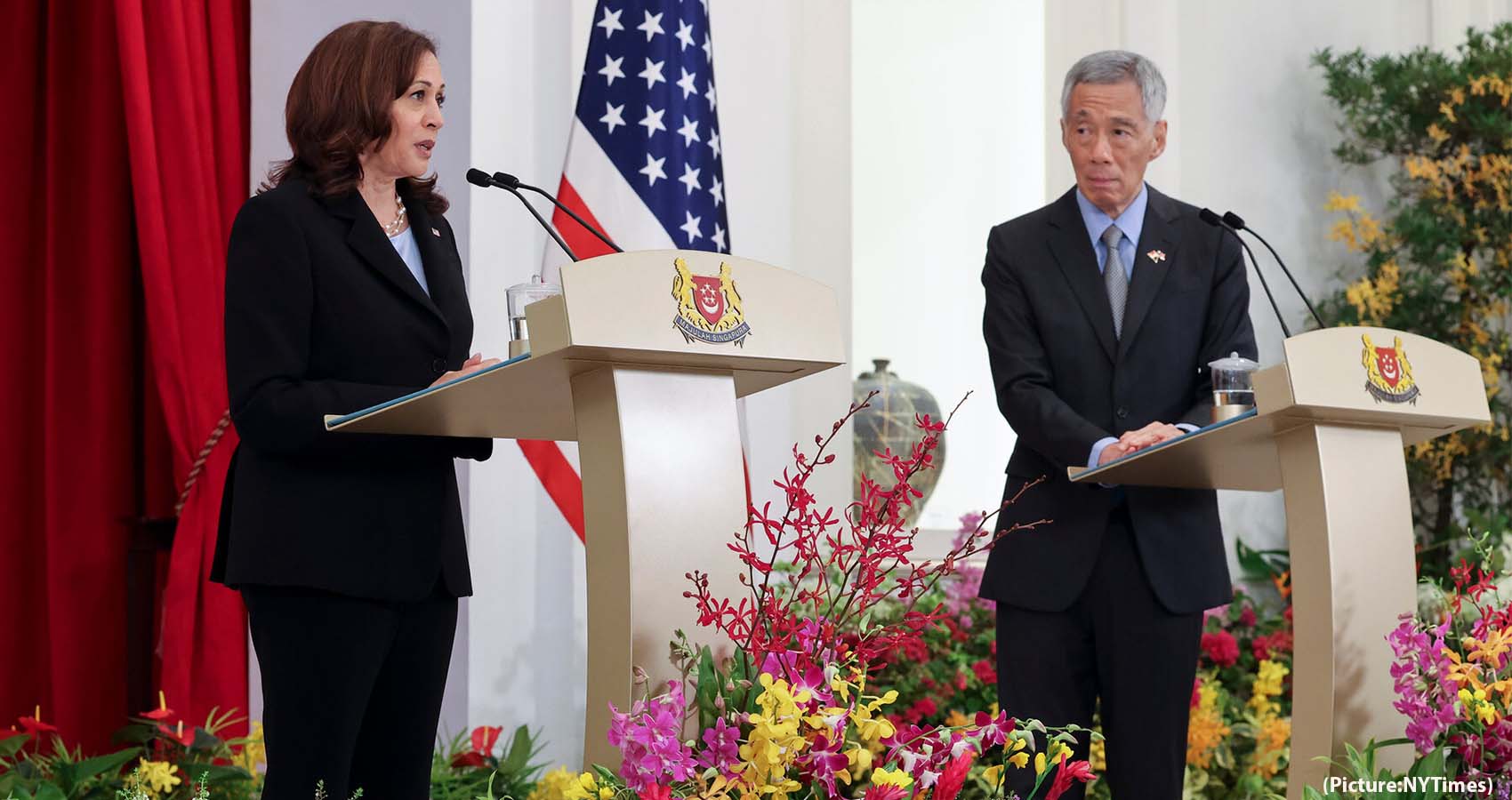
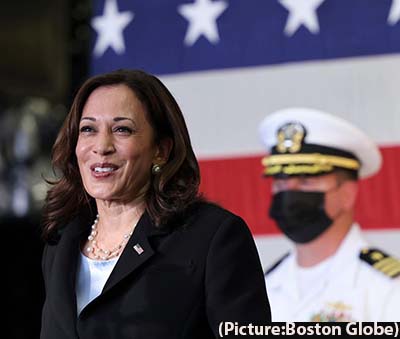 US
US 
 It was surprising, because until taking up arms just a year before, many of the fighters had been little more than religious pupils. Their very name meant “students.” The Taliban, they called themselves. A quarter-century later, after outlasting an international military coalition in a war that cost tens of thousands of lives, the onetime students are now rulers of the land. Again. Here is a look at the origin of the Taliban; how they managed to take over Afghanistan not once, but twice; what they did when they first took control — and what that might reveal about their plans for this time.
It was surprising, because until taking up arms just a year before, many of the fighters had been little more than religious pupils. Their very name meant “students.” The Taliban, they called themselves. A quarter-century later, after outlasting an international military coalition in a war that cost tens of thousands of lives, the onetime students are now rulers of the land. Again. Here is a look at the origin of the Taliban; how they managed to take over Afghanistan not once, but twice; what they did when they first took control — and what that might reveal about their plans for this time.
 As the
As the 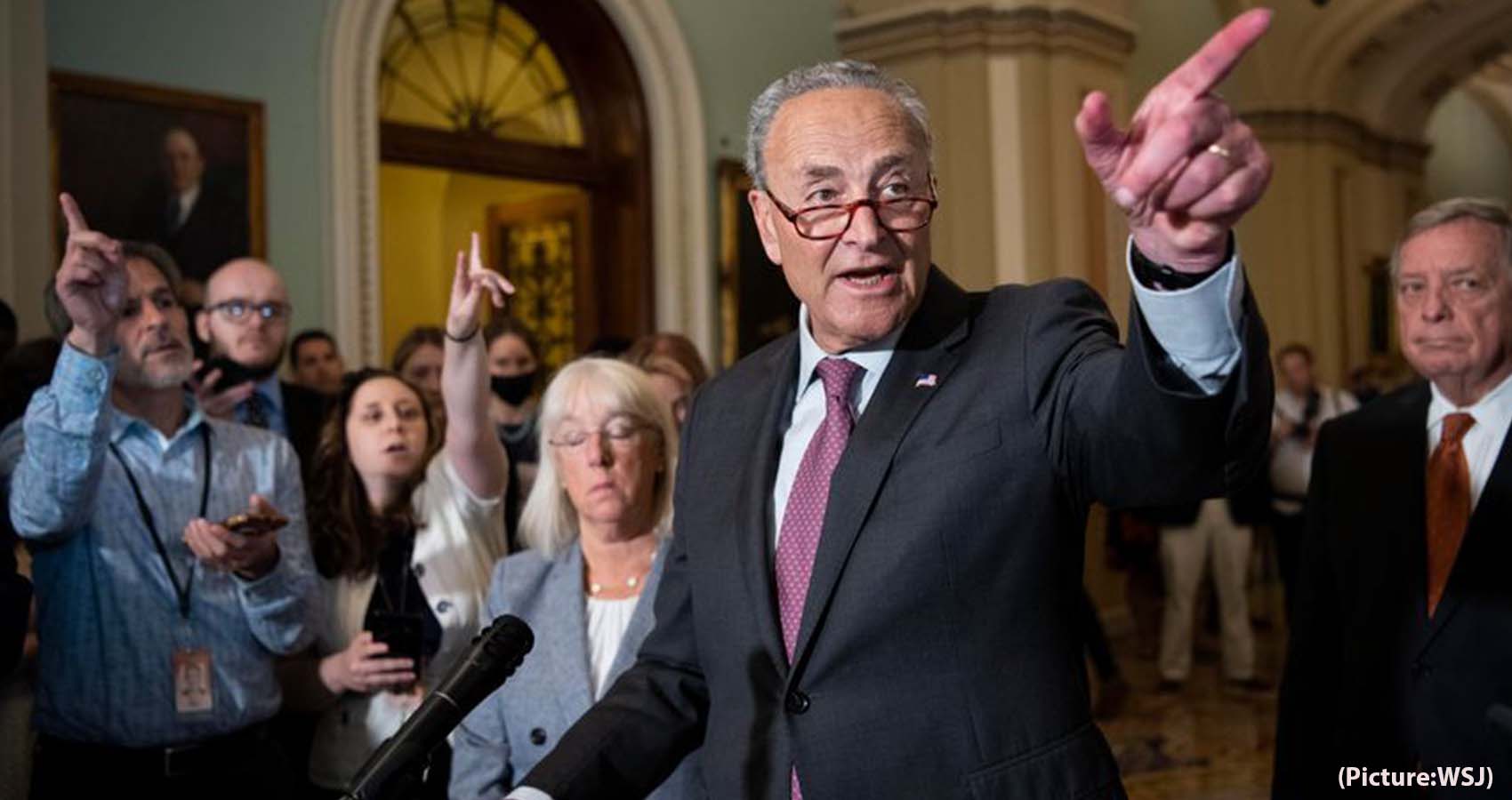
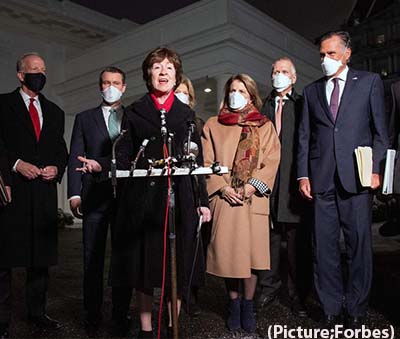 Lawmakers approved Democrats’ budget resolution on a party-line 50-49 vote, a crucial step for a president and party set on training the government’s fiscal might at assisting families, creating jobs and fighting climate change. Higher taxes on the wealthy and corporations would pay for much of it. Passage came despite an avalanche of Republican amendments intended to make their rivals pay a price in next year’s elections for control of Congress.
Lawmakers approved Democrats’ budget resolution on a party-line 50-49 vote, a crucial step for a president and party set on training the government’s fiscal might at assisting families, creating jobs and fighting climate change. Higher taxes on the wealthy and corporations would pay for much of it. Passage came despite an avalanche of Republican amendments intended to make their rivals pay a price in next year’s elections for control of Congress.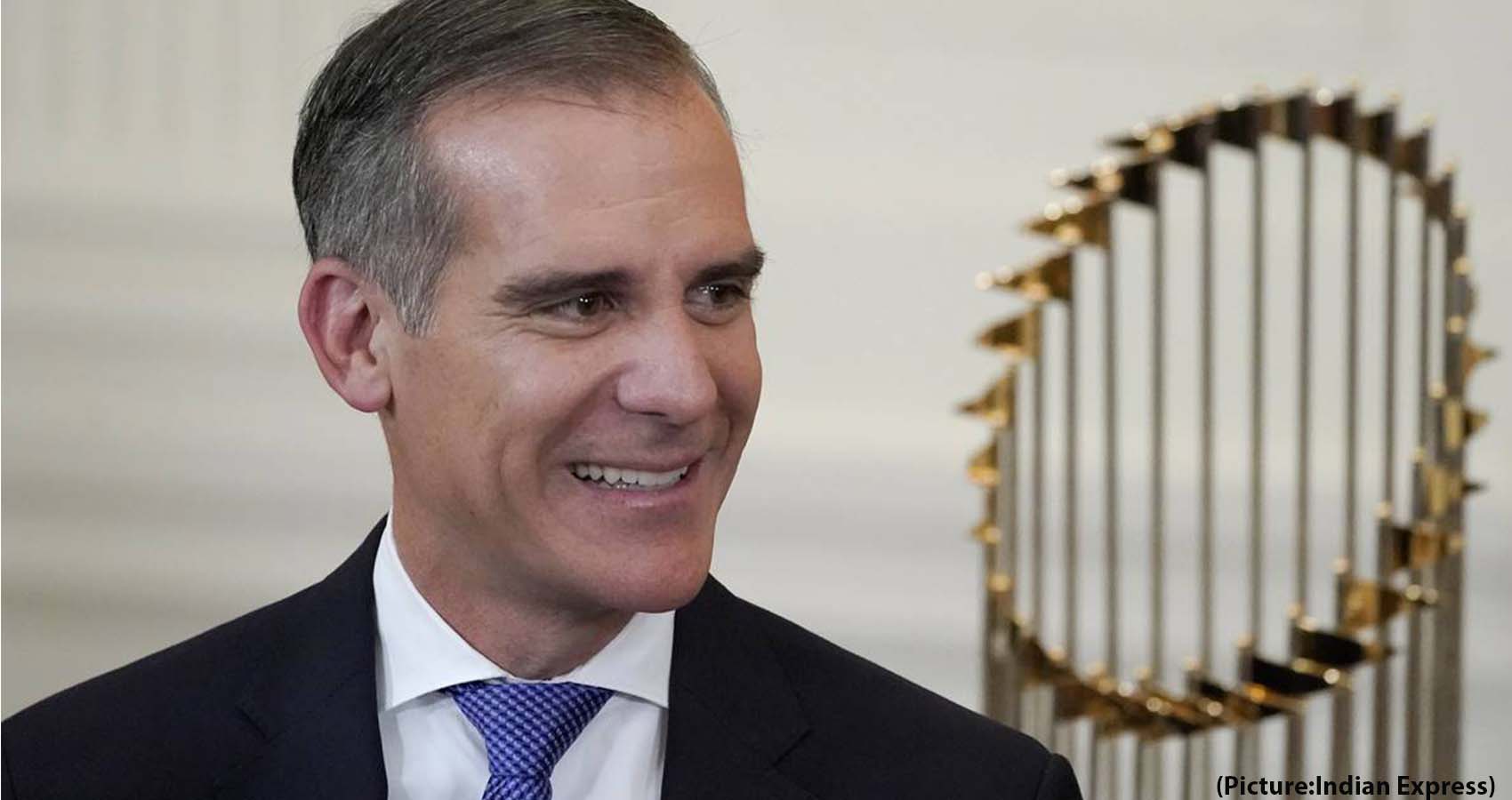
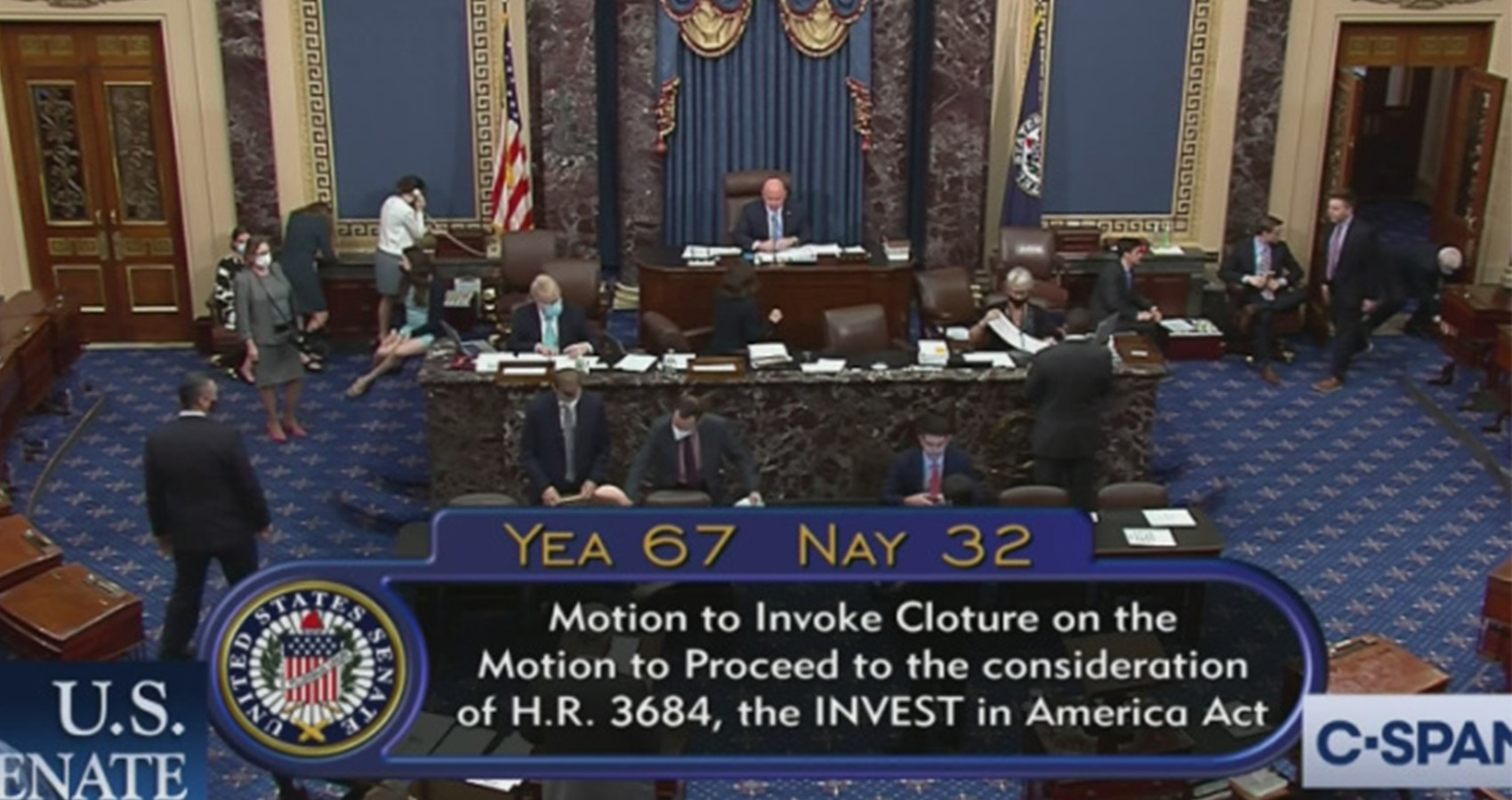
 In the 67 to 32 vote, 17 Republicans including Senate Minority Leader Mitch McConnell joined Democrats to advance the bill. The proposal includes some of President Biden’s top domestic priorities and provides billions of dollars in funding for bridges, roads, broadband internet, clean water, public transit and more over the next five years. It encapsulates so-called “hard” infrastructure and is separate from Democratic efforts to pass a $3.5 trillion package for so-called “soft” infrastructure, which includes policies like Medicare expansion and universal child care.
In the 67 to 32 vote, 17 Republicans including Senate Minority Leader Mitch McConnell joined Democrats to advance the bill. The proposal includes some of President Biden’s top domestic priorities and provides billions of dollars in funding for bridges, roads, broadband internet, clean water, public transit and more over the next five years. It encapsulates so-called “hard” infrastructure and is separate from Democratic efforts to pass a $3.5 trillion package for so-called “soft” infrastructure, which includes policies like Medicare expansion and universal child care.

 However, this does not give justice to hundreds of Christians and other minorities who sacrificed their lives due to the quest of the ruling party to declare India as a Hindu state. The poor departed souls must have been churning in their graves when they hear such statements. The injustices suffered by the 84-year-old Fr. Stan Sway alone should have been reason enough for Mr. Blinken to have been more cautious in his statements about human rights and respect for democratic principles by the government of India.
However, this does not give justice to hundreds of Christians and other minorities who sacrificed their lives due to the quest of the ruling party to declare India as a Hindu state. The poor departed souls must have been churning in their graves when they hear such statements. The injustices suffered by the 84-year-old Fr. Stan Sway alone should have been reason enough for Mr. Blinken to have been more cautious in his statements about human rights and respect for democratic principles by the government of India.

 It will also not result in the withdrawal of US troops from the country, as has happened in Afghanistan. There are currently 2,500 US troops in Iraq, and officials declined to say how that number would change following Monday’s announcement. The US and Iraq are expected to announce the US mission will fully shift to an advisory role by year’s end — meaning some of the changes to the current levels could come on paper only. Still, the two decisions are the best illustrations of Biden’s effort to shift American foreign policy away from decisions made nearly two decades ago. Instead, he wants to focus on threats from China, where a top American diplomat traveled this week for a tense set of meetings.
It will also not result in the withdrawal of US troops from the country, as has happened in Afghanistan. There are currently 2,500 US troops in Iraq, and officials declined to say how that number would change following Monday’s announcement. The US and Iraq are expected to announce the US mission will fully shift to an advisory role by year’s end — meaning some of the changes to the current levels could come on paper only. Still, the two decisions are the best illustrations of Biden’s effort to shift American foreign policy away from decisions made nearly two decades ago. Instead, he wants to focus on threats from China, where a top American diplomat traveled this week for a tense set of meetings.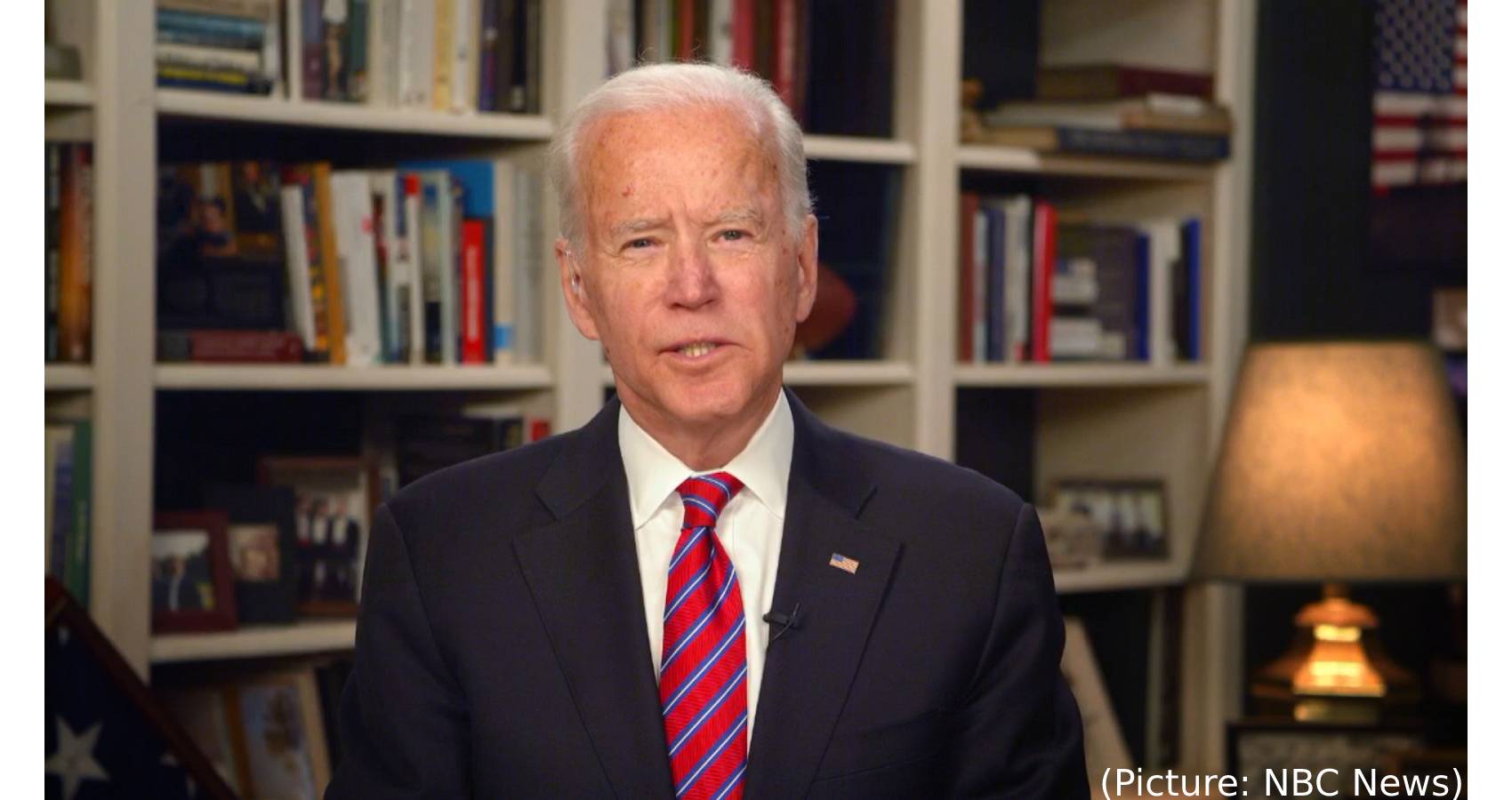
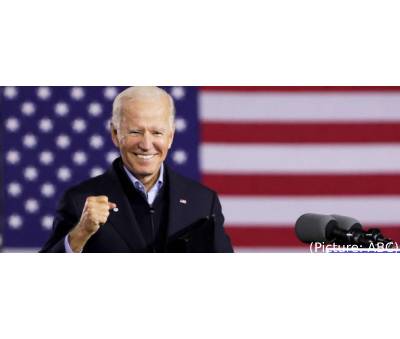 Biden, though, hasn’t really picked up any new supporters since the election. His approval rating matches his vote share (51%) and favorable rating in the exit polls (52%) nearly perfectly. On the other hand, it’s been noticeable how Biden’s relative ranking on approval rating has risen the more time has gone on. Biden’s initial approval rating was near the bottom (only beating Trump) back in January.
Biden, though, hasn’t really picked up any new supporters since the election. His approval rating matches his vote share (51%) and favorable rating in the exit polls (52%) nearly perfectly. On the other hand, it’s been noticeable how Biden’s relative ranking on approval rating has risen the more time has gone on. Biden’s initial approval rating was near the bottom (only beating Trump) back in January.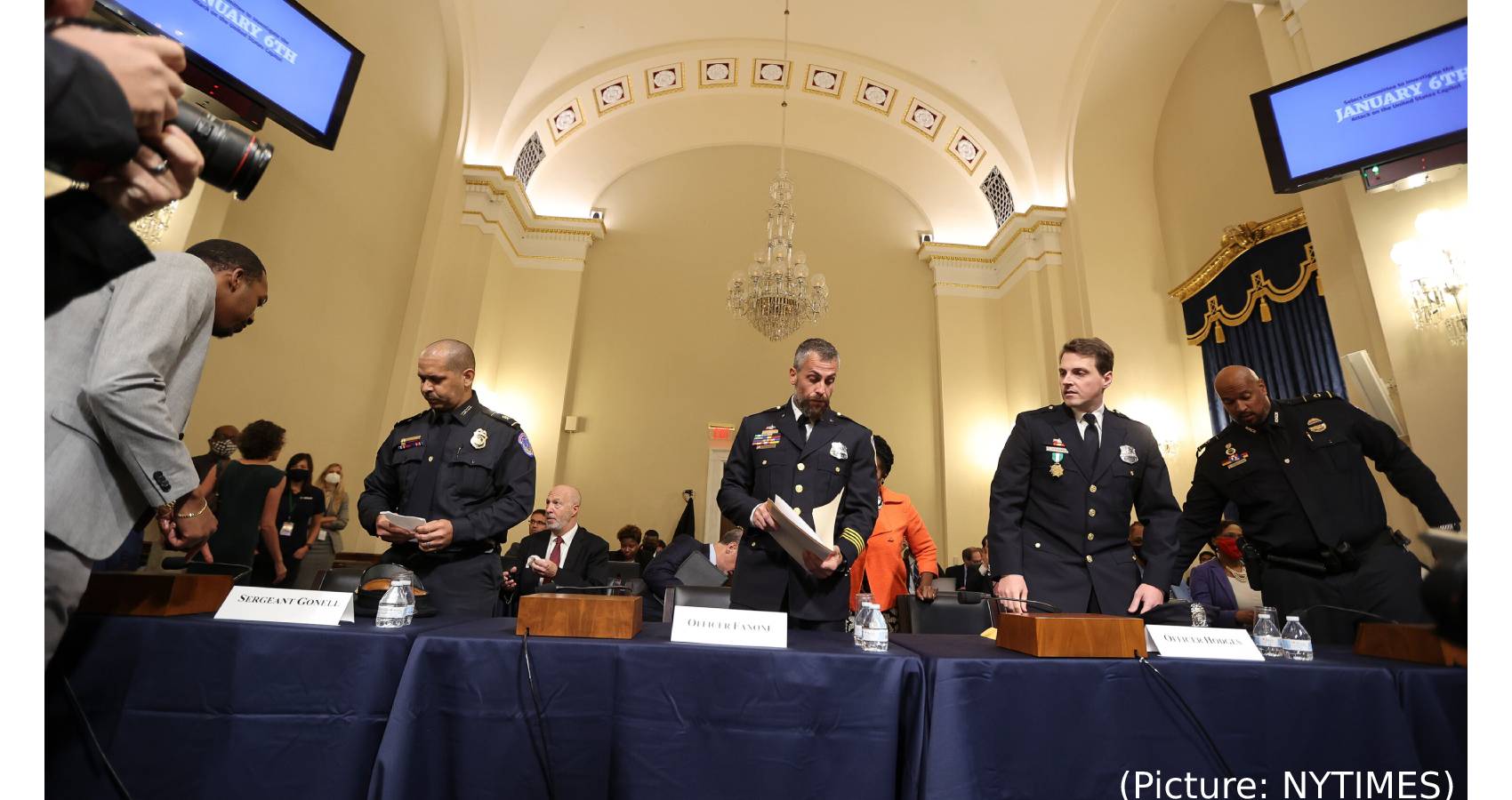
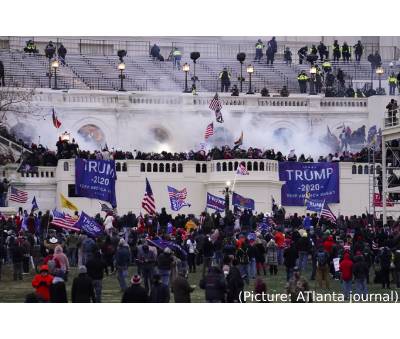 Originally, Democrats wanted a special independent commission like the one that investigated the 11 September 2001 attack on the World Trade Center and Pentagon. Such a panel would have had an equal number of former officeholders chosen from both parties. Legislation to form this commission passed the House of Representatives in May with unanimous backing from Democrats and 35 of 211 Republicans. But the proposal died in the Senate, despite support from six Republicans. Opponents – such as Minority Leader Mitch McConnell – warned that a commission would become a “purely political exercise” and would not “promote healing”.
Originally, Democrats wanted a special independent commission like the one that investigated the 11 September 2001 attack on the World Trade Center and Pentagon. Such a panel would have had an equal number of former officeholders chosen from both parties. Legislation to form this commission passed the House of Representatives in May with unanimous backing from Democrats and 35 of 211 Republicans. But the proposal died in the Senate, despite support from six Republicans. Opponents – such as Minority Leader Mitch McConnell – warned that a commission would become a “purely political exercise” and would not “promote healing”.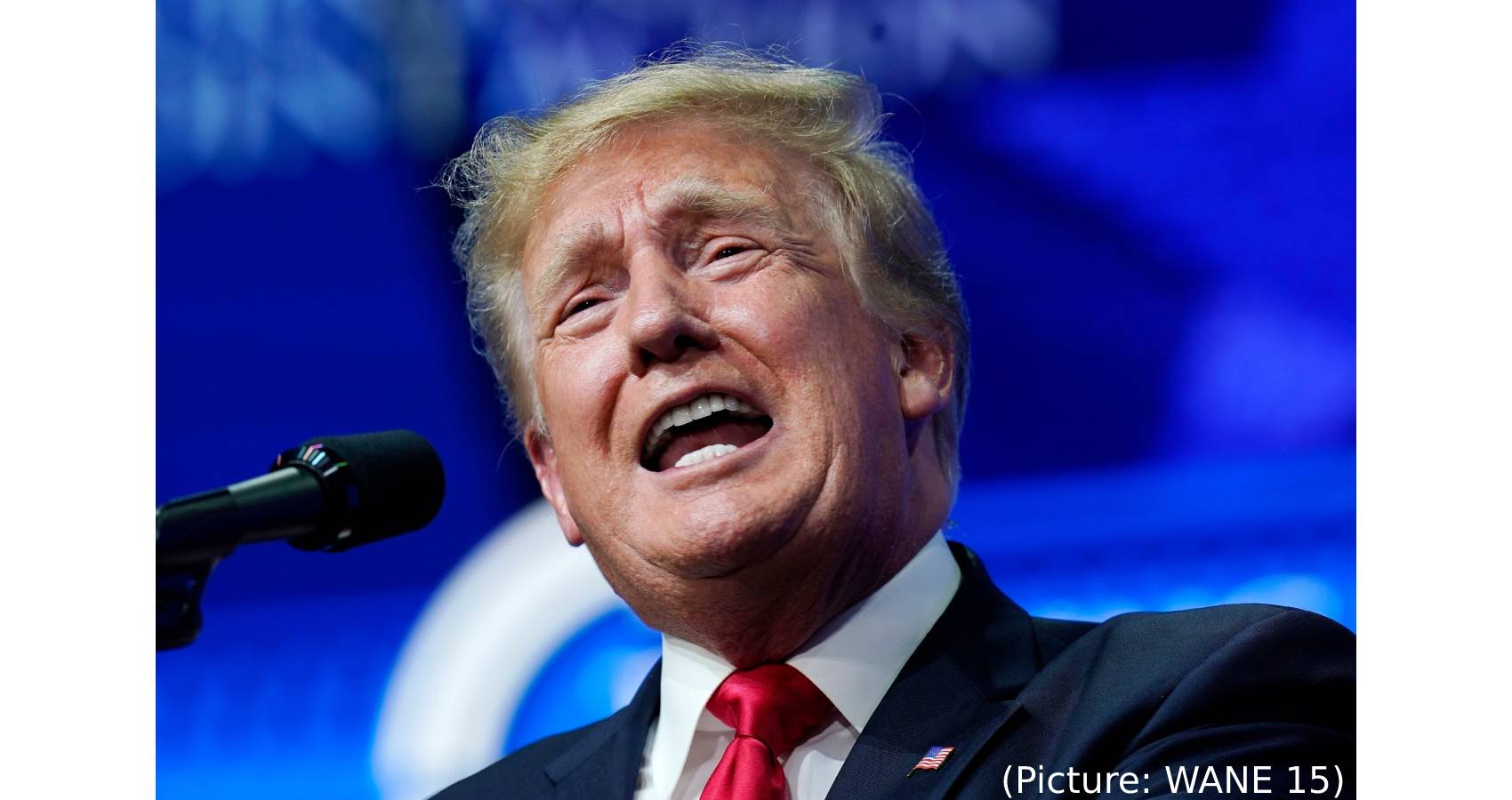
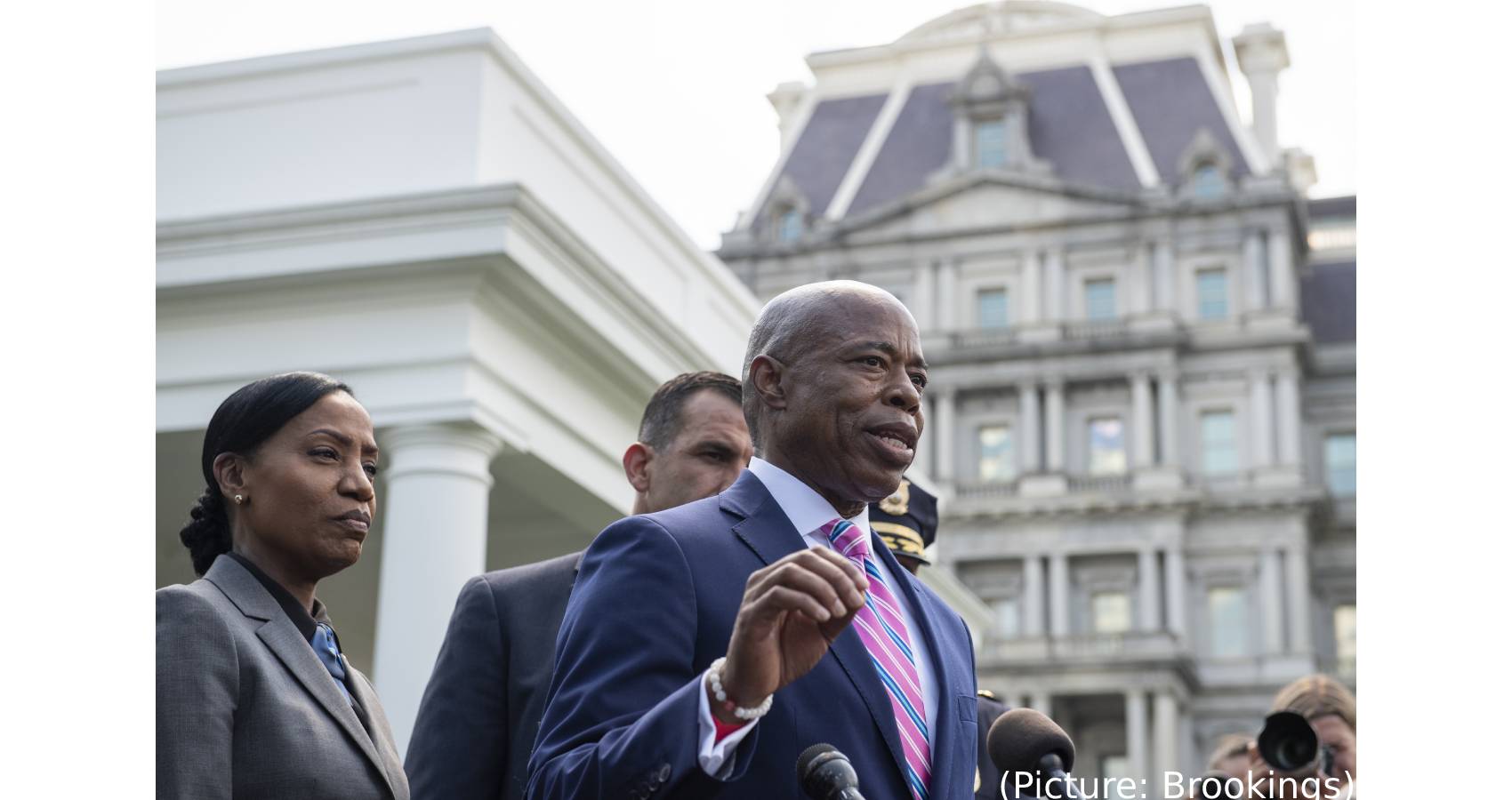

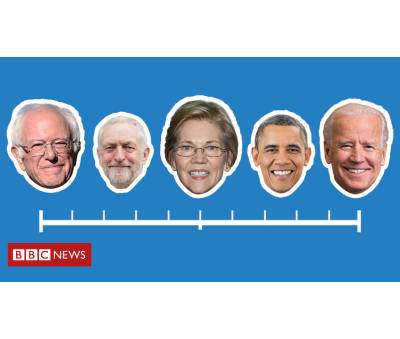 Despite the fact that Rudy Giuliani led New York City for two mayoral terms, followed by Mike Bloomberg for three terms, many observers persist in viewing New York City as the most liberal big city in America, with the possible exception of San Francisco. It came as a surprise to them that in the recent mayoral race, the winner and the strong second place finisher were not the most left-wing candidates. The winner, Eric Adams, ran as a law-and-order centrist and establishment politician; the second-place finisher, Kathryn Garcia, ran on her experience in city government. Left-wing voters coalesced around Maya Wiley, who won the endorsement of Congresswoman Alexandria Ocasio-Ortiz. Wiley came in third, and Andrew Yang, another moderate candidate who allied himself with Garcia in the campaign’s closing weeks, finished fourth.
Despite the fact that Rudy Giuliani led New York City for two mayoral terms, followed by Mike Bloomberg for three terms, many observers persist in viewing New York City as the most liberal big city in America, with the possible exception of San Francisco. It came as a surprise to them that in the recent mayoral race, the winner and the strong second place finisher were not the most left-wing candidates. The winner, Eric Adams, ran as a law-and-order centrist and establishment politician; the second-place finisher, Kathryn Garcia, ran on her experience in city government. Left-wing voters coalesced around Maya Wiley, who won the endorsement of Congresswoman Alexandria Ocasio-Ortiz. Wiley came in third, and Andrew Yang, another moderate candidate who allied himself with Garcia in the campaign’s closing weeks, finished fourth.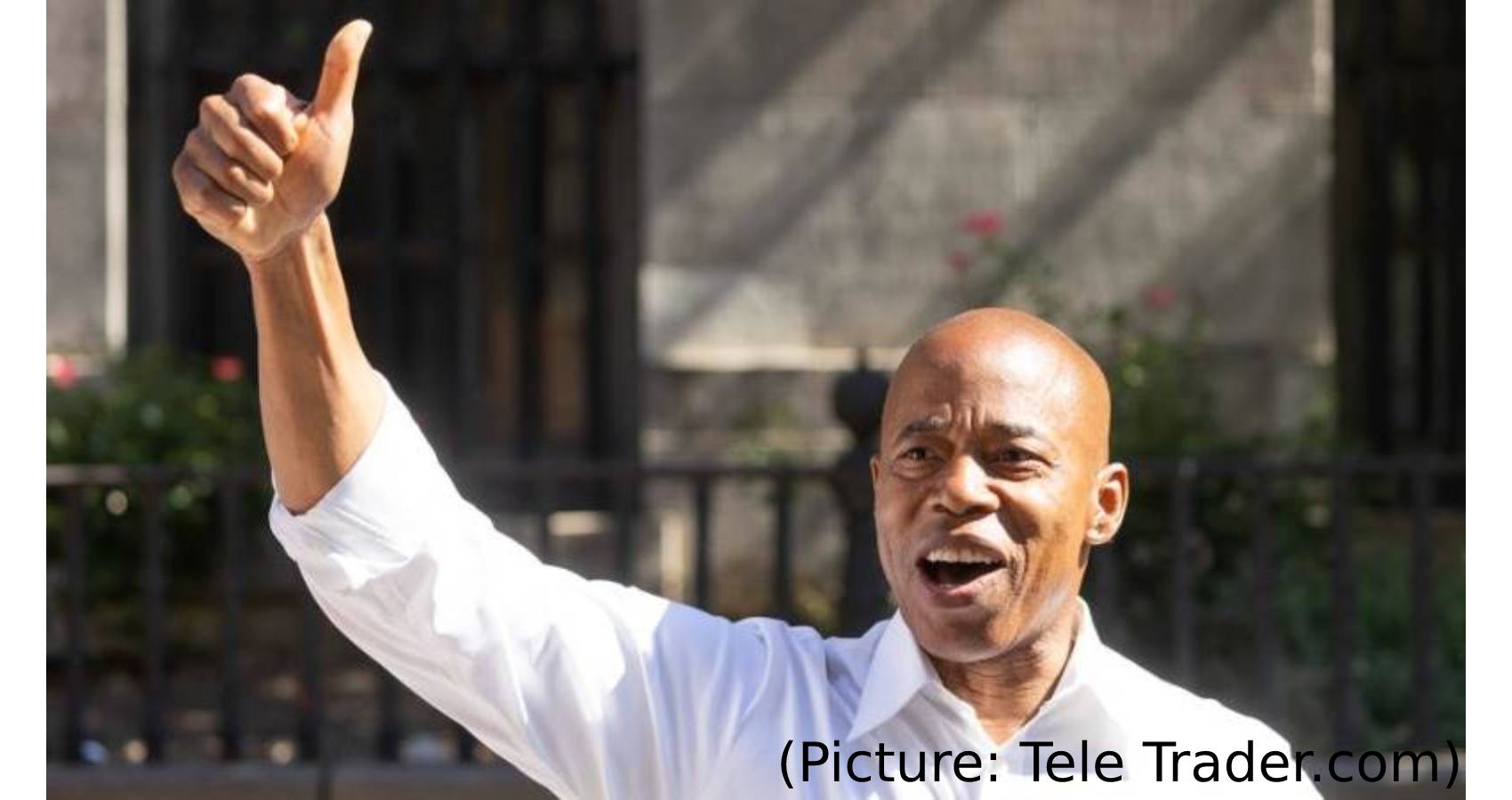
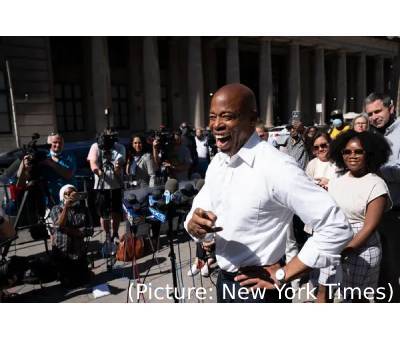 New York’s second Black mayor if he is elected in November’s general election over the Republican nominee, radio host Curtis Sliwa, because winning the primary in the heavily Democratic city is tantamount to winning the election. This was the city’s first major primary to use a ranked choice voting system meant to avoid costly runoffs and in which voters could order their top five choices, with their ballot moving to their next pick if their previous one was eliminated until one candidate claimed 50 percent support. Adams had led by nearly 15,000 first-choice votes after in-person voting concluded, and held on after about 125,000 thousand absentee ballots were counted and ranked choices tallied in an election run in the shadow of the pandemic that ravaged the city last year.
New York’s second Black mayor if he is elected in November’s general election over the Republican nominee, radio host Curtis Sliwa, because winning the primary in the heavily Democratic city is tantamount to winning the election. This was the city’s first major primary to use a ranked choice voting system meant to avoid costly runoffs and in which voters could order their top five choices, with their ballot moving to their next pick if their previous one was eliminated until one candidate claimed 50 percent support. Adams had led by nearly 15,000 first-choice votes after in-person voting concluded, and held on after about 125,000 thousand absentee ballots were counted and ranked choices tallied in an election run in the shadow of the pandemic that ravaged the city last year.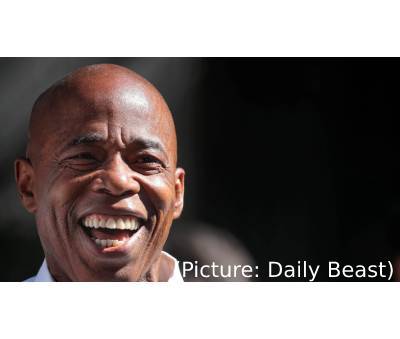 Police figures last month showed crime in the city rose by 22% in the past 12 months and shootings were up 73%. Adams, 60, is a moderate Democrat who denounced the “defund the police” movement during the campaign. On the stump, he sought to tread a fine line between promising to reform the New York Police Department (NYPD) and keeping New Yorkers safe from crime. Adams told supporters on the night of last month’s primary election: “If black lives really matter, it can’t only be against police abuse. It has to be against the violence that’s ripping apart our communities.”
Police figures last month showed crime in the city rose by 22% in the past 12 months and shootings were up 73%. Adams, 60, is a moderate Democrat who denounced the “defund the police” movement during the campaign. On the stump, he sought to tread a fine line between promising to reform the New York Police Department (NYPD) and keeping New Yorkers safe from crime. Adams told supporters on the night of last month’s primary election: “If black lives really matter, it can’t only be against police abuse. It has to be against the violence that’s ripping apart our communities.”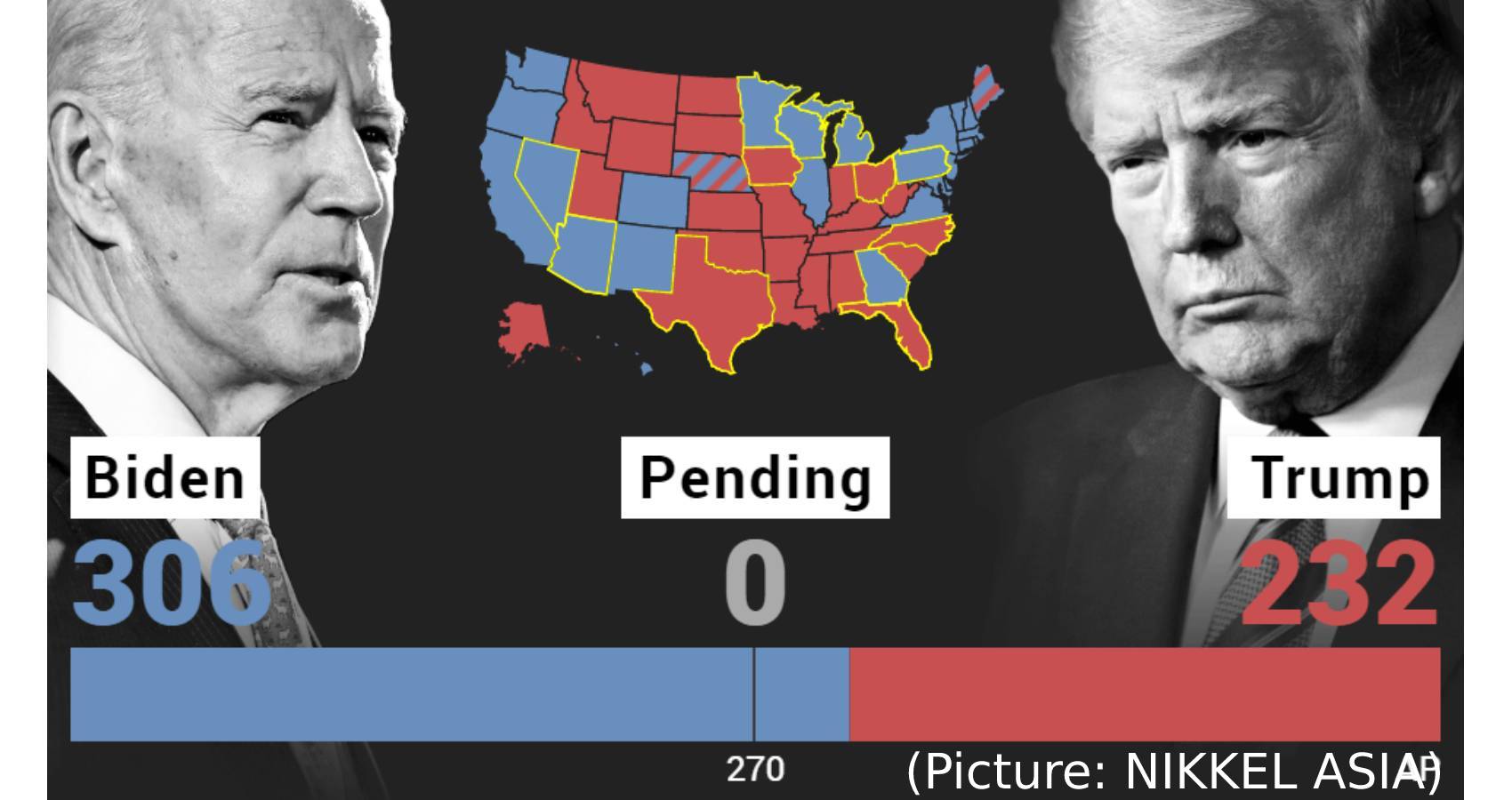
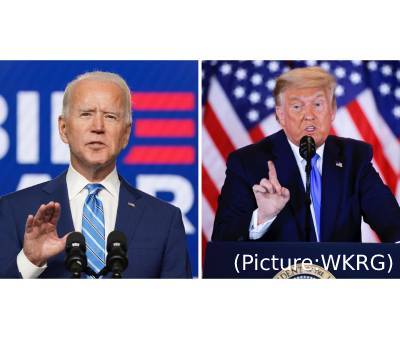 Five main factors account for Biden’s success.
Five main factors account for Biden’s success.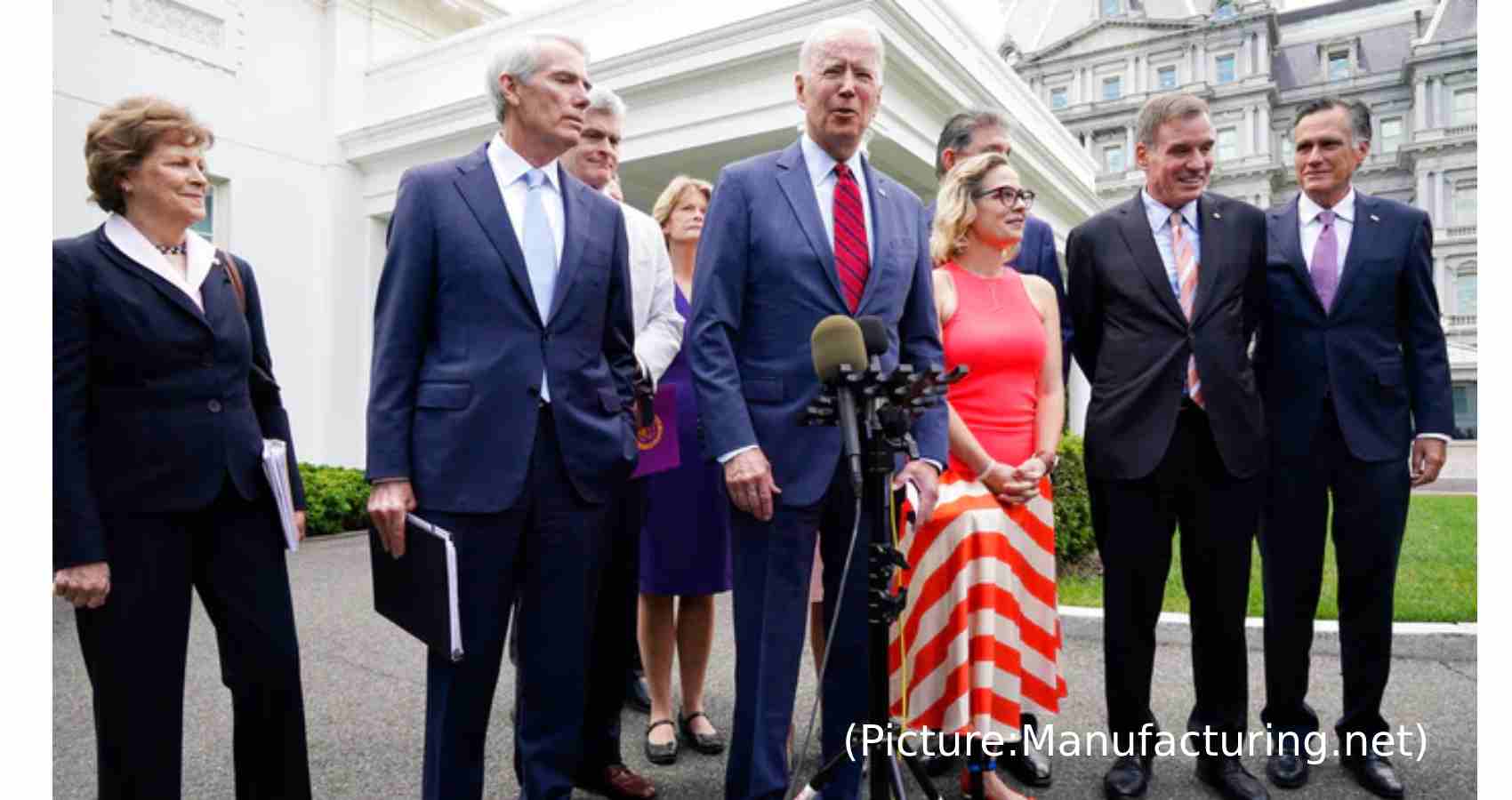
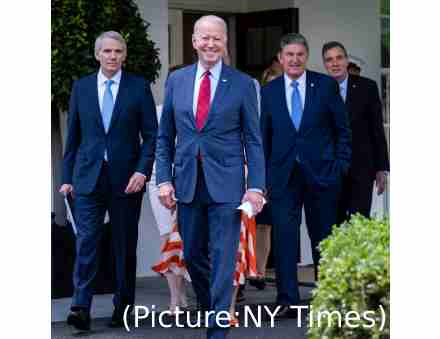 Biden said, though the deal isn’t exactly what he wanted, nor is it exactly what Republicans had in mind, the fact that they did reach a bipartisan, consensus makes their agreement all the more significant. “Let me be clear, neither side got everything they wanted in this deal. That’s what it means to compromise. And it reflects something important. Reflects consensus. The heart of democracy,” Biden said. The deal would see $1.2 trillion in spending over eight years, including $579 billion in new spending over the first five years. The senators, saying all sides had compromised and no one got everything they wanted, said they needed to head back to Capitol Hill to work out details.
Biden said, though the deal isn’t exactly what he wanted, nor is it exactly what Republicans had in mind, the fact that they did reach a bipartisan, consensus makes their agreement all the more significant. “Let me be clear, neither side got everything they wanted in this deal. That’s what it means to compromise. And it reflects something important. Reflects consensus. The heart of democracy,” Biden said. The deal would see $1.2 trillion in spending over eight years, including $579 billion in new spending over the first five years. The senators, saying all sides had compromised and no one got everything they wanted, said they needed to head back to Capitol Hill to work out details.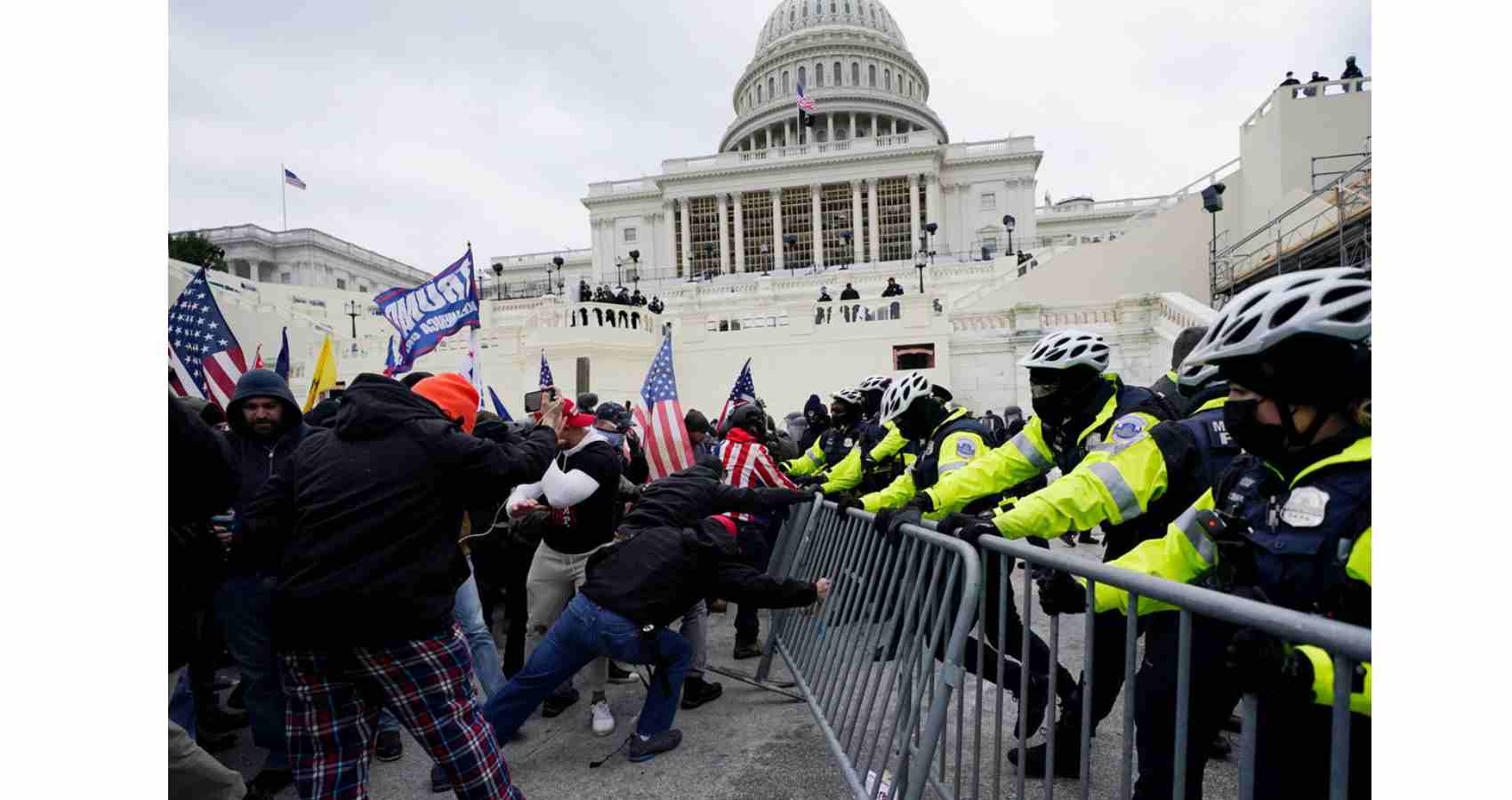
 Emphasizing the importance that Democrats attached to the vote, House Speaker Nancy Pelosi told lawmakers in the chamber: “We will be judged by future generations as to how we value our democracy.” The panel will be led by Democrats, with House Speaker Nancy Pelosi appointing a chairperson and at least eight of the committee’s 13 members. The resolution gives Pelosi a possible say in the appointment of the other five members as well, directing that they will be named “after consultation” with House Republican leader Kevin McCarthy.
Emphasizing the importance that Democrats attached to the vote, House Speaker Nancy Pelosi told lawmakers in the chamber: “We will be judged by future generations as to how we value our democracy.” The panel will be led by Democrats, with House Speaker Nancy Pelosi appointing a chairperson and at least eight of the committee’s 13 members. The resolution gives Pelosi a possible say in the appointment of the other five members as well, directing that they will be named “after consultation” with House Republican leader Kevin McCarthy.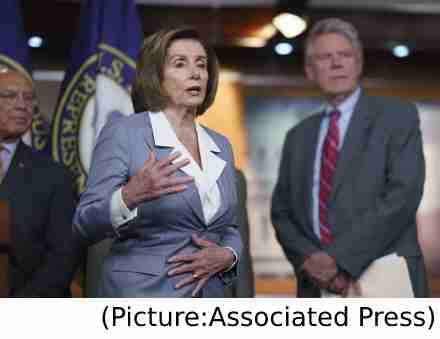 Seven people died during and after the rioting, including Babbitt and three other Trump supporters who suffered medical emergencies. In addition to Sicknick, two police officers died by suicide in the days that followed. Sen. Mitt Romney, R-Utah, has also publicly pressured McCarthy. “I hope he appoints people who are seen as being credible,” he said Sunday on CNN. Trump was twice impeached by the House and twice acquitted by the Senate, the second time for telling his supporters just before the insurrection to “fight like hell” to overturn his defeat to Biden.
Seven people died during and after the rioting, including Babbitt and three other Trump supporters who suffered medical emergencies. In addition to Sicknick, two police officers died by suicide in the days that followed. Sen. Mitt Romney, R-Utah, has also publicly pressured McCarthy. “I hope he appoints people who are seen as being credible,” he said Sunday on CNN. Trump was twice impeached by the House and twice acquitted by the Senate, the second time for telling his supporters just before the insurrection to “fight like hell” to overturn his defeat to Biden.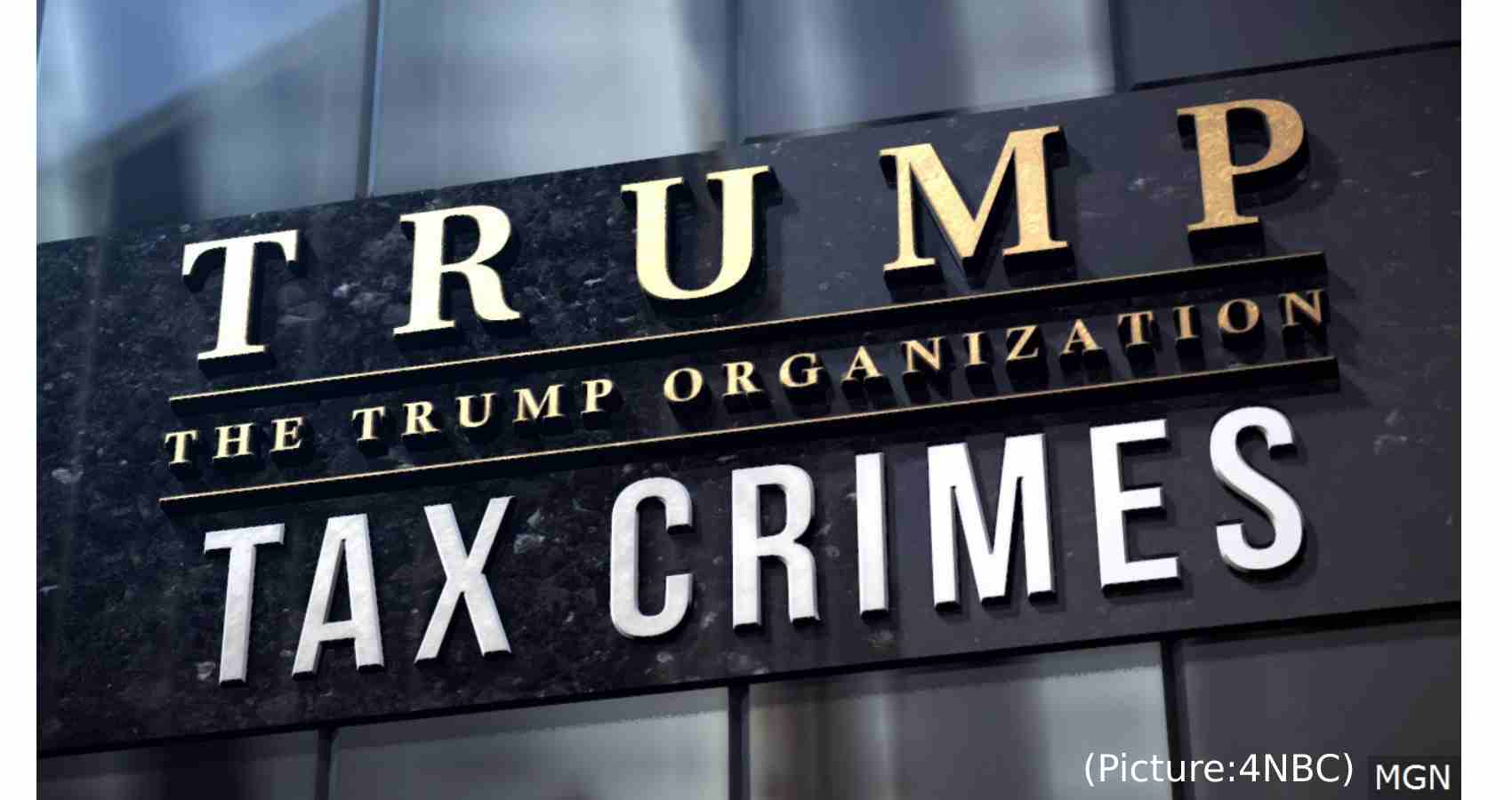
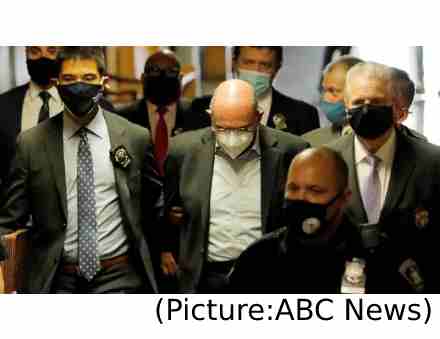 A Trump Organization spokesperson called the indictments politically motivated and said Weisselberg “is now being used by the Manhattan district attorney as a pawn in a scorched-earth attempt to harm the former president. The district attorney is bringing a criminal prosecution involving employee benefits that neither the IRS nor any other district attorney would ever think of bringing,” the spokesperson said. “This is not justice; this is politics.”
A Trump Organization spokesperson called the indictments politically motivated and said Weisselberg “is now being used by the Manhattan district attorney as a pawn in a scorched-earth attempt to harm the former president. The district attorney is bringing a criminal prosecution involving employee benefits that neither the IRS nor any other district attorney would ever think of bringing,” the spokesperson said. “This is not justice; this is politics.”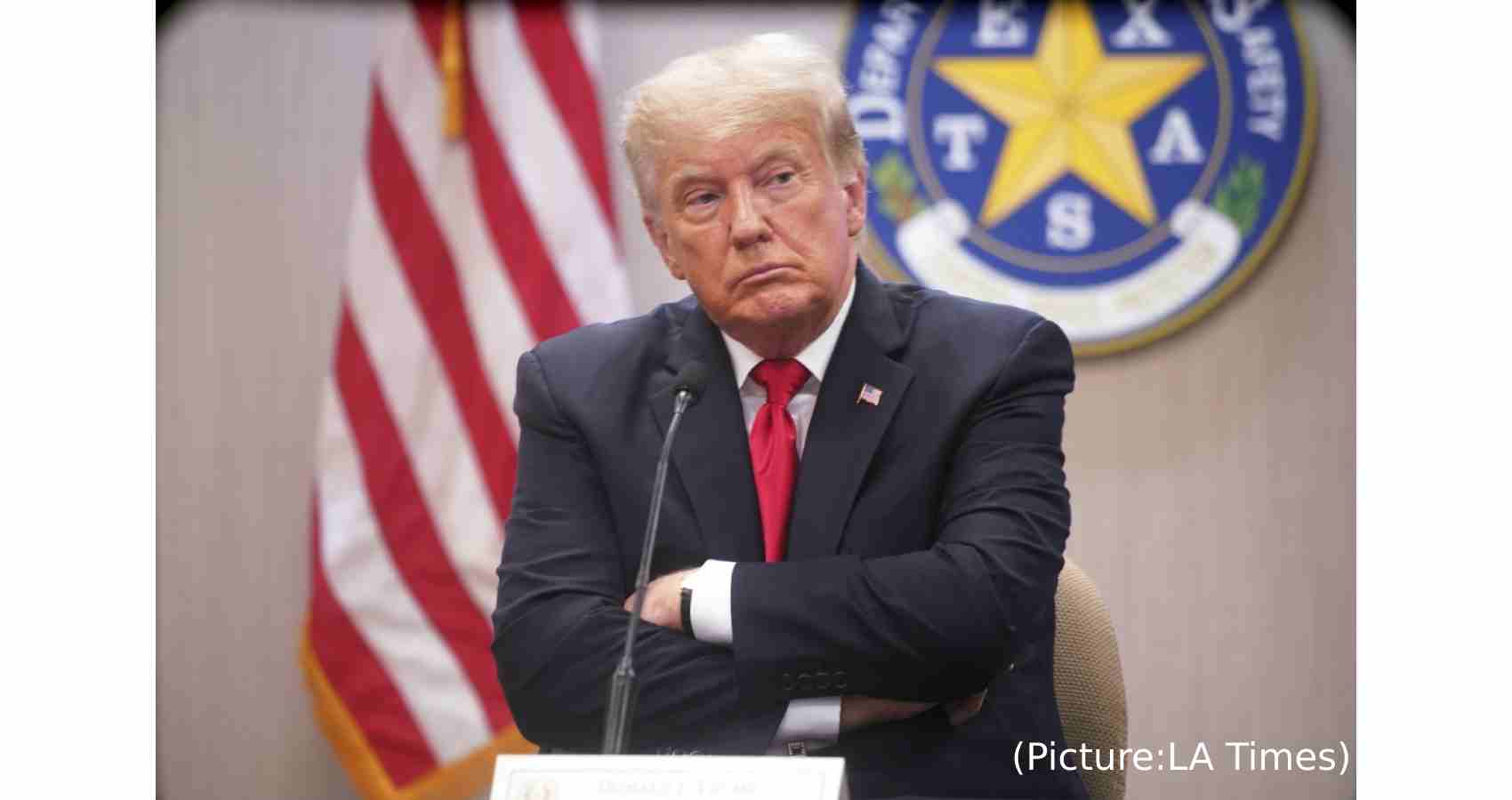
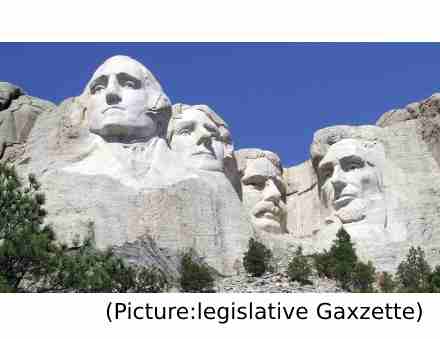 Buchanan presided over the secession of seven Southern states from the Union and declared himself unable to stop it. “It is beyond the power of any president, no matter what may be his own political proclivities, to restore peace and harmony among the states,”
Buchanan presided over the secession of seven Southern states from the Union and declared himself unable to stop it. “It is beyond the power of any president, no matter what may be his own political proclivities, to restore peace and harmony among the states,” 
 US officials say there were some 2,500 US troops in Afghanistan, plus hundreds of additional special forces who are not publicly acknowledged when Biden made his decision in April to withdraw them. This comes in the middle of a surge in violence as the Taliban has increased its activities since the start of the US-led forces pull out on May 1.
US officials say there were some 2,500 US troops in Afghanistan, plus hundreds of additional special forces who are not publicly acknowledged when Biden made his decision in April to withdraw them. This comes in the middle of a surge in violence as the Taliban has increased its activities since the start of the US-led forces pull out on May 1.
 A procedural vote to open debate on the legislation was defeated by a tally of 50-50, falling short of the 60 votes needed to succeed. Democrats were united in favor of the vote after securing support from Sen. Joe Manchin of West Virginia, but Republicans were united against it, causing the measure to fail to advance. Democratic senators have pitched the legislation a necessary counter to state-level efforts
A procedural vote to open debate on the legislation was defeated by a tally of 50-50, falling short of the 60 votes needed to succeed. Democrats were united in favor of the vote after securing support from Sen. Joe Manchin of West Virginia, but Republicans were united against it, causing the measure to fail to advance. Democratic senators have pitched the legislation a necessary counter to state-level efforts 


 “I really do think — not me, but I think we, the country, has put a different face on where we’ve been and where we’re going, and I feel good about it,” Biden said to the press, reflecting on his first foreign trip as President before boarding Air Force One. “There was a summary done by him and by me of what we covered. Lavrov and Blinken talked about what we covered. We raised things that required more amplification or we made sure we did not have any misunderstandings. It was after two hours there, we looked at each other like, ‘okay, what next?’ What is going to happen next is we’re going to be able to look back, look ahead in three to six months and say, did the things we agree to sit down and work out, did it work? Are we closer to a major strategic stability talks and progress? … That’s going to be the test. I am not sitting here saying because the President and I agreed we would do these things that all of a sudden it’s going to work. I’m not saying that. What I am saying is that I think there’s a genuine prospect to significantly improve the relations between the two countries, without giving up anything on principles and values.”
“I really do think — not me, but I think we, the country, has put a different face on where we’ve been and where we’re going, and I feel good about it,” Biden said to the press, reflecting on his first foreign trip as President before boarding Air Force One. “There was a summary done by him and by me of what we covered. Lavrov and Blinken talked about what we covered. We raised things that required more amplification or we made sure we did not have any misunderstandings. It was after two hours there, we looked at each other like, ‘okay, what next?’ What is going to happen next is we’re going to be able to look back, look ahead in three to six months and say, did the things we agree to sit down and work out, did it work? Are we closer to a major strategic stability talks and progress? … That’s going to be the test. I am not sitting here saying because the President and I agreed we would do these things that all of a sudden it’s going to work. I’m not saying that. What I am saying is that I think there’s a genuine prospect to significantly improve the relations between the two countries, without giving up anything on principles and values.”
 Macron told Biden that collaboration was needed on a range of issues and told the American president that “it’s great to have a U.S. president part of the club and very willing to cooperate.” Relations between the allies had become strained during the four years of Donald Trump’s presidency and his “America first” foreign policy.Merkel, for her part, downplayed differences on China and the Nord Stream 2 pipeline which would transport natural gas from Russia to Germany, bypassing Ukraine.“The atmosphere is very cooperative, it is characterized by mutual interest,” Merkel said. “There are very good, constructive and very vivid discussions in the sense that one wants to work together.”
Macron told Biden that collaboration was needed on a range of issues and told the American president that “it’s great to have a U.S. president part of the club and very willing to cooperate.” Relations between the allies had become strained during the four years of Donald Trump’s presidency and his “America first” foreign policy.Merkel, for her part, downplayed differences on China and the Nord Stream 2 pipeline which would transport natural gas from Russia to Germany, bypassing Ukraine.“The atmosphere is very cooperative, it is characterized by mutual interest,” Merkel said. “There are very good, constructive and very vivid discussions in the sense that one wants to work together.”
 To chart its future role in this world, NATO needs to start by addressing the core question of its geographical scope. It should start in Europe. NATO was born as an instrument to protect Europe and the democratic West from a threat from Moscow. Its first task in 2021 and beyond must be to protect Europe and the democratic West from a threat from Moscow. That threat is nowhere near as severe as it was during the Cold War and it is of very different character, but it is a threat nonetheless and a complex one, involving gray operations like the
To chart its future role in this world, NATO needs to start by addressing the core question of its geographical scope. It should start in Europe. NATO was born as an instrument to protect Europe and the democratic West from a threat from Moscow. Its first task in 2021 and beyond must be to protect Europe and the democratic West from a threat from Moscow. That threat is nowhere near as severe as it was during the Cold War and it is of very different character, but it is a threat nonetheless and a complex one, involving gray operations like the 
 “Over the last 15 years, the Conrad 30 program has brought more than 15,000 physicians to underserved areas, filling a critical need for quality care in our rural communities – a need that was highlighted during the coronavirus pandemic,” Klobuchar said in a statement. “Our bipartisan legislation would allow doctors to remain in the areas they serve, improving health care for families across the nation while retaining talent trained and educated here in the United States,” she added.
“Over the last 15 years, the Conrad 30 program has brought more than 15,000 physicians to underserved areas, filling a critical need for quality care in our rural communities – a need that was highlighted during the coronavirus pandemic,” Klobuchar said in a statement. “Our bipartisan legislation would allow doctors to remain in the areas they serve, improving health care for families across the nation while retaining talent trained and educated here in the United States,” she added.



 At the meetings with the US leaders, Jaishankar discussed vaccine cooperation, contemporary security challenges, support for efficient and robust supply chain, among others. While there was no readout after the meetings, sources said that vaccine cooperation was one of the key areas of conversation between the two sides.Jaishankar’s in-person meetings come days after US President Joe Biden announced that the US will begin shipping 20 million doses of Pfizer-BioNTech, Moderna, and Johnson & Johnson’s Covid-19 vaccines to unspecified needy countries by June-end, in addition to 60 million shots of AstraZeneca.
At the meetings with the US leaders, Jaishankar discussed vaccine cooperation, contemporary security challenges, support for efficient and robust supply chain, among others. While there was no readout after the meetings, sources said that vaccine cooperation was one of the key areas of conversation between the two sides.Jaishankar’s in-person meetings come days after US President Joe Biden announced that the US will begin shipping 20 million doses of Pfizer-BioNTech, Moderna, and Johnson & Johnson’s Covid-19 vaccines to unspecified needy countries by June-end, in addition to 60 million shots of AstraZeneca. “Our people-to-people ties and our values are the foundation of the US-India partnership and will help us end the pandemic, lead on climate, and support a free and open Indo-Pacific,” Sullivan wrote on Twitter after the meeting. After his meeting with US Trade Representative Katherine Tai, Jaishankar tweeted: “Welcomed her positive stance on IPR (Intellectual Property Rights) issues & support for efficient and robust supply chains.”Jaishankar said that he had a “warm meeting” with US Defense Secretary Lloyd Austin, during which they discussed further developing strategic and defense partnership between the two countries and exchanged views on “contemporary security challenges”.
“Our people-to-people ties and our values are the foundation of the US-India partnership and will help us end the pandemic, lead on climate, and support a free and open Indo-Pacific,” Sullivan wrote on Twitter after the meeting. After his meeting with US Trade Representative Katherine Tai, Jaishankar tweeted: “Welcomed her positive stance on IPR (Intellectual Property Rights) issues & support for efficient and robust supply chains.”Jaishankar said that he had a “warm meeting” with US Defense Secretary Lloyd Austin, during which they discussed further developing strategic and defense partnership between the two countries and exchanged views on “contemporary security challenges”.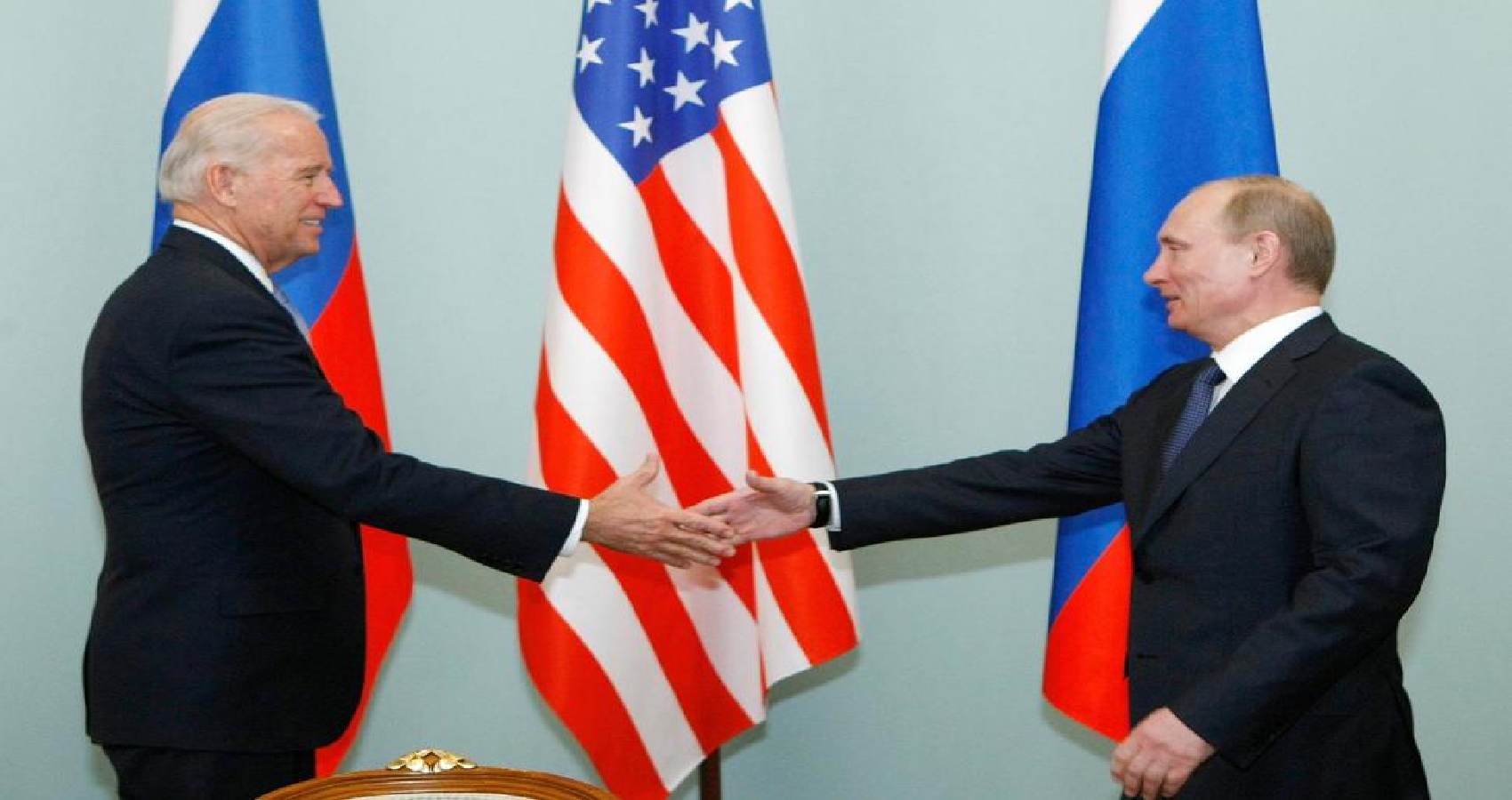
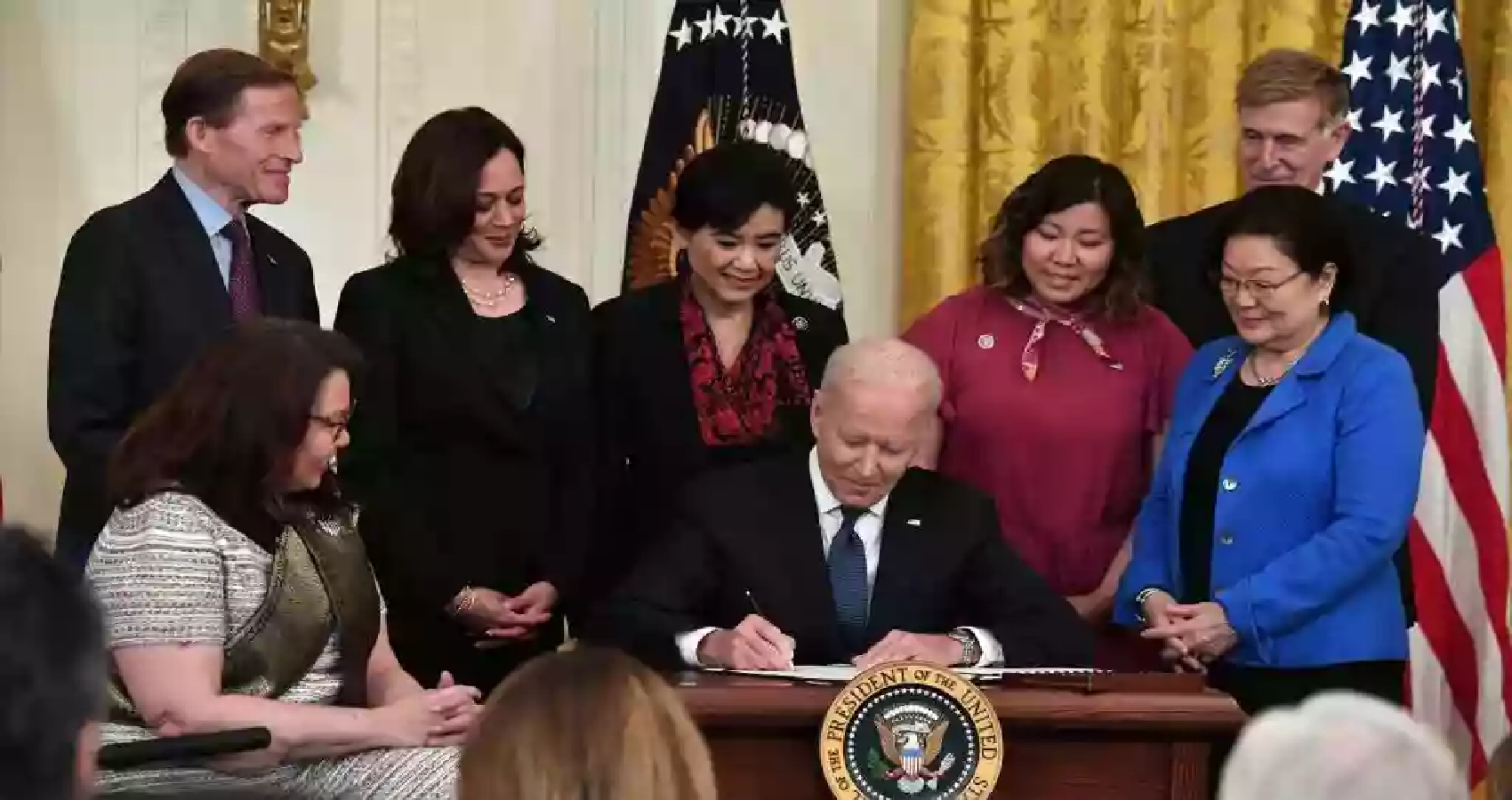
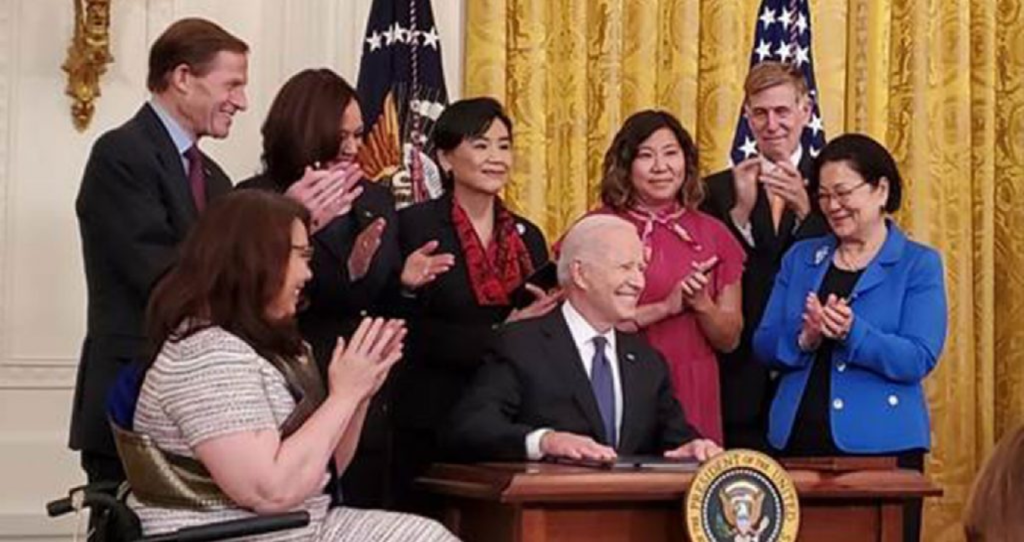 He also welcomed the passage of the Jabara-Heyer NO HATE Act along with the Covid-19 Hate Crime Act that was signed by President Biden. The NO HATE Act was named in honor of two victims, Khalid Jabara and Heather Heyer, whose murders were prosecuted as hate crimes but not appropriately included in hate-crime statistics. “This marks the first necessary step towards resolving the longstanding problem of hate in our nation,” Singh said, referring to the Jabara-Heyer Act. He said it was made possible after years of advocacy by civil rights organizations.
He also welcomed the passage of the Jabara-Heyer NO HATE Act along with the Covid-19 Hate Crime Act that was signed by President Biden. The NO HATE Act was named in honor of two victims, Khalid Jabara and Heather Heyer, whose murders were prosecuted as hate crimes but not appropriately included in hate-crime statistics. “This marks the first necessary step towards resolving the longstanding problem of hate in our nation,” Singh said, referring to the Jabara-Heyer Act. He said it was made possible after years of advocacy by civil rights organizations.
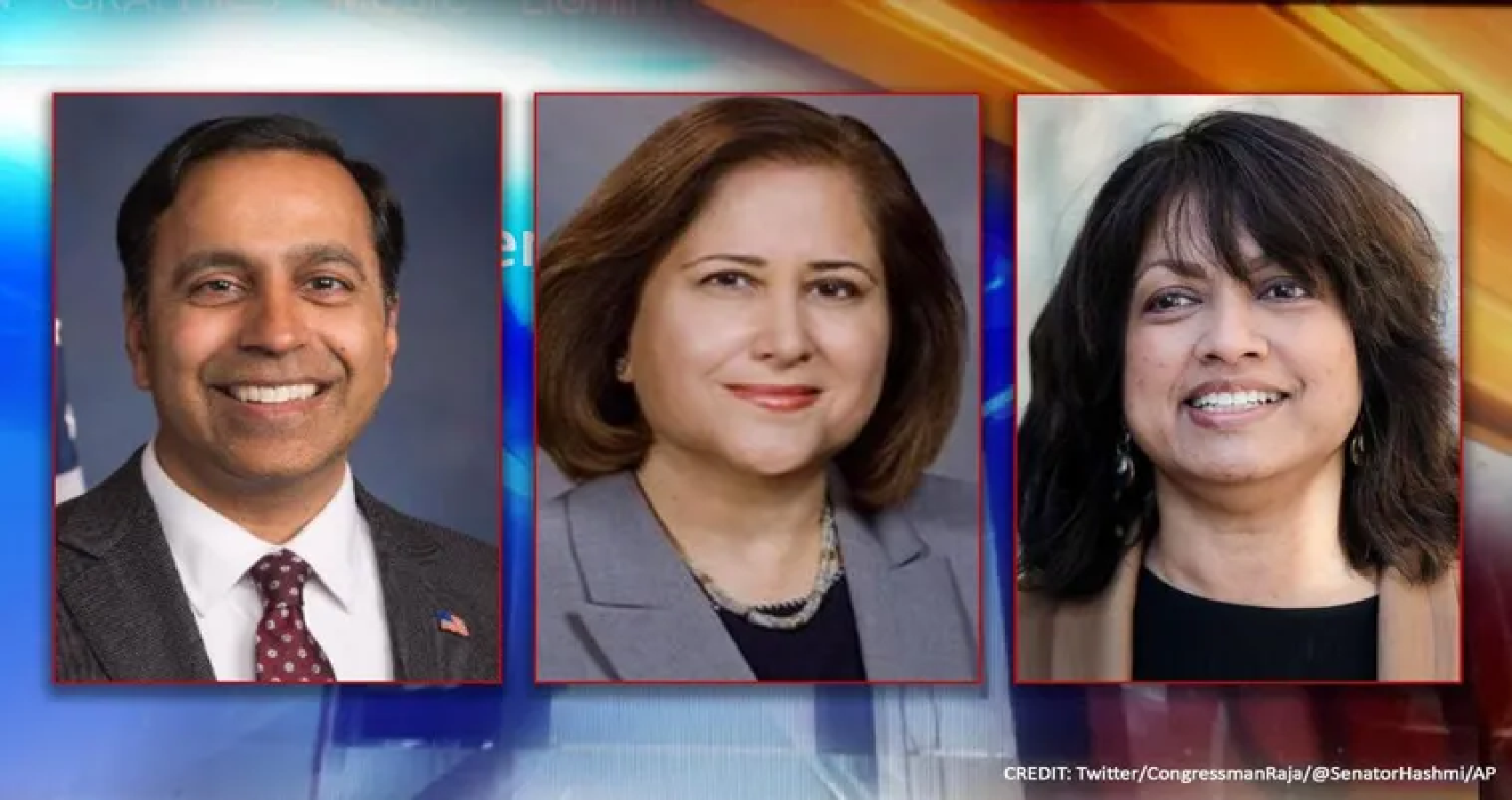
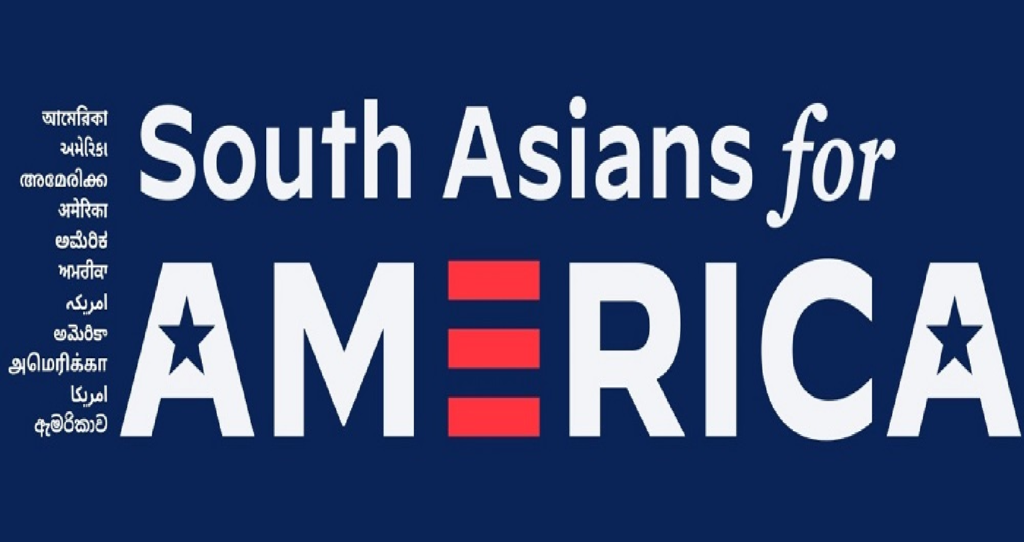 The new organization aims to harness the momentum of its grassroots efforts during the 2020 election, which propelled President Joe Biden and Vice President Kamala Harris to the White House, and flipped the Senate with the wins of Democrats Jon Ossoff and Raphael Warnock in Georgia. SAFA is now aiming to get behind Democratic candidates in the House and Senate who are contesting in the 2022 midterm election.
The new organization aims to harness the momentum of its grassroots efforts during the 2020 election, which propelled President Joe Biden and Vice President Kamala Harris to the White House, and flipped the Senate with the wins of Democrats Jon Ossoff and Raphael Warnock in Georgia. SAFA is now aiming to get behind Democratic candidates in the House and Senate who are contesting in the 2022 midterm election.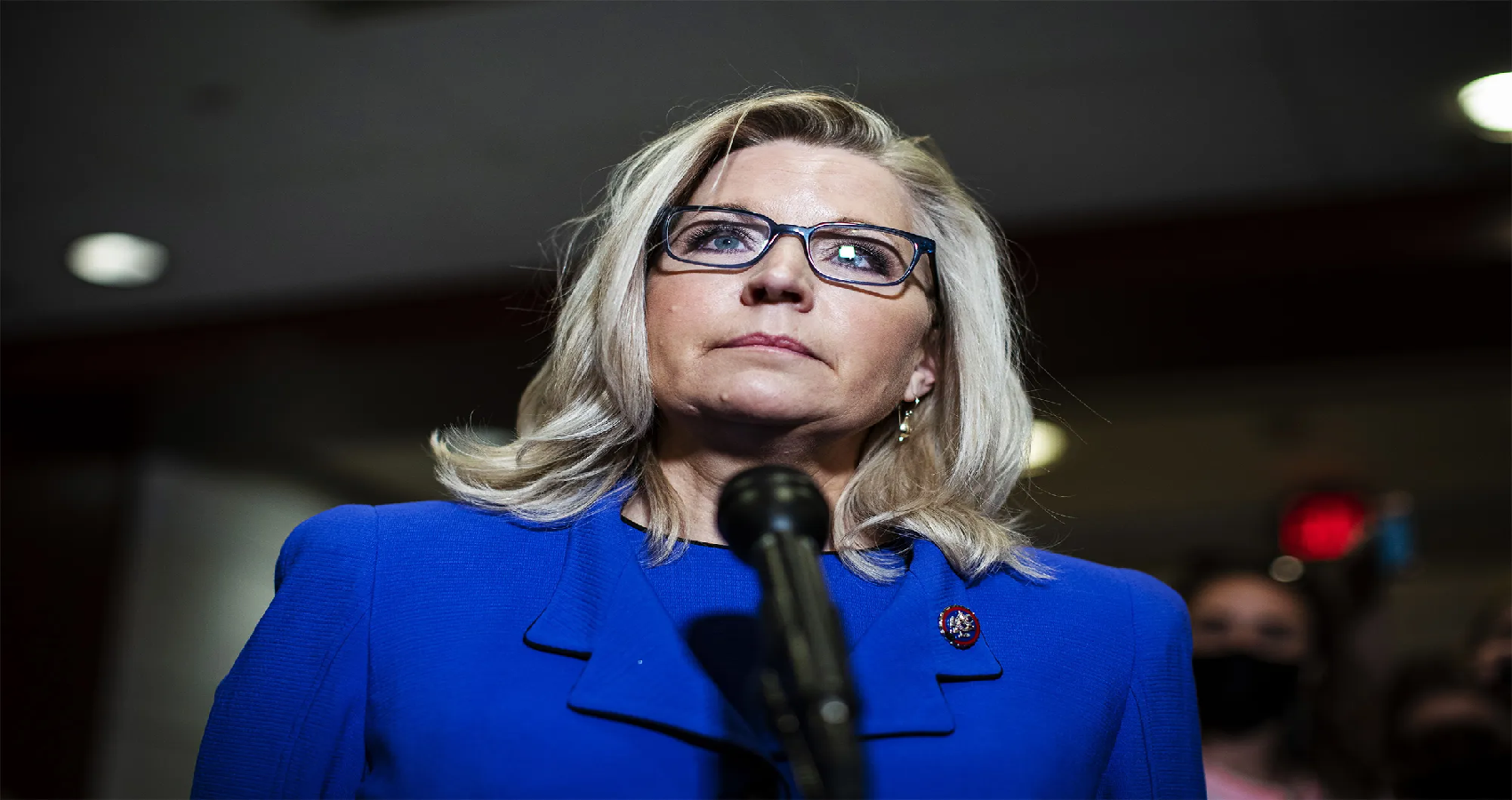

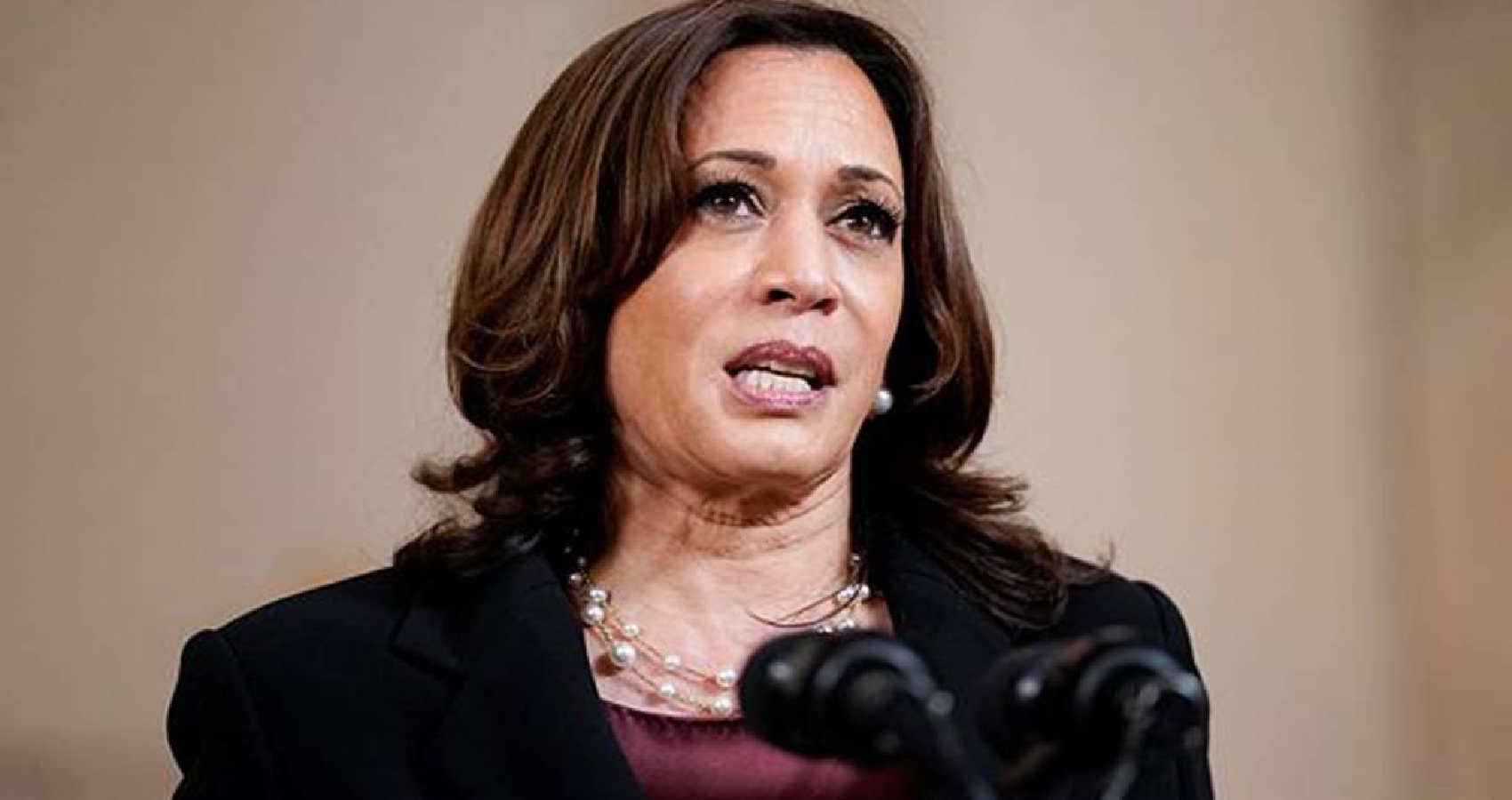
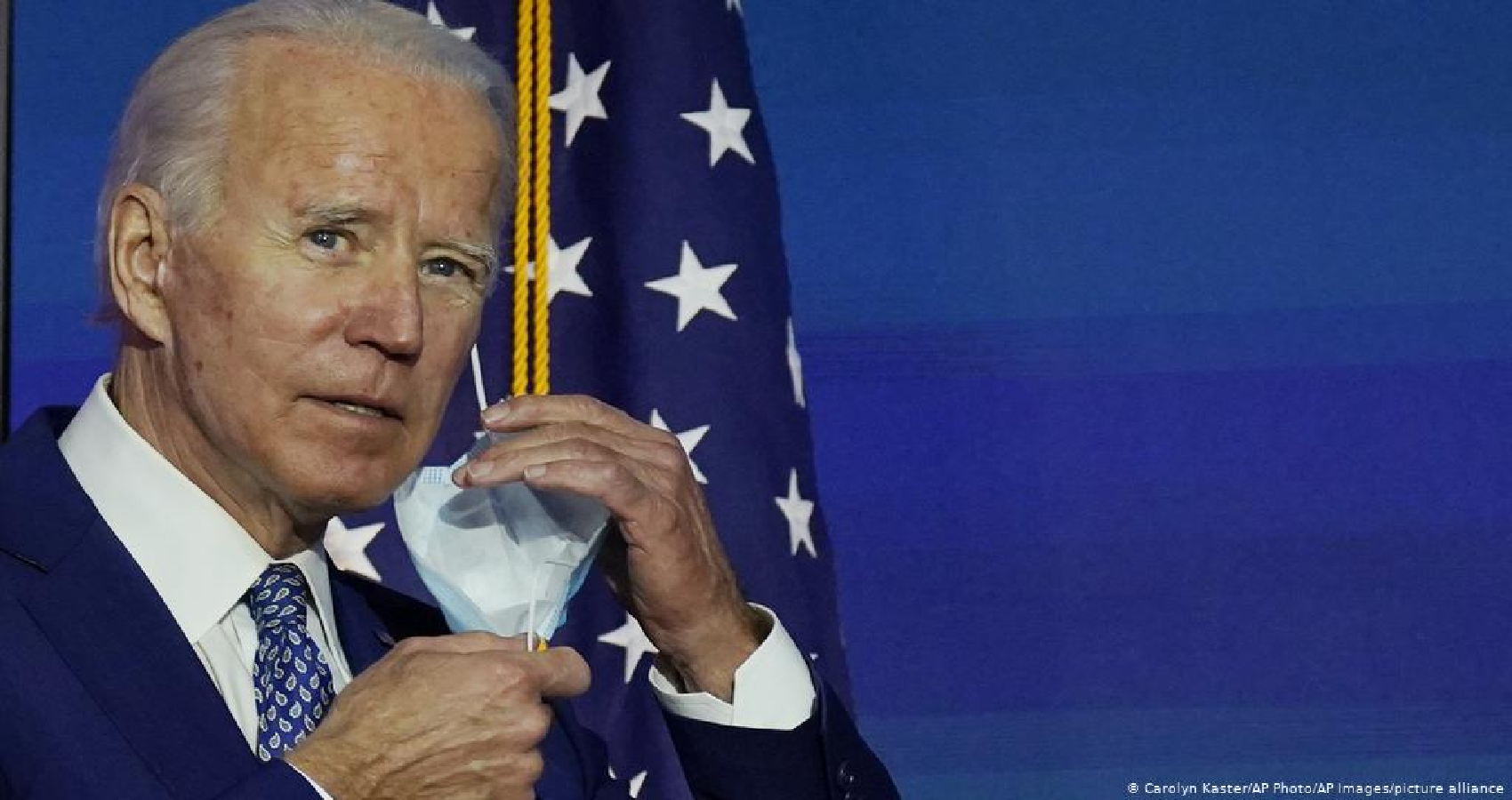
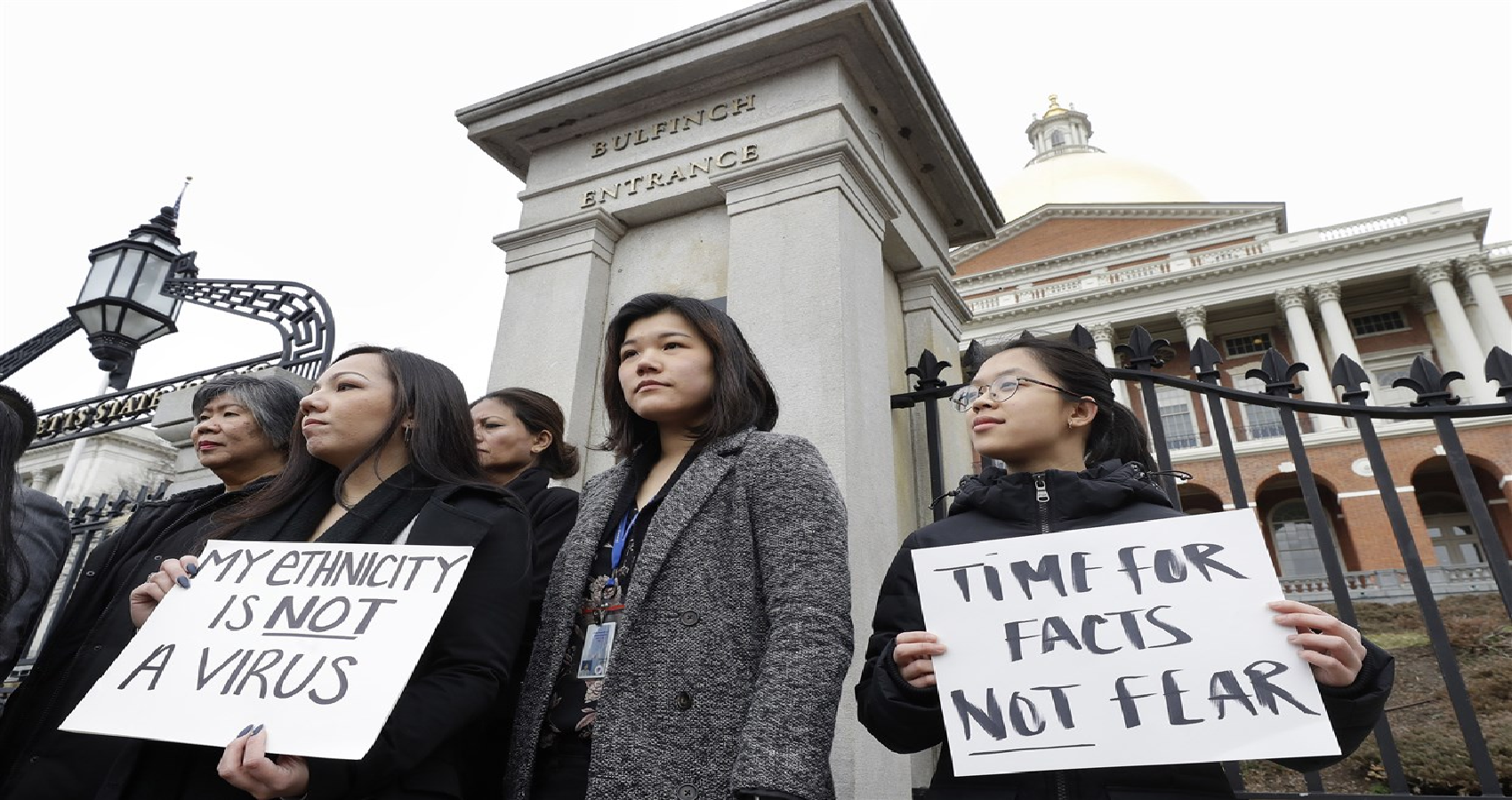
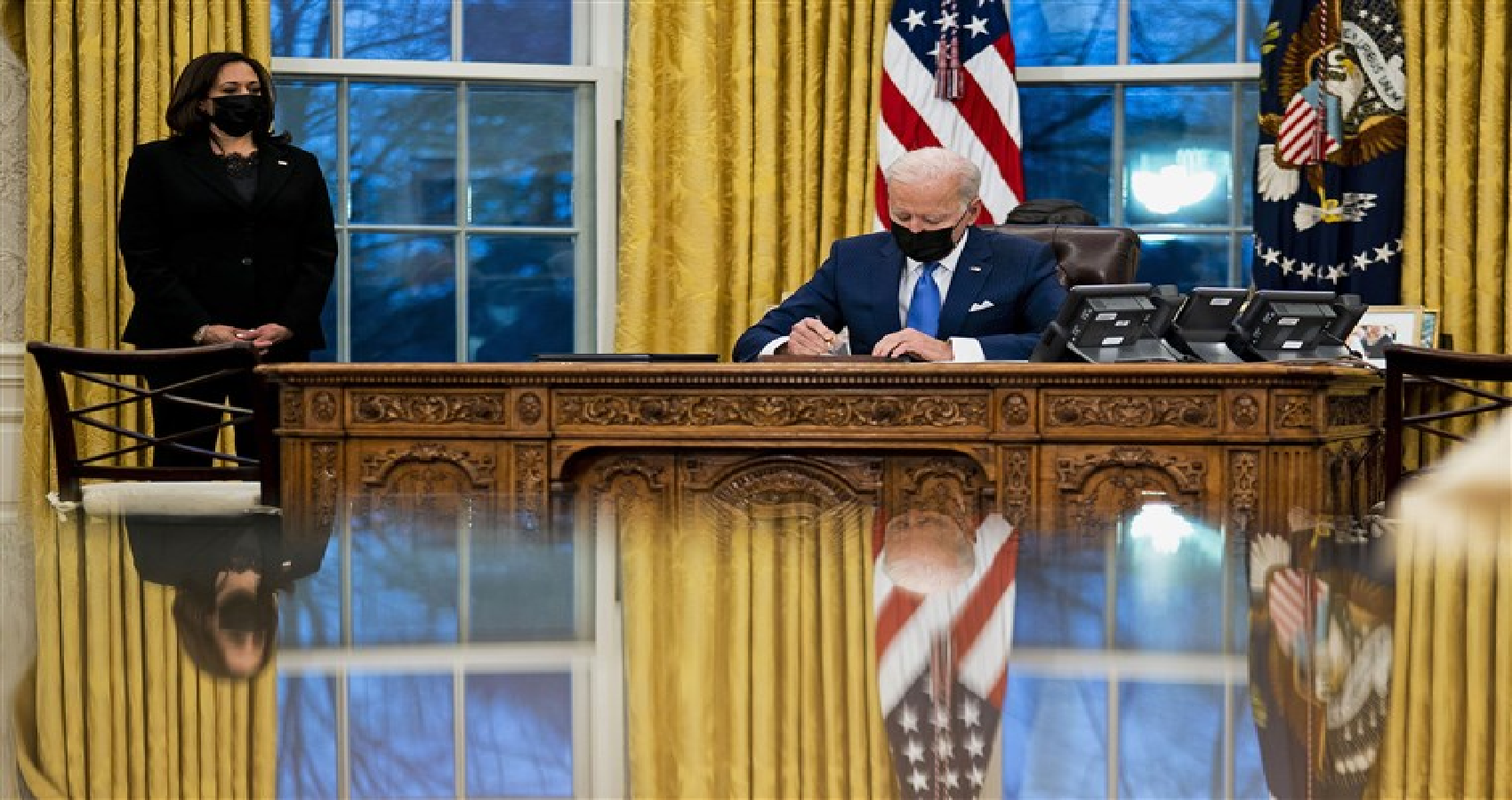
 Indian American Congressman Ro Khanna, while sharing a tweet from eminent public health expert Ashish K Jha, said, “India is in the throes of a horrendous COVID surge.
Indian American Congressman Ro Khanna, while sharing a tweet from eminent public health expert Ashish K Jha, said, “India is in the throes of a horrendous COVID surge.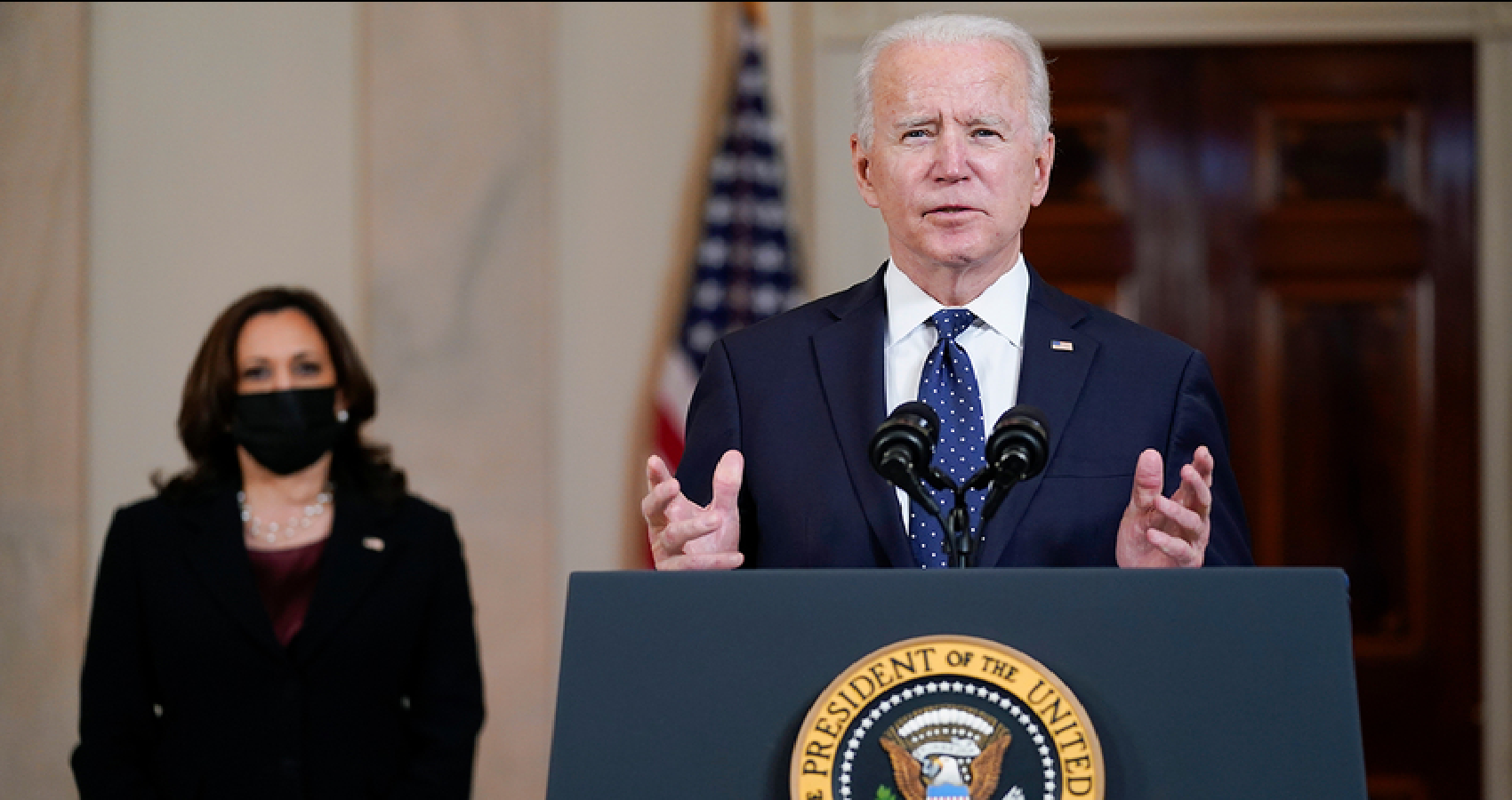
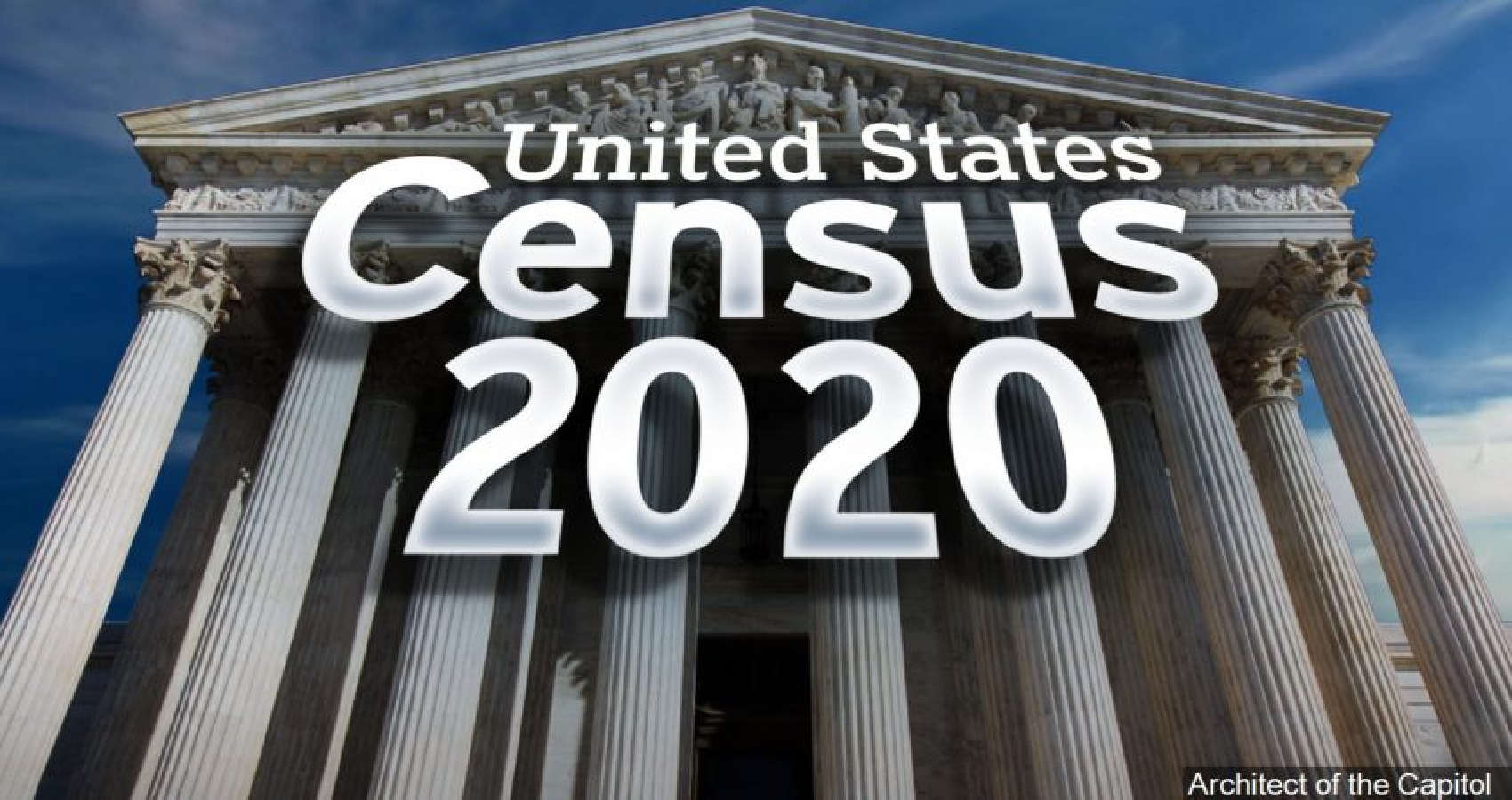
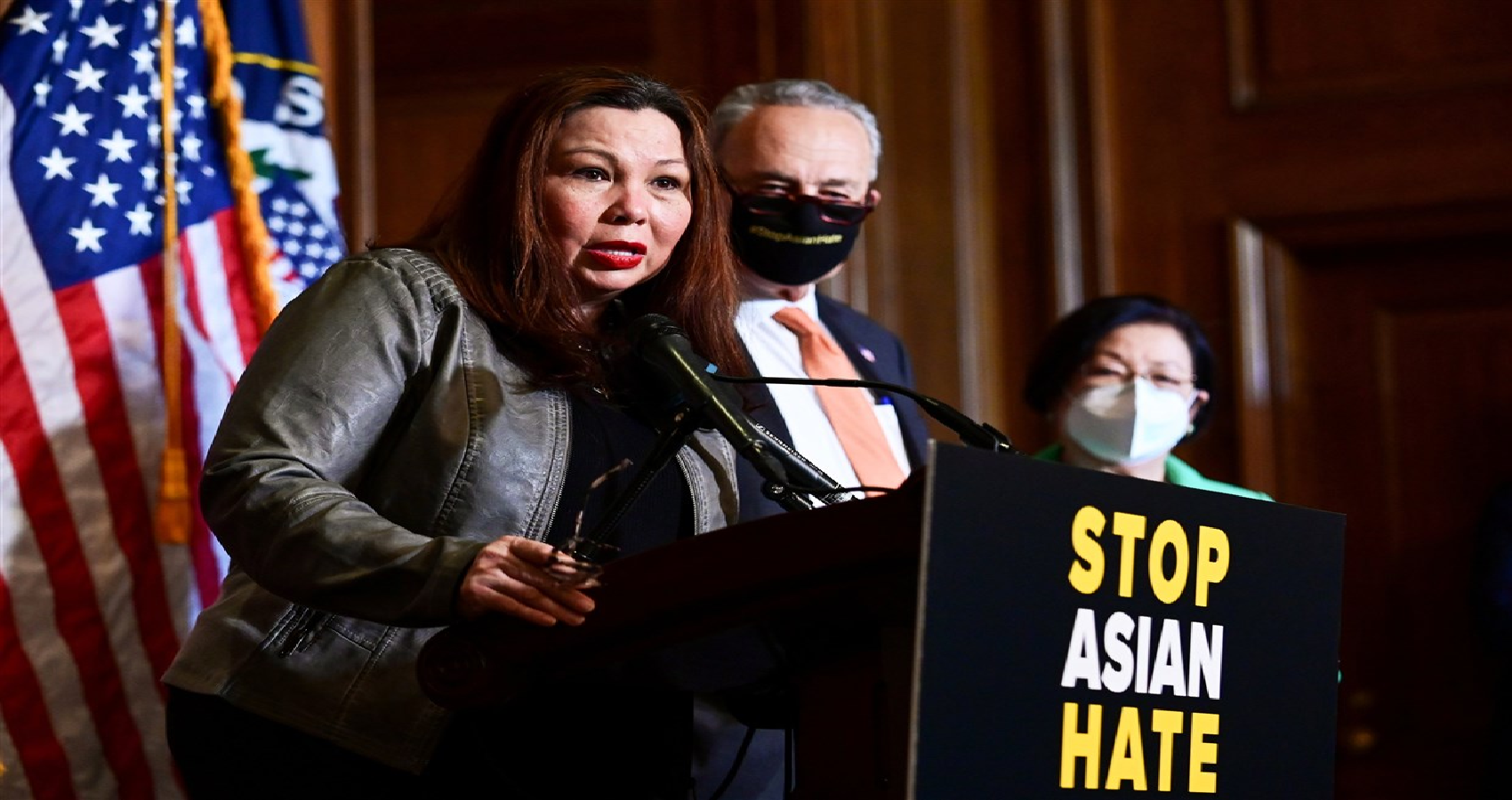

 In many ways, Asian Americans are a perfect metaphor for understanding the American experience in the 21st century. A
In many ways, Asian Americans are a perfect metaphor for understanding the American experience in the 21st century. A 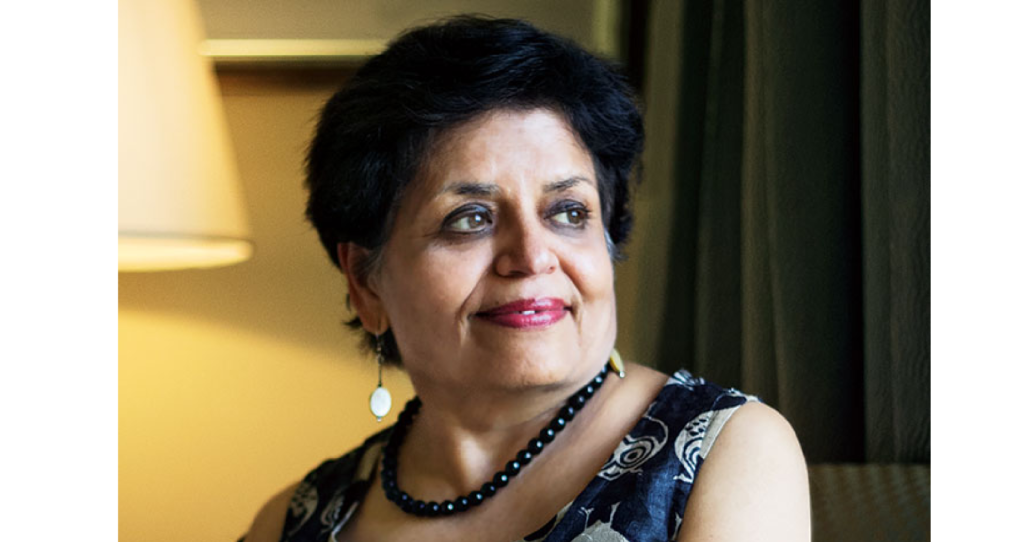 When I joined Asia Society in 1990 as director of the Asia Society Museum, I was the first department head of Asian origin — there was only one other Asian American person in the senior ranks. We made up lost ground in the succeeding decade by developing an institution-wide initiative to increase Asian American programs, audiences, staff, and board members. With a large grant from the Wallace Foundation, we were also able to develop a robust plan for the study and assessment of Asian American views of the institution. It was shocking, if not surprising, to hear that many Asian Americans didn’t feel welcome to the Park Avenue-based institution before, but were beginning to feel the effects of the changes we were making. “We thought Asia Society was really for white people’s experience of Asia, as an exotic and far way place, not for people like us who may mess up their idea of an unadulterated and pure Asia,” one viewer said.
When I joined Asia Society in 1990 as director of the Asia Society Museum, I was the first department head of Asian origin — there was only one other Asian American person in the senior ranks. We made up lost ground in the succeeding decade by developing an institution-wide initiative to increase Asian American programs, audiences, staff, and board members. With a large grant from the Wallace Foundation, we were also able to develop a robust plan for the study and assessment of Asian American views of the institution. It was shocking, if not surprising, to hear that many Asian Americans didn’t feel welcome to the Park Avenue-based institution before, but were beginning to feel the effects of the changes we were making. “We thought Asia Society was really for white people’s experience of Asia, as an exotic and far way place, not for people like us who may mess up their idea of an unadulterated and pure Asia,” one viewer said.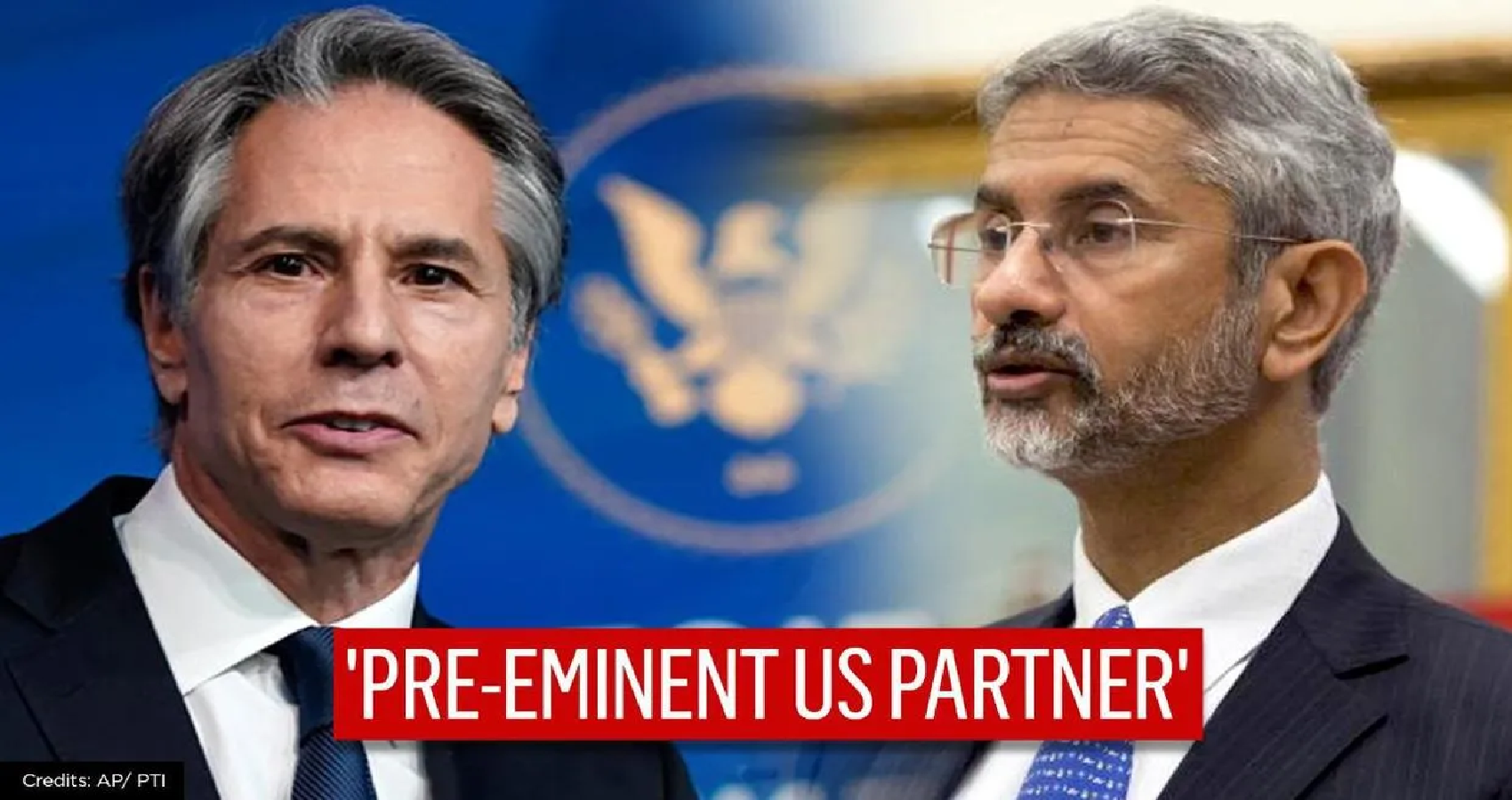
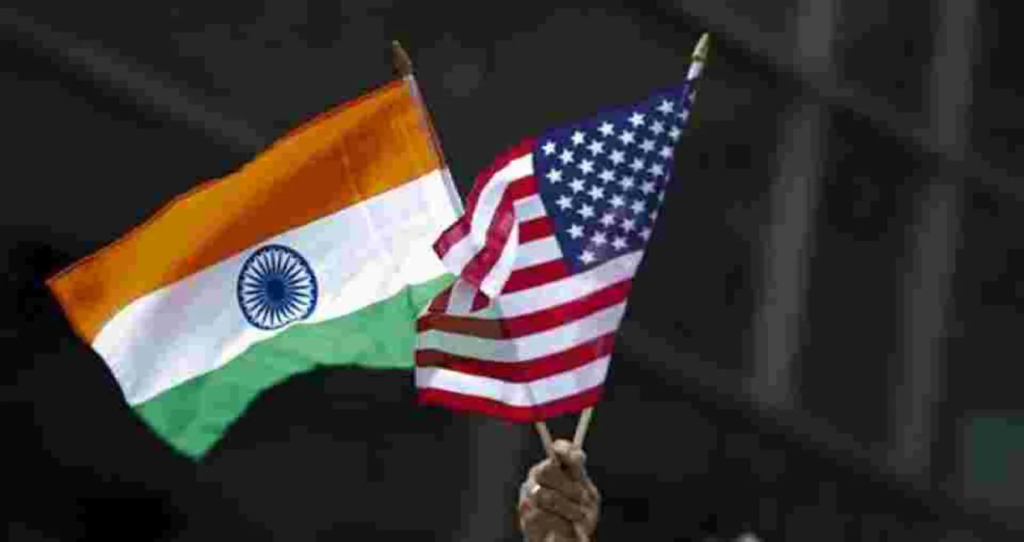 Responding to a question on criticism of India’s exports of Covid-19 vaccines amid growing domestic demand, Jaishankar noted that the vaccine being produced in India in the largest quantity – the AstraZeneca jab made by SII – is a “co-creation” and an international product. “Can I, on one hand, go round the world and say, guys, keep your supply chain flowing towards me, and by the way… I am asking you for raw material but I am not going to give you the vaccine?” he asked
Responding to a question on criticism of India’s exports of Covid-19 vaccines amid growing domestic demand, Jaishankar noted that the vaccine being produced in India in the largest quantity – the AstraZeneca jab made by SII – is a “co-creation” and an international product. “Can I, on one hand, go round the world and say, guys, keep your supply chain flowing towards me, and by the way… I am asking you for raw material but I am not going to give you the vaccine?” he asked
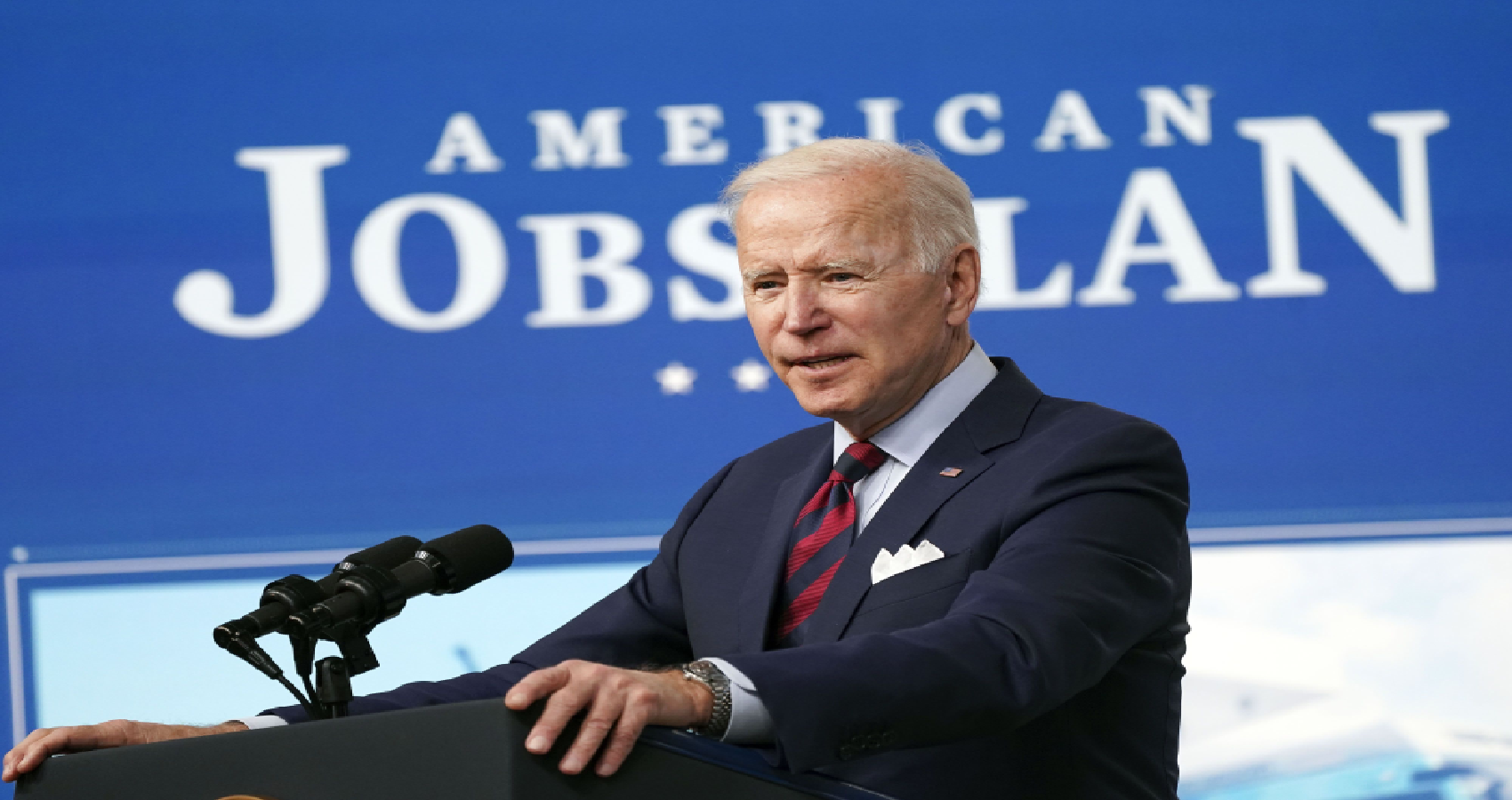
 Bills using reconciliation in the Senate can advance with just a simple majority, rather than 60 votes. With an evenly divided Senate, liberal lawmakers’ hope of passing gun control and voting rights were dashed last week when a key Democrat, Sen. Joe Manchin of West Virginia, said he would oppose the changes to the filibuster, which creates a 60-vote threshold.
Bills using reconciliation in the Senate can advance with just a simple majority, rather than 60 votes. With an evenly divided Senate, liberal lawmakers’ hope of passing gun control and voting rights were dashed last week when a key Democrat, Sen. Joe Manchin of West Virginia, said he would oppose the changes to the filibuster, which creates a 60-vote threshold.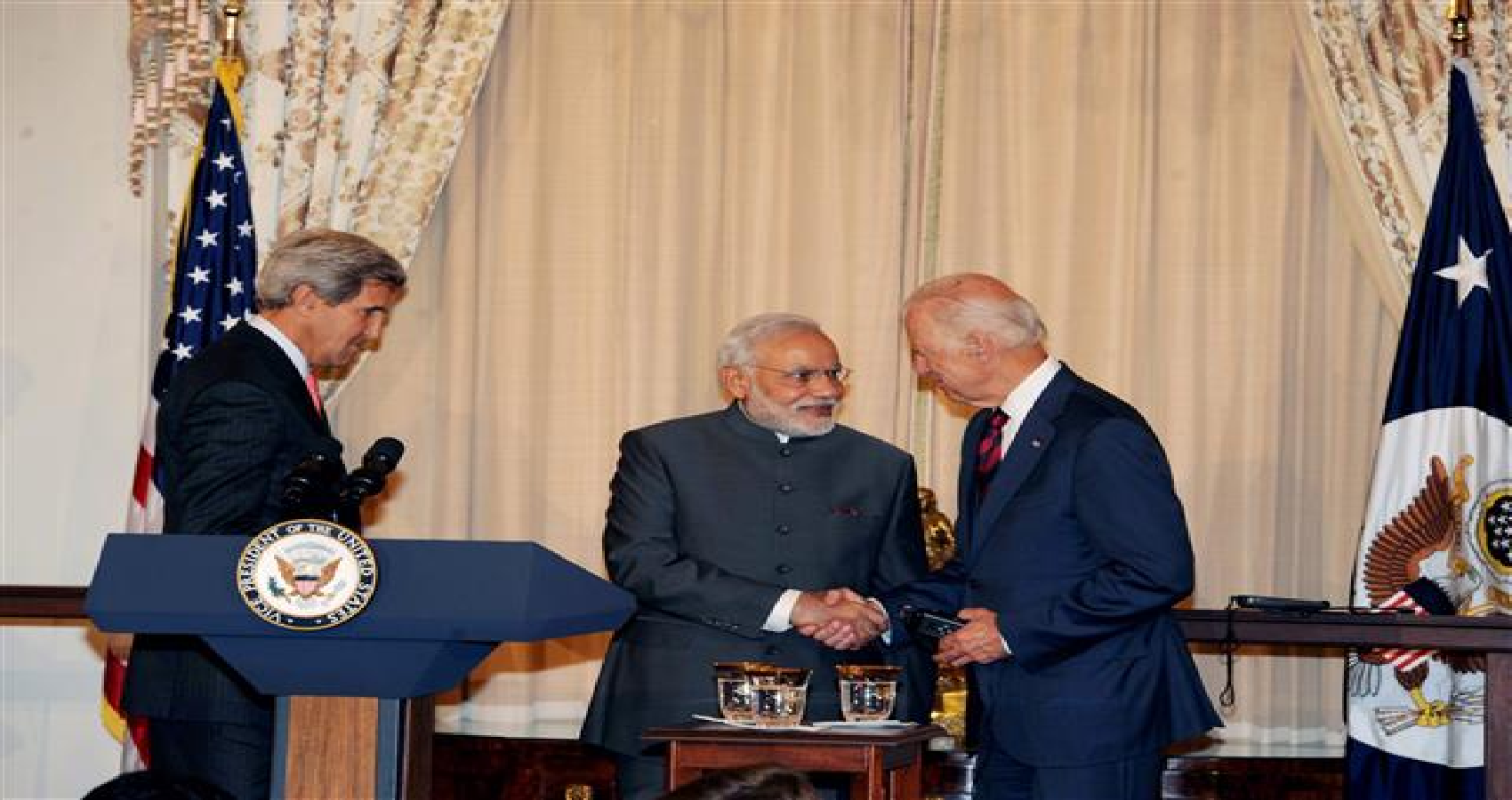
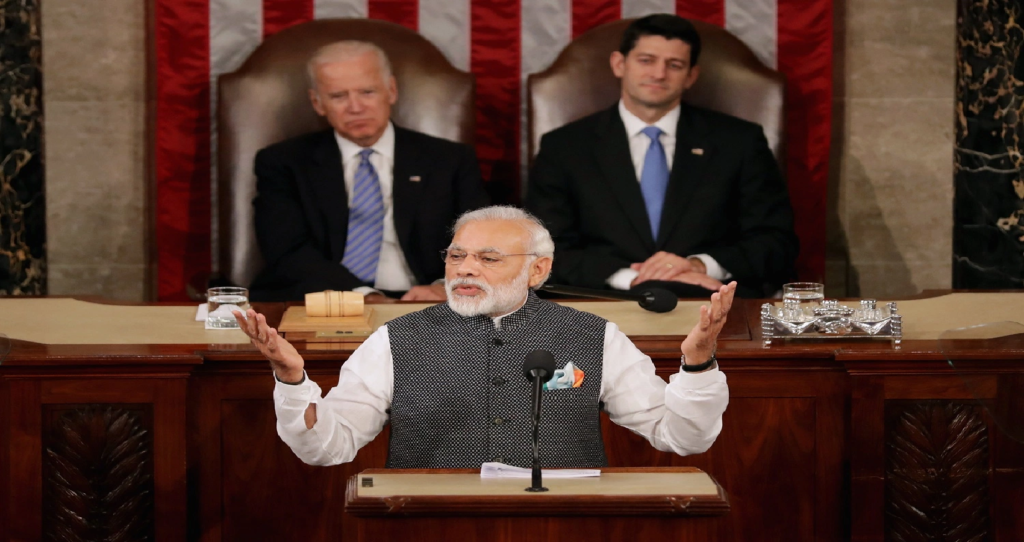 A leading think tank for science and technology policy has said as Washington seeks to counter a rising China, no nation is more important than India with its abundance of highly skilled technical professionals and strong political and cultural ties with the United States.
A leading think tank for science and technology policy has said as Washington seeks to counter a rising China, no nation is more important than India with its abundance of highly skilled technical professionals and strong political and cultural ties with the United States.

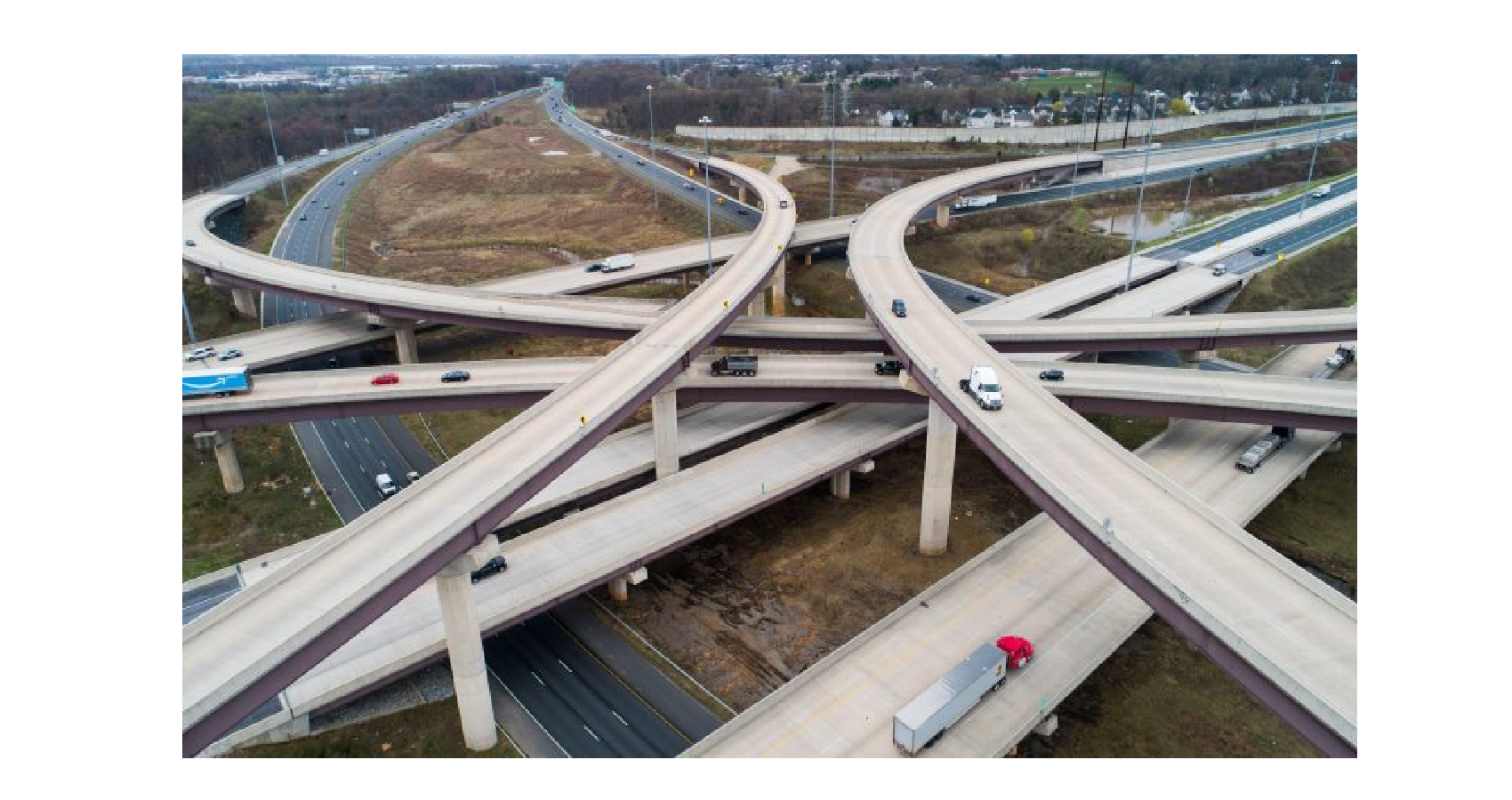
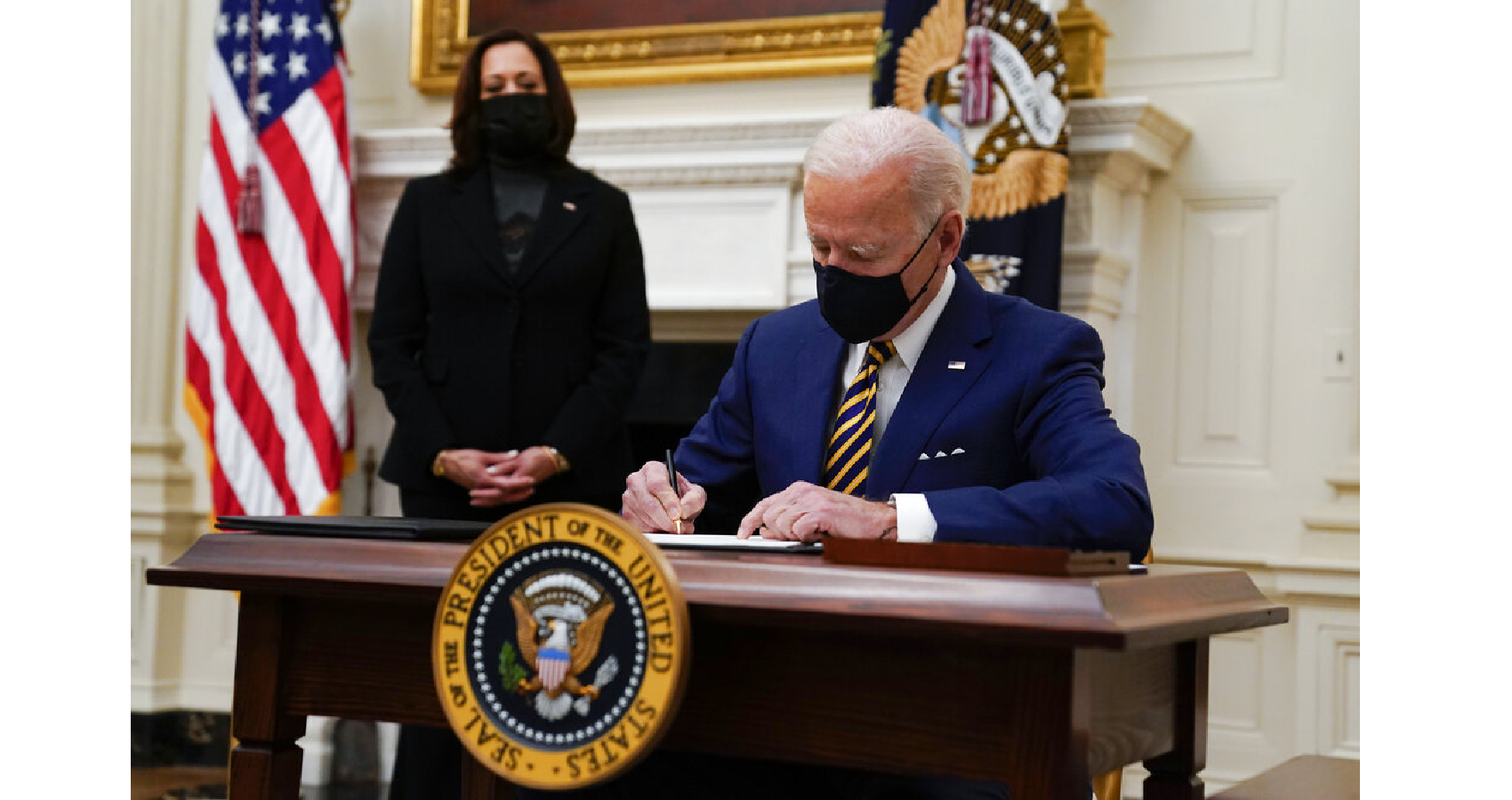
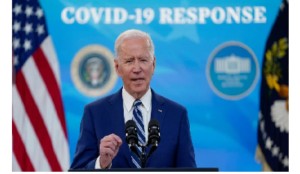 Biden also renewed calls for Americans to wear masks, framing the choice as a “patriotic duty.” “I need the American people do their part as well. Mask up, mask up. It’s a patriotic duty. It’s the only way we ever get back to normal,” he said. With a nod to the role of the private sector, Biden also suggested businesses should also require the use of masks. “The failure to take this virus seriously precisely what got us to this mess in the first place, risk more cases, more deaths,” he said.
Biden also renewed calls for Americans to wear masks, framing the choice as a “patriotic duty.” “I need the American people do their part as well. Mask up, mask up. It’s a patriotic duty. It’s the only way we ever get back to normal,” he said. With a nod to the role of the private sector, Biden also suggested businesses should also require the use of masks. “The failure to take this virus seriously precisely what got us to this mess in the first place, risk more cases, more deaths,” he said.